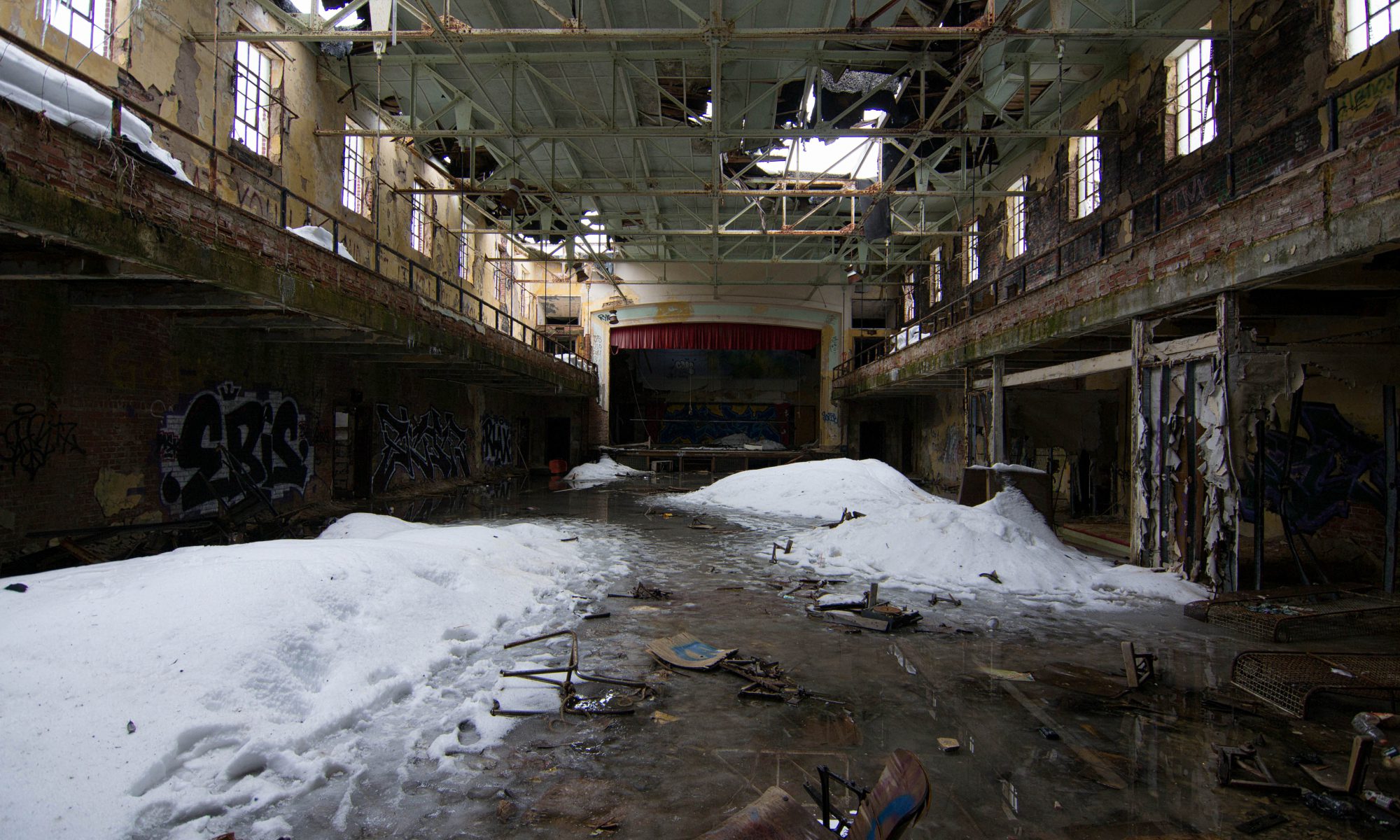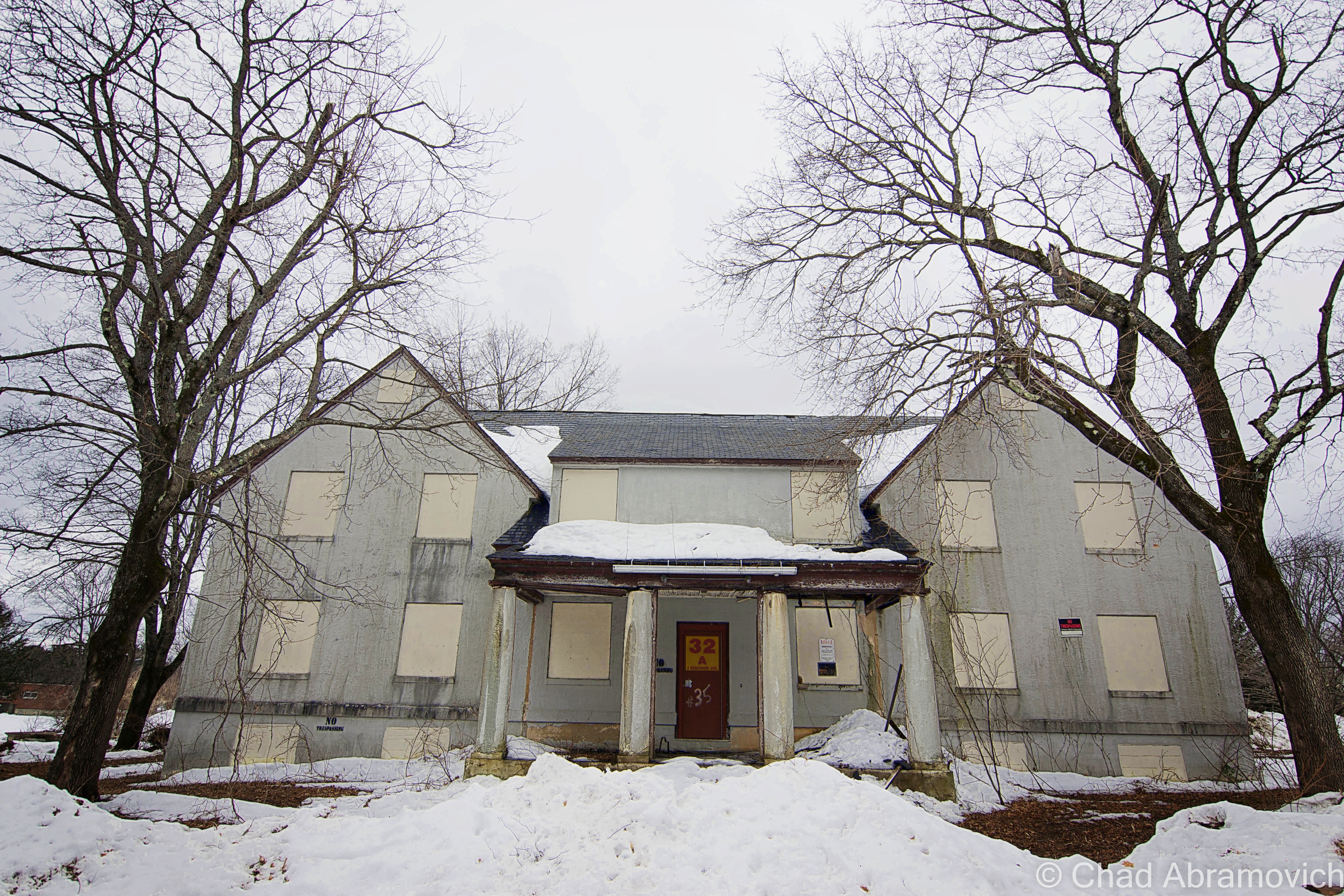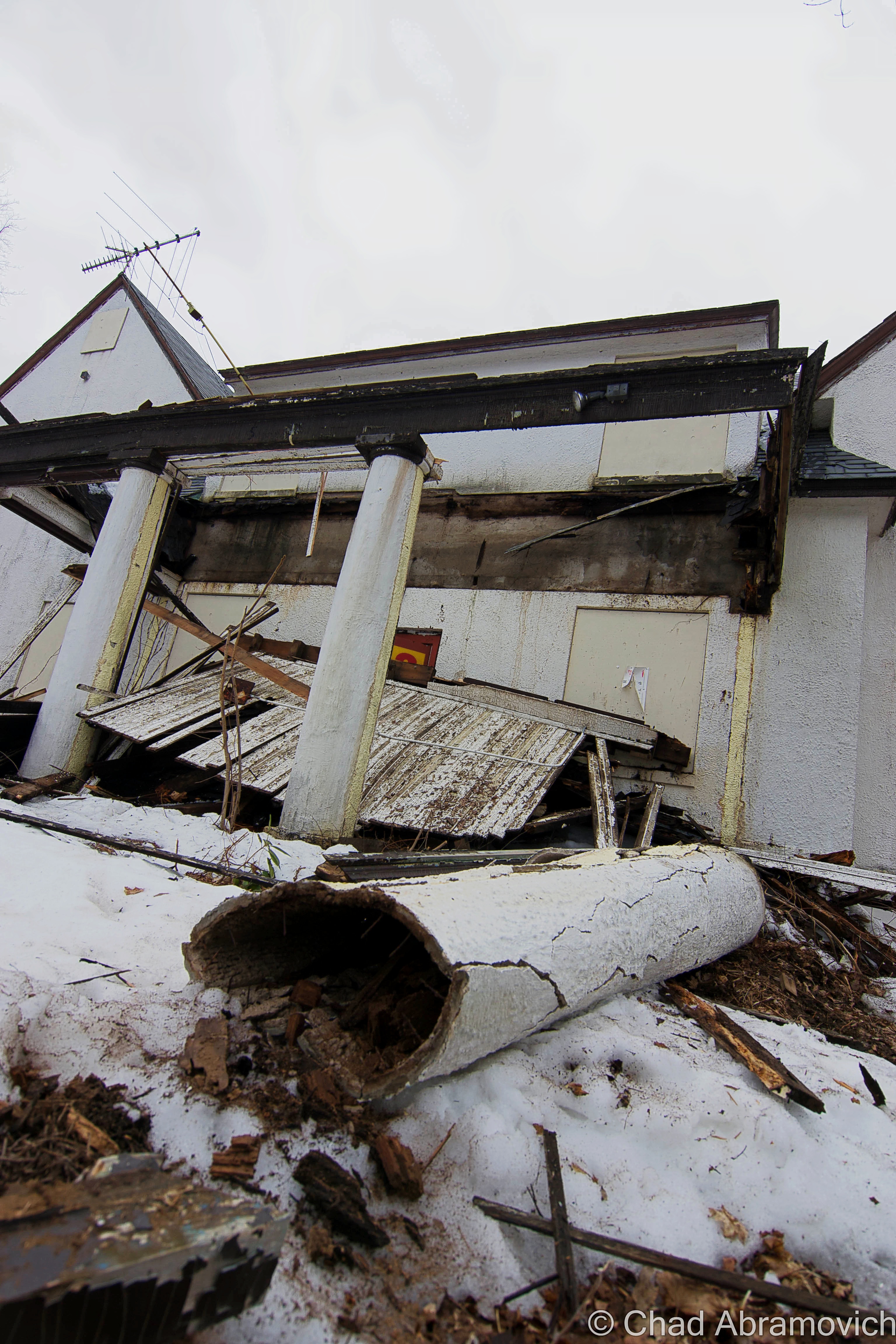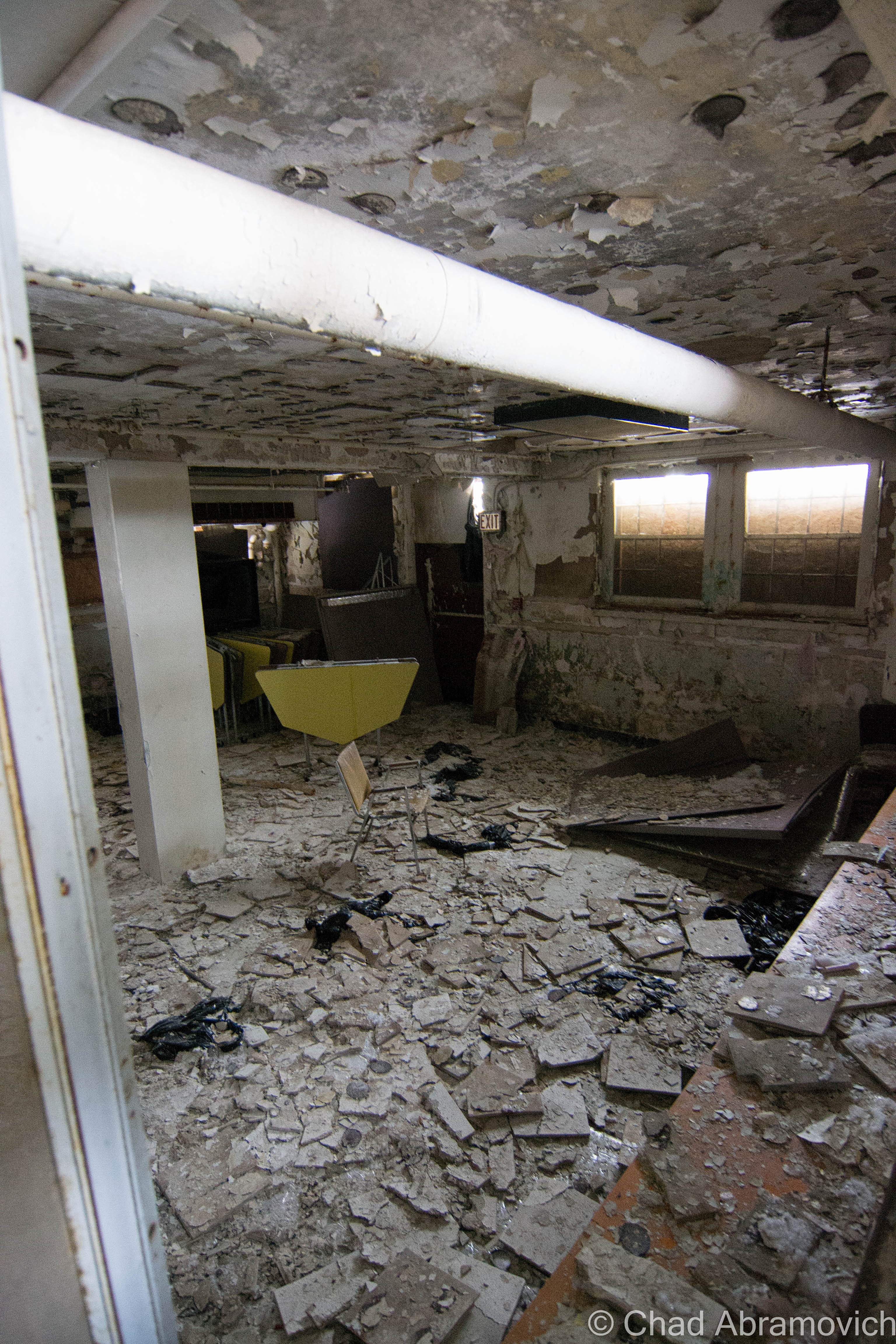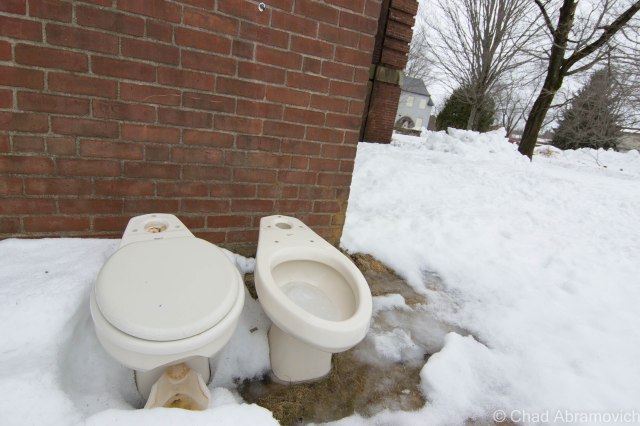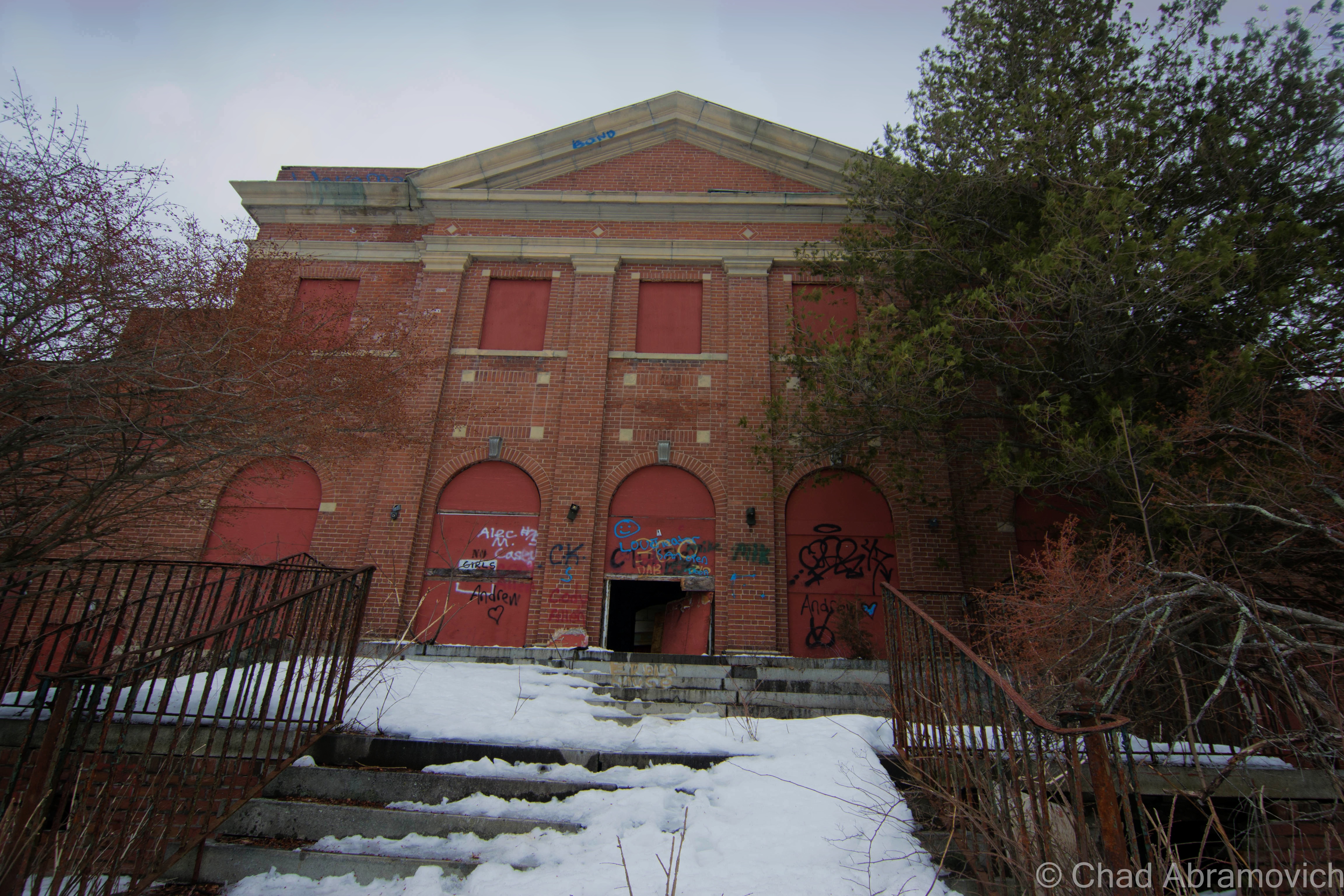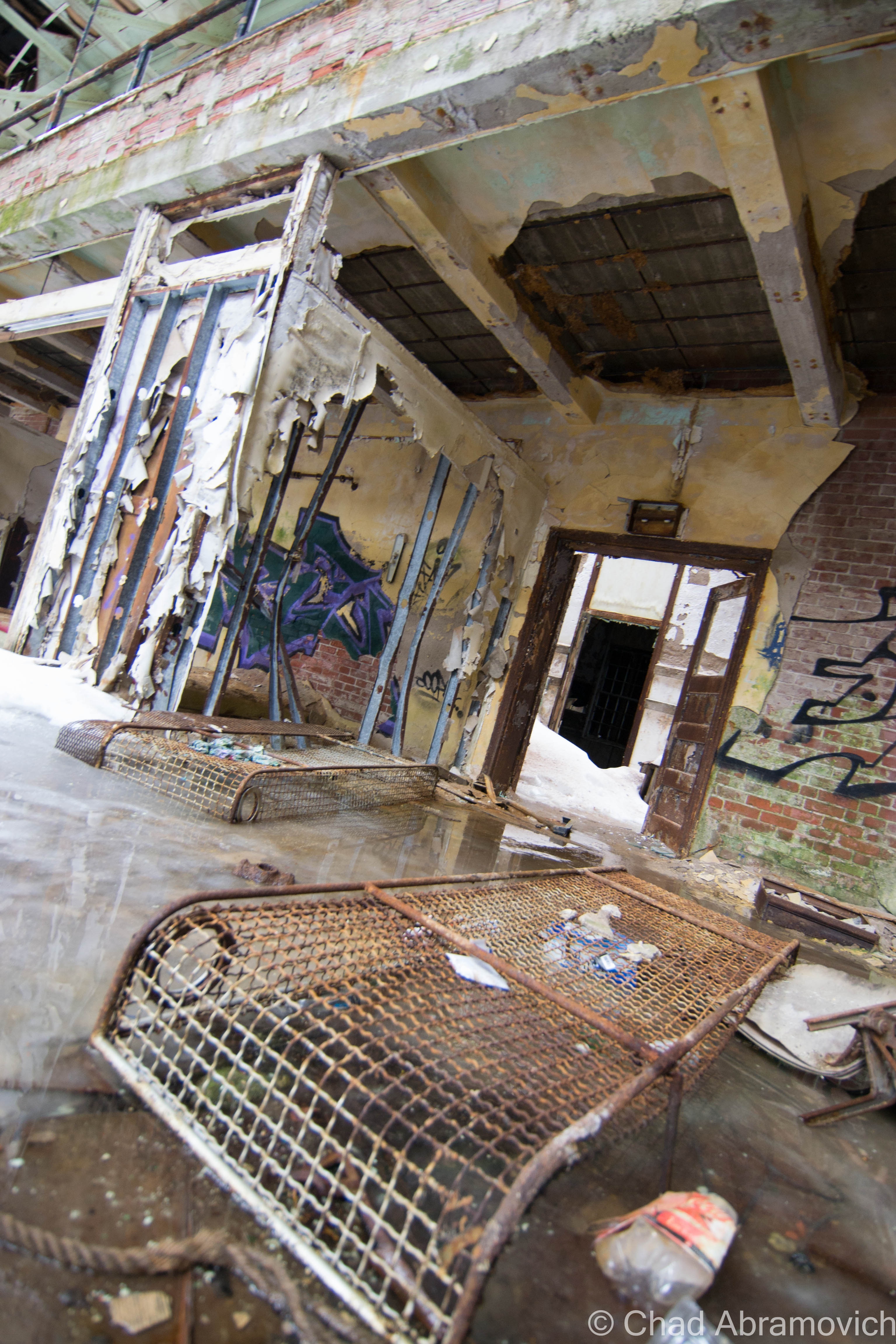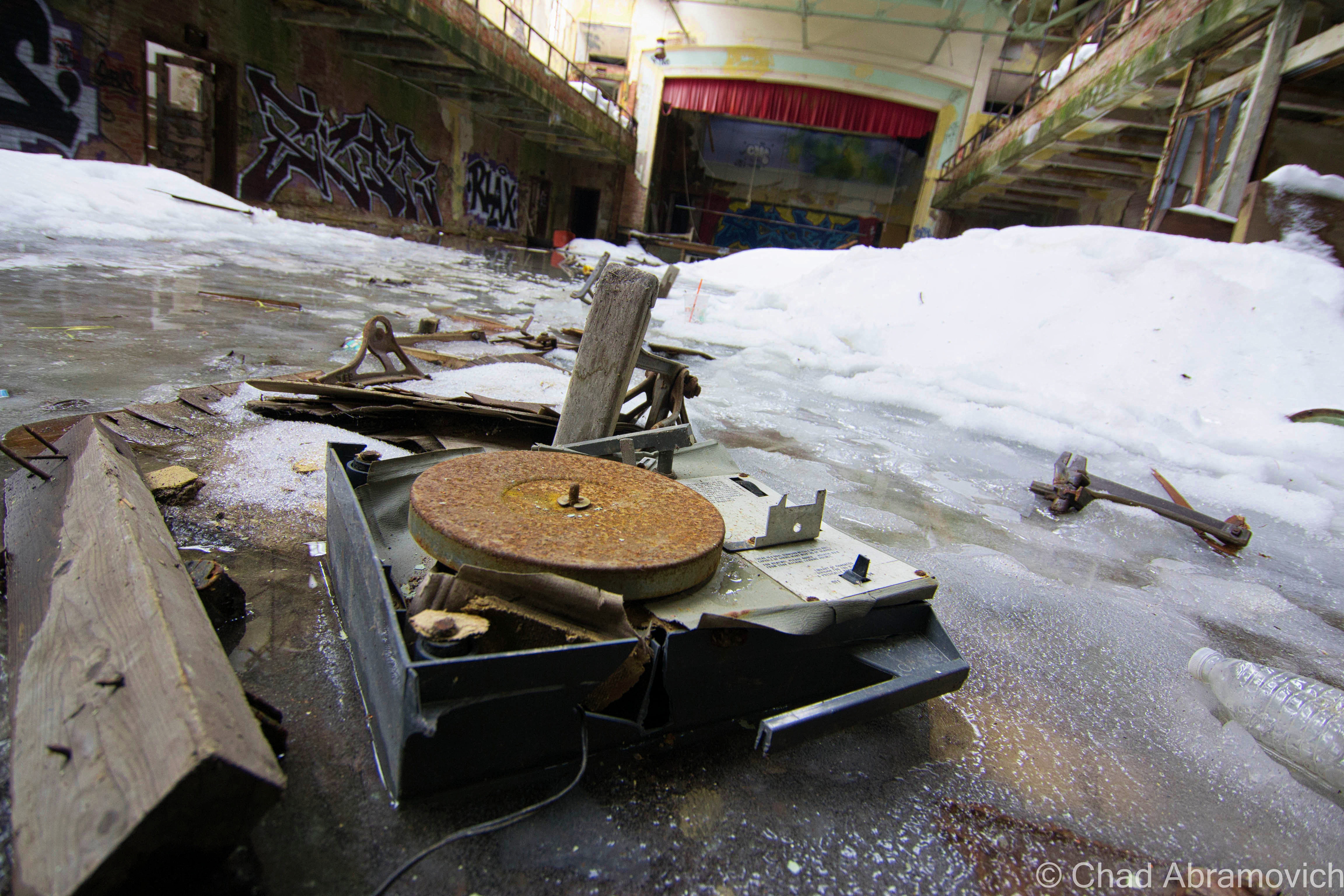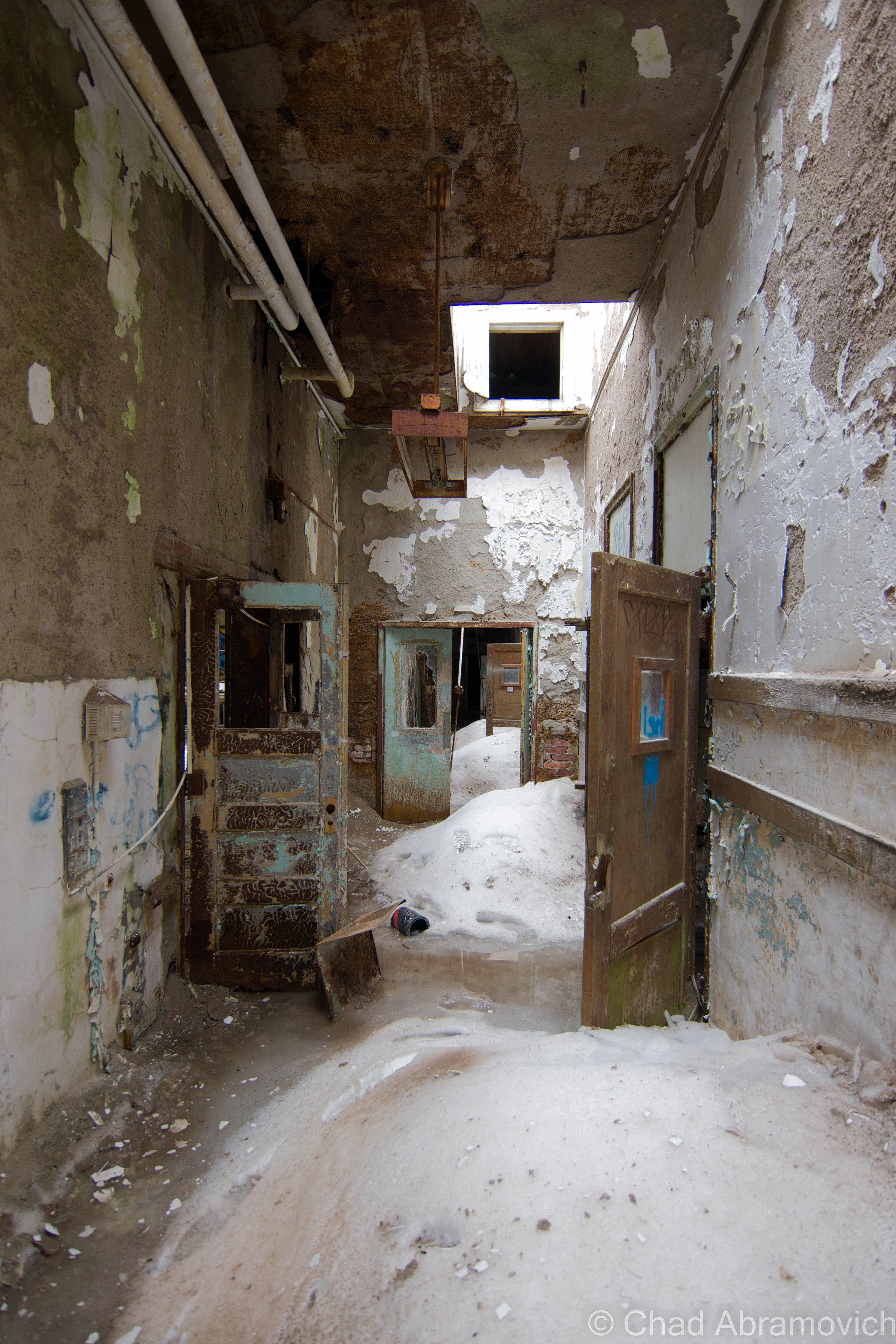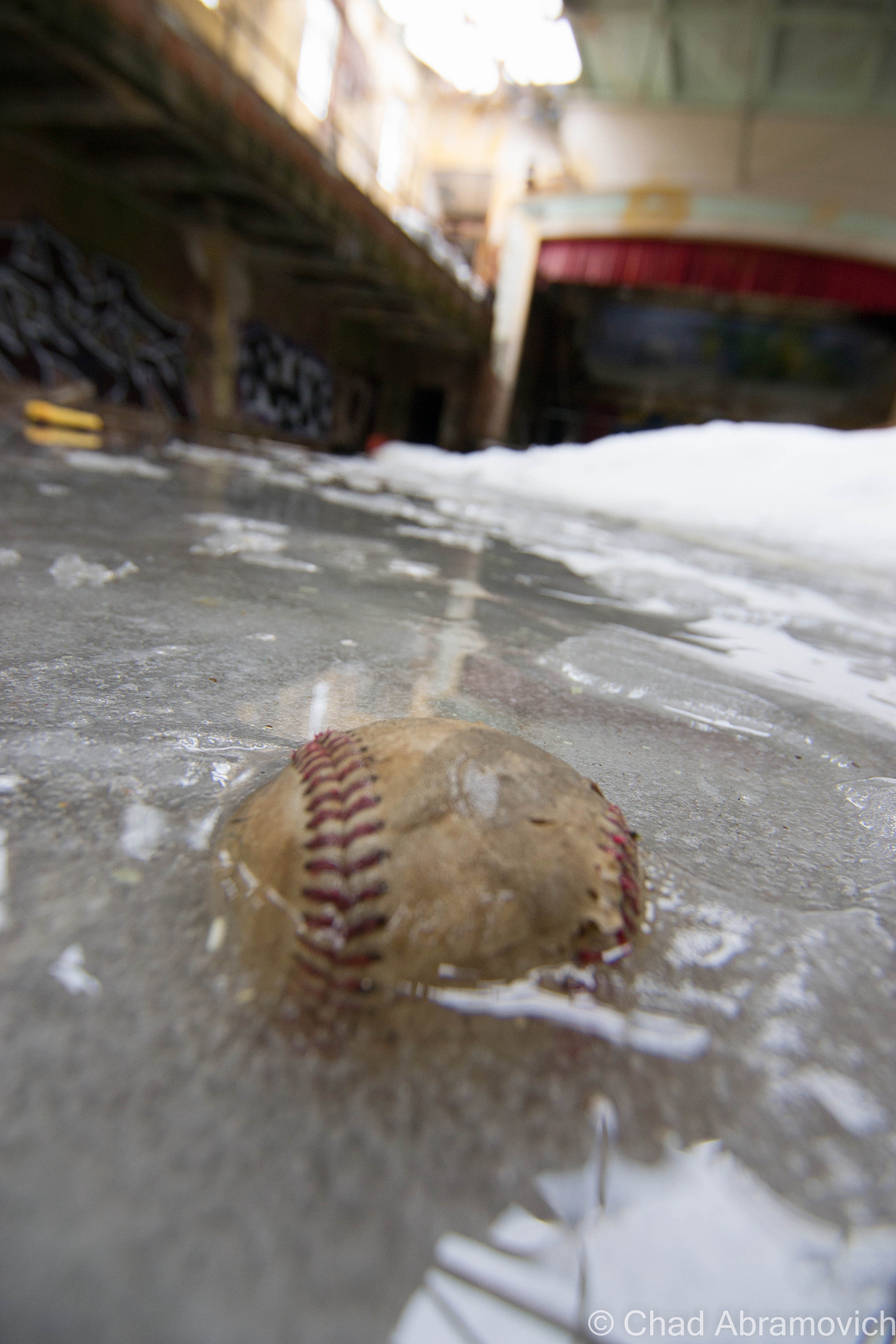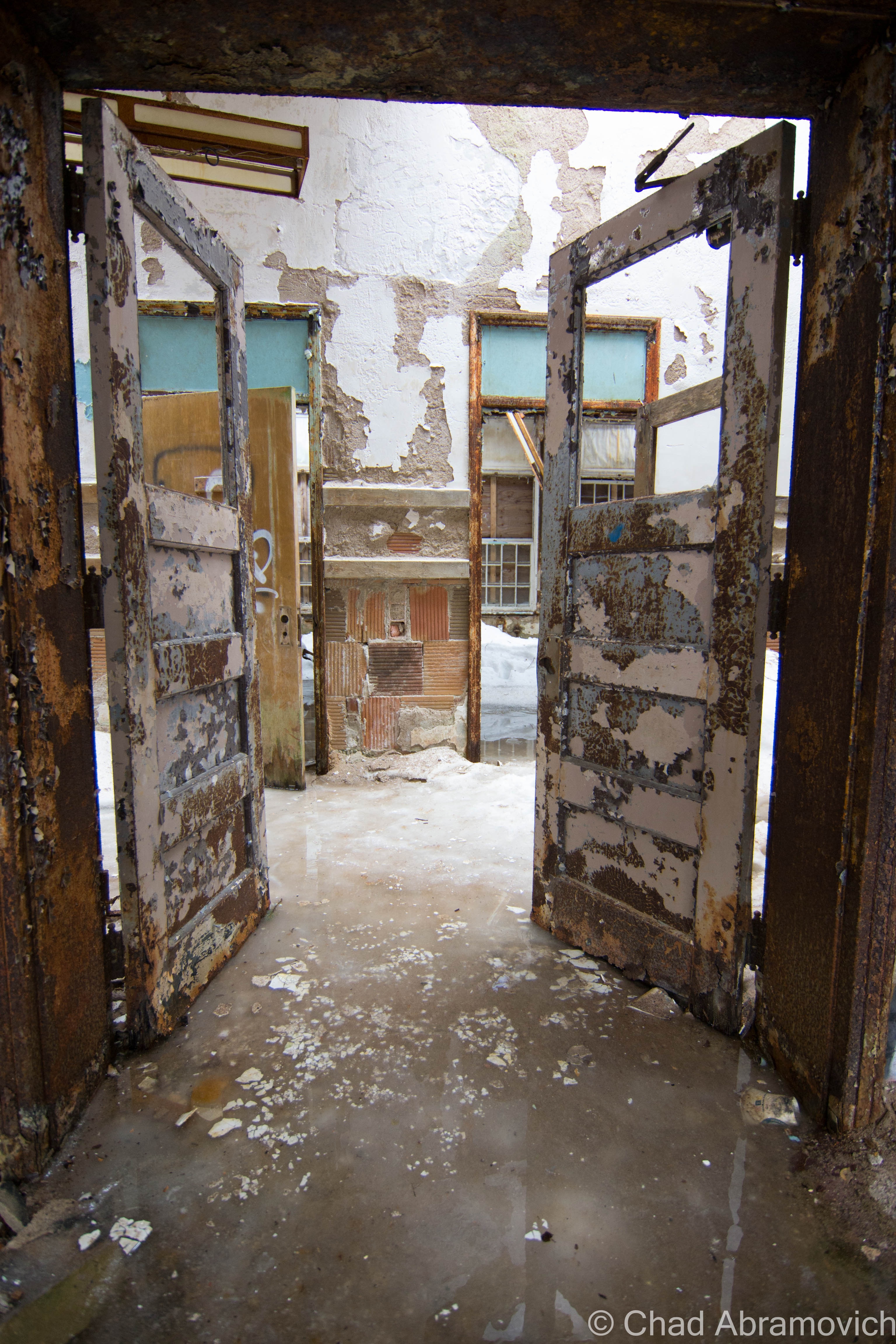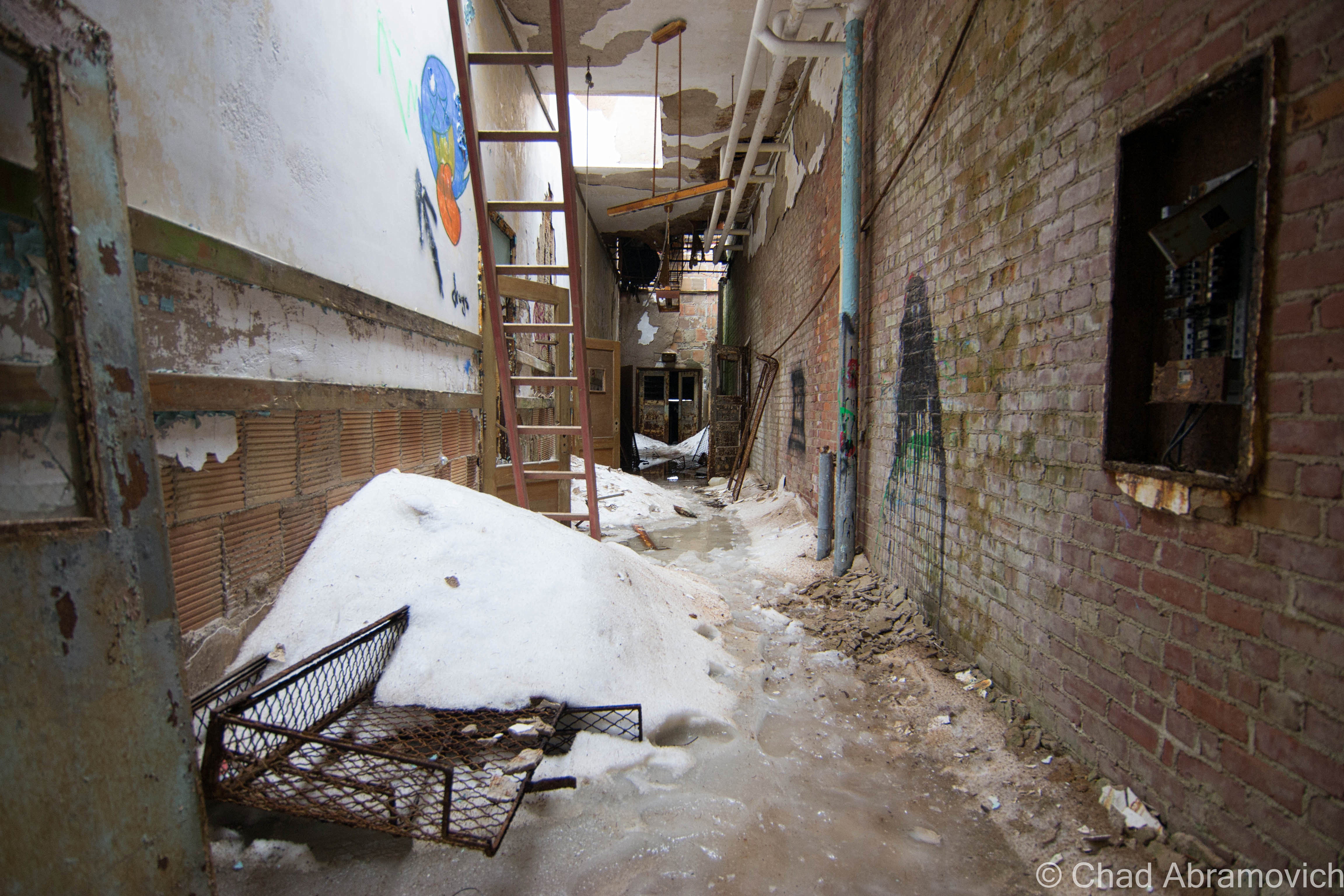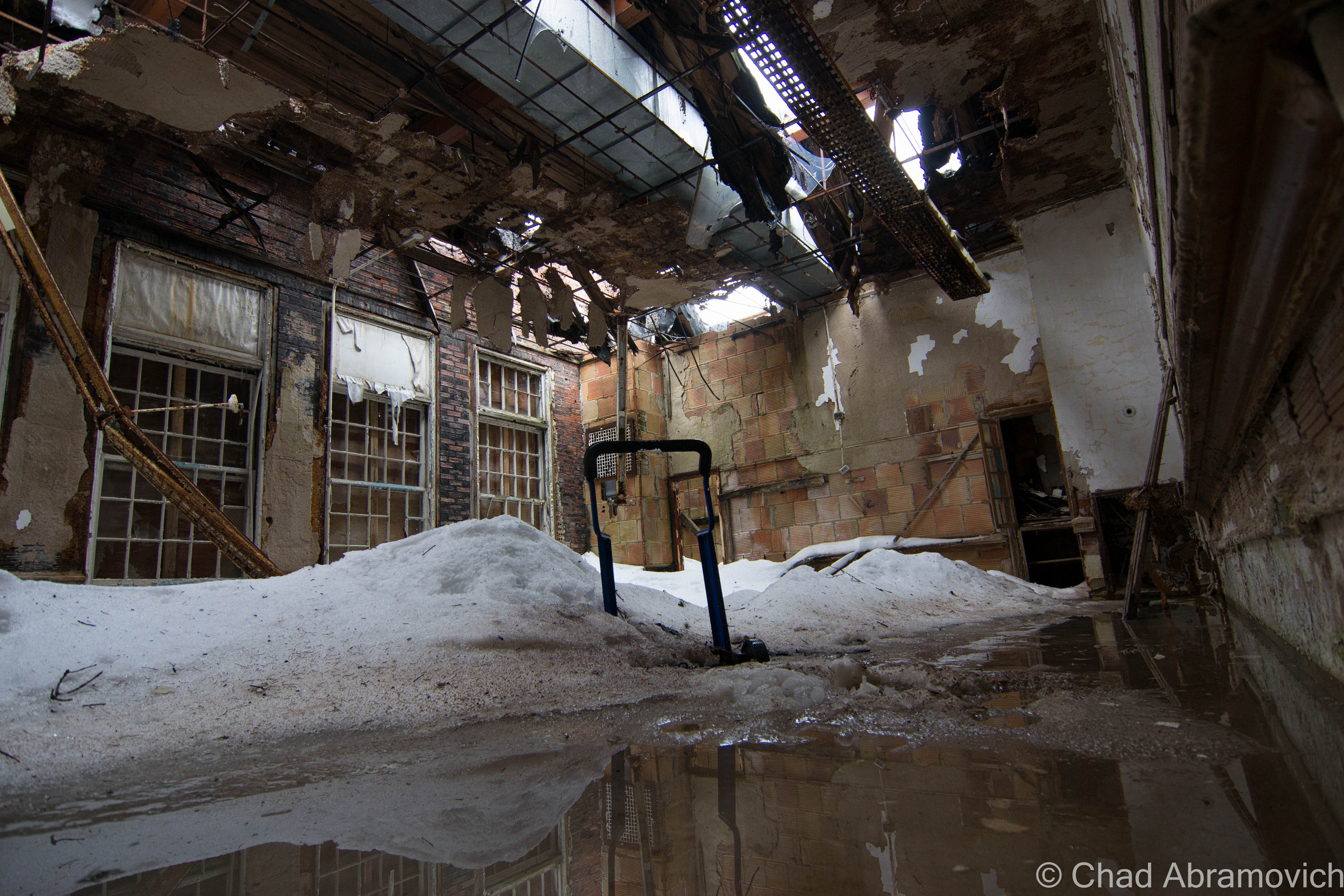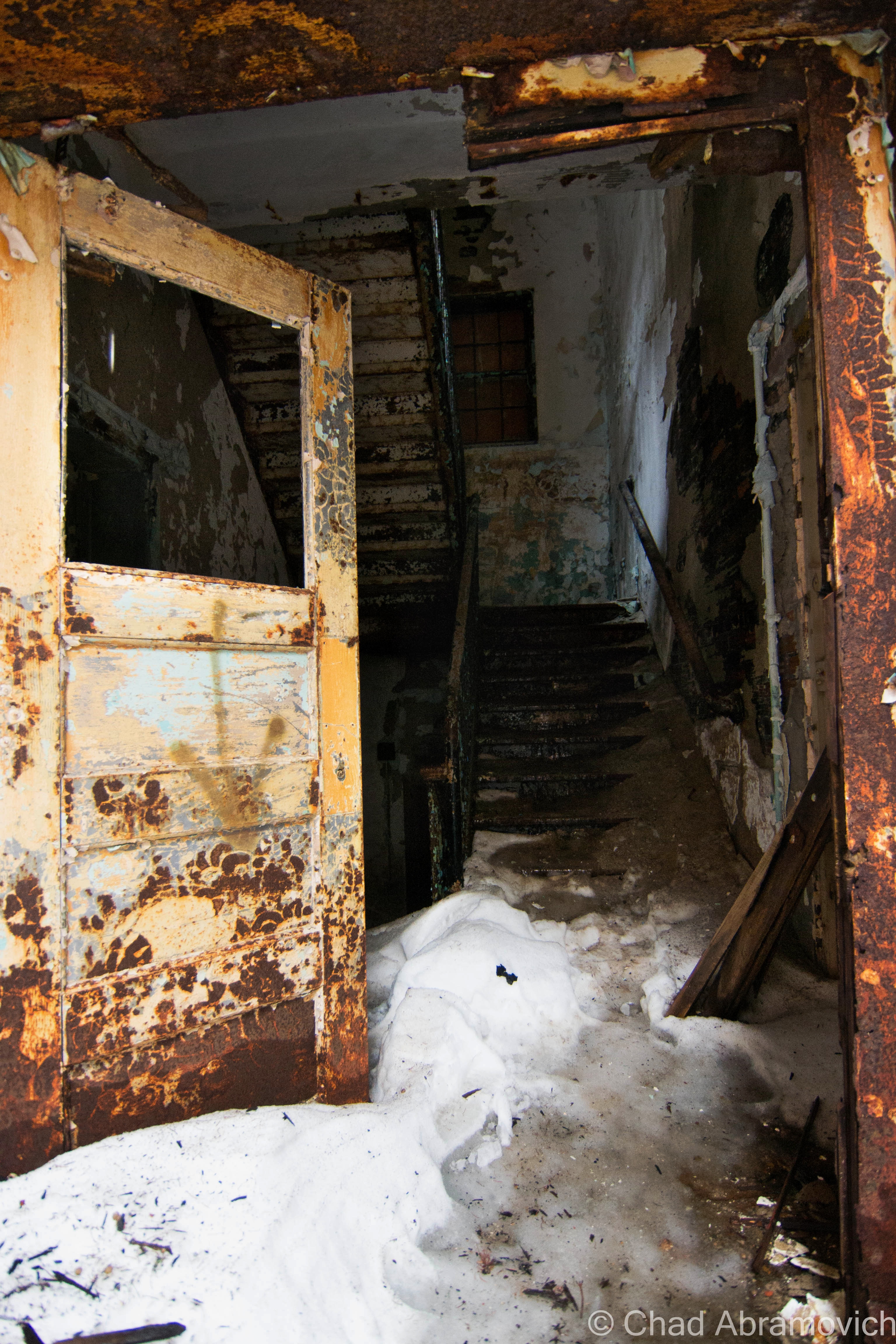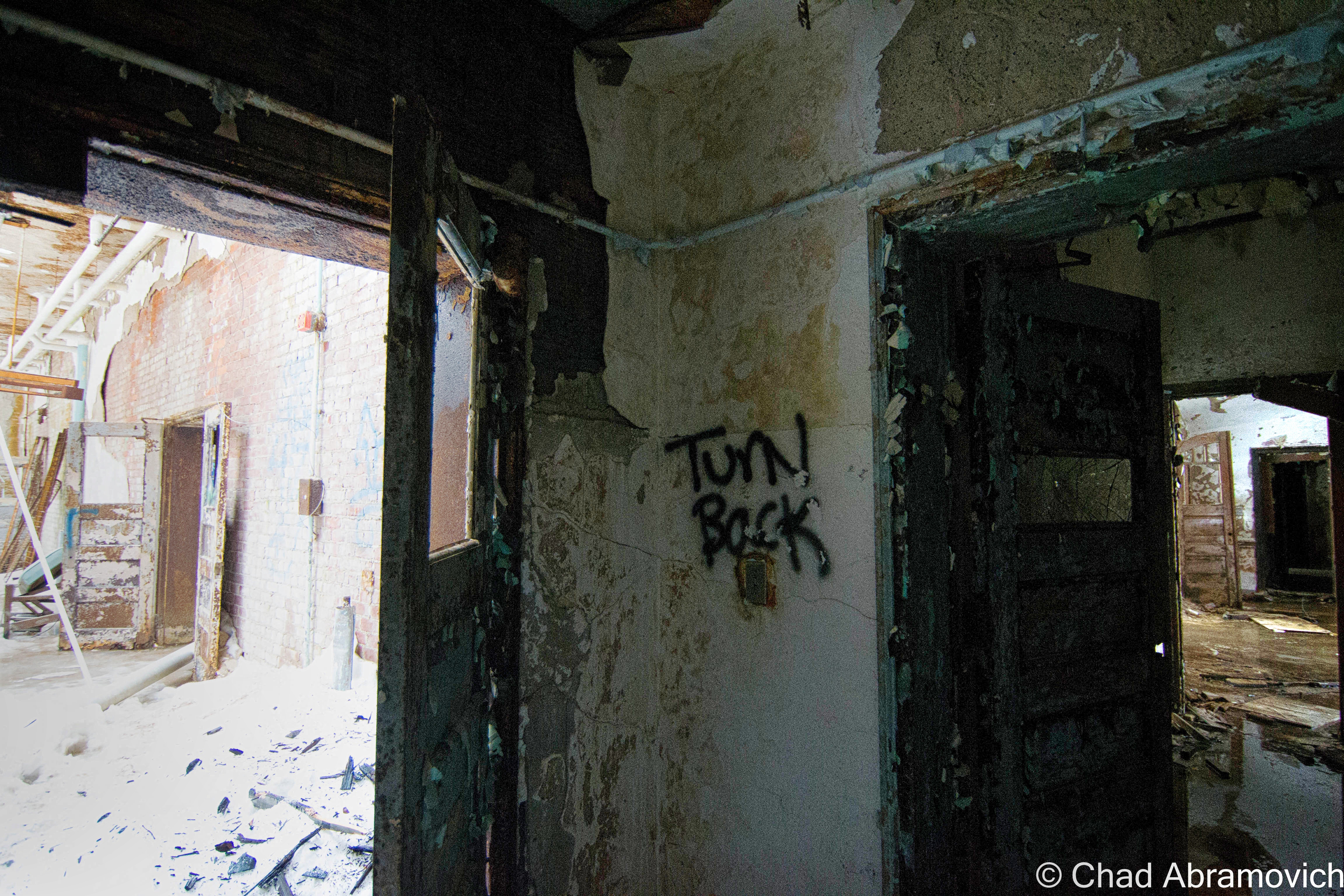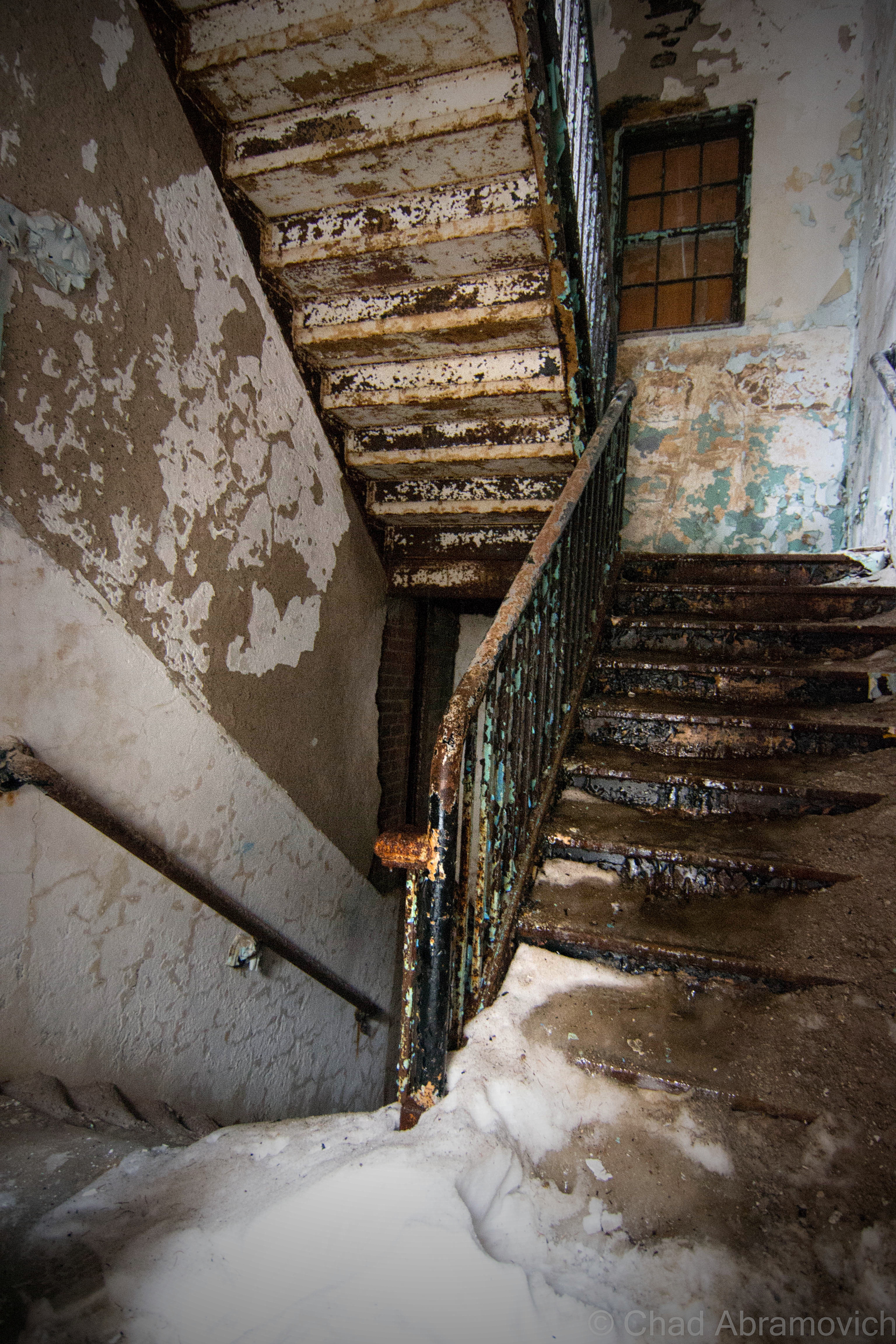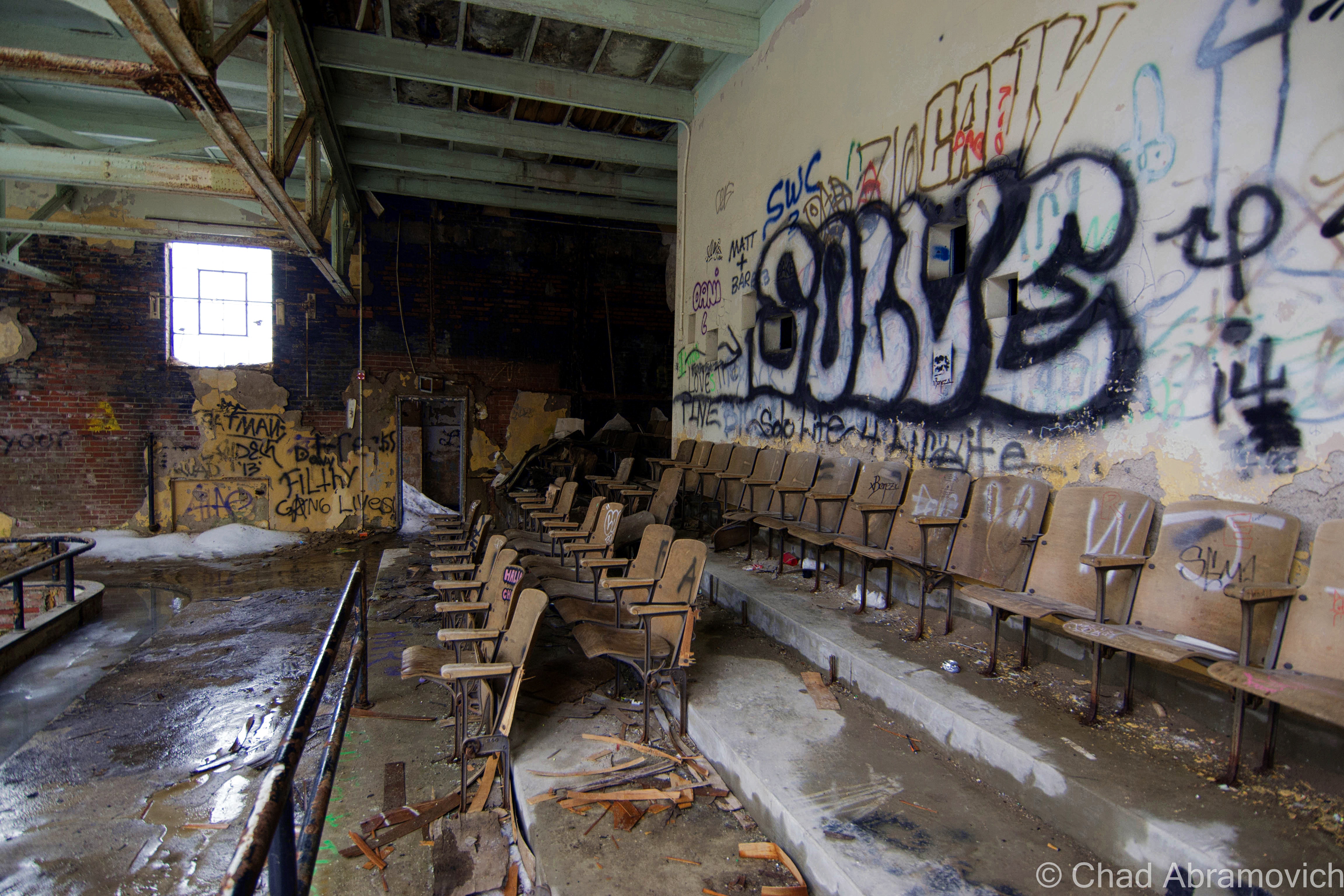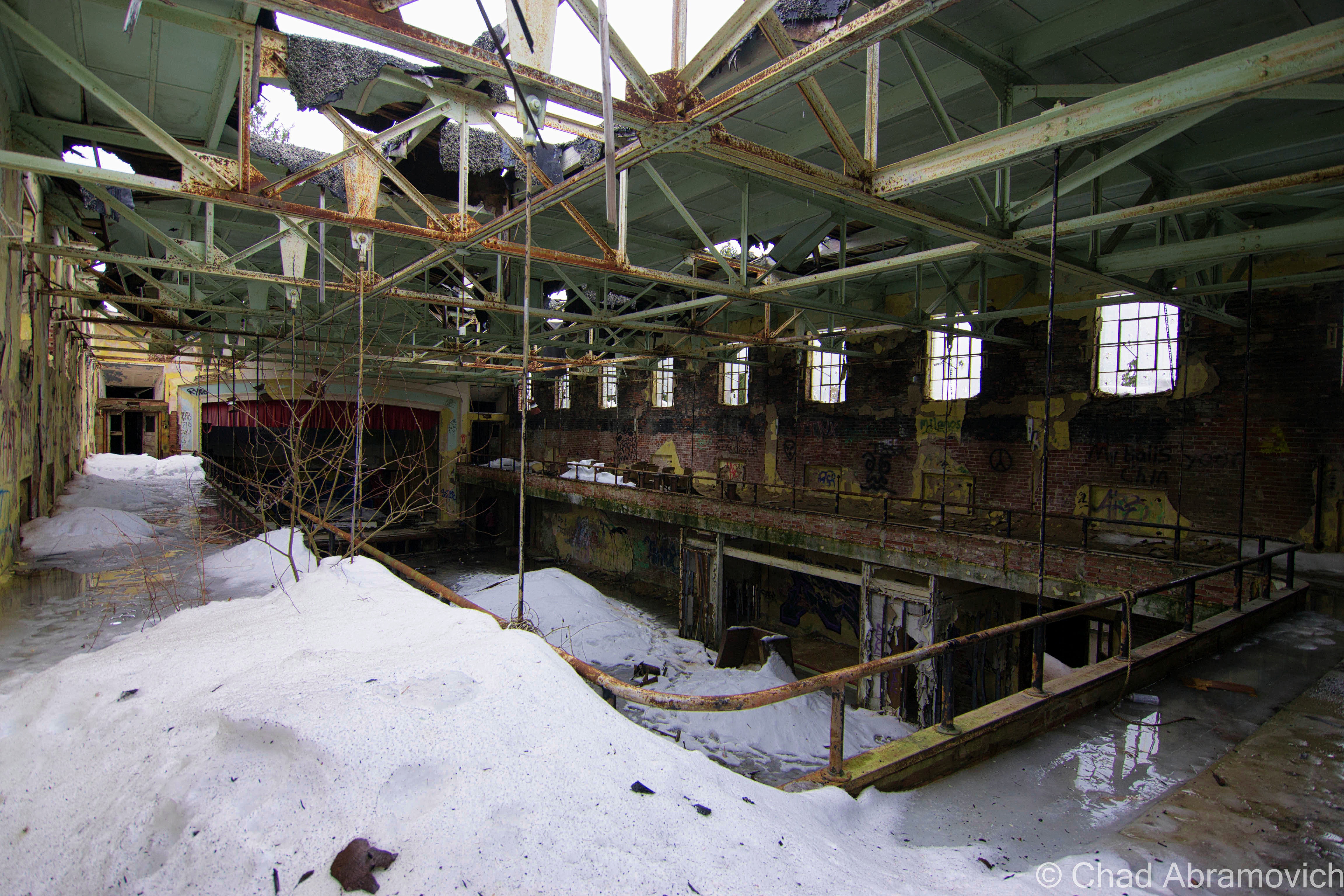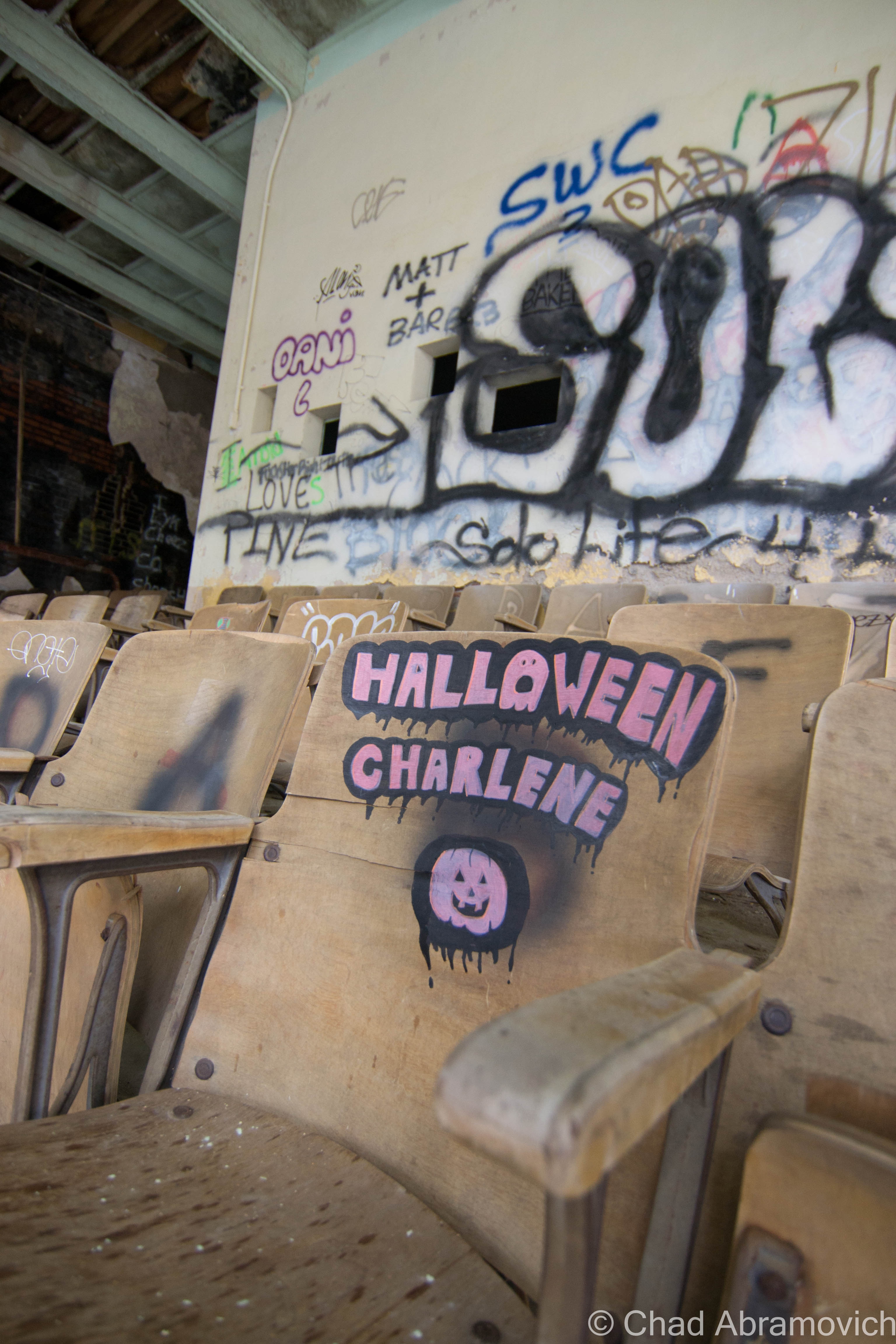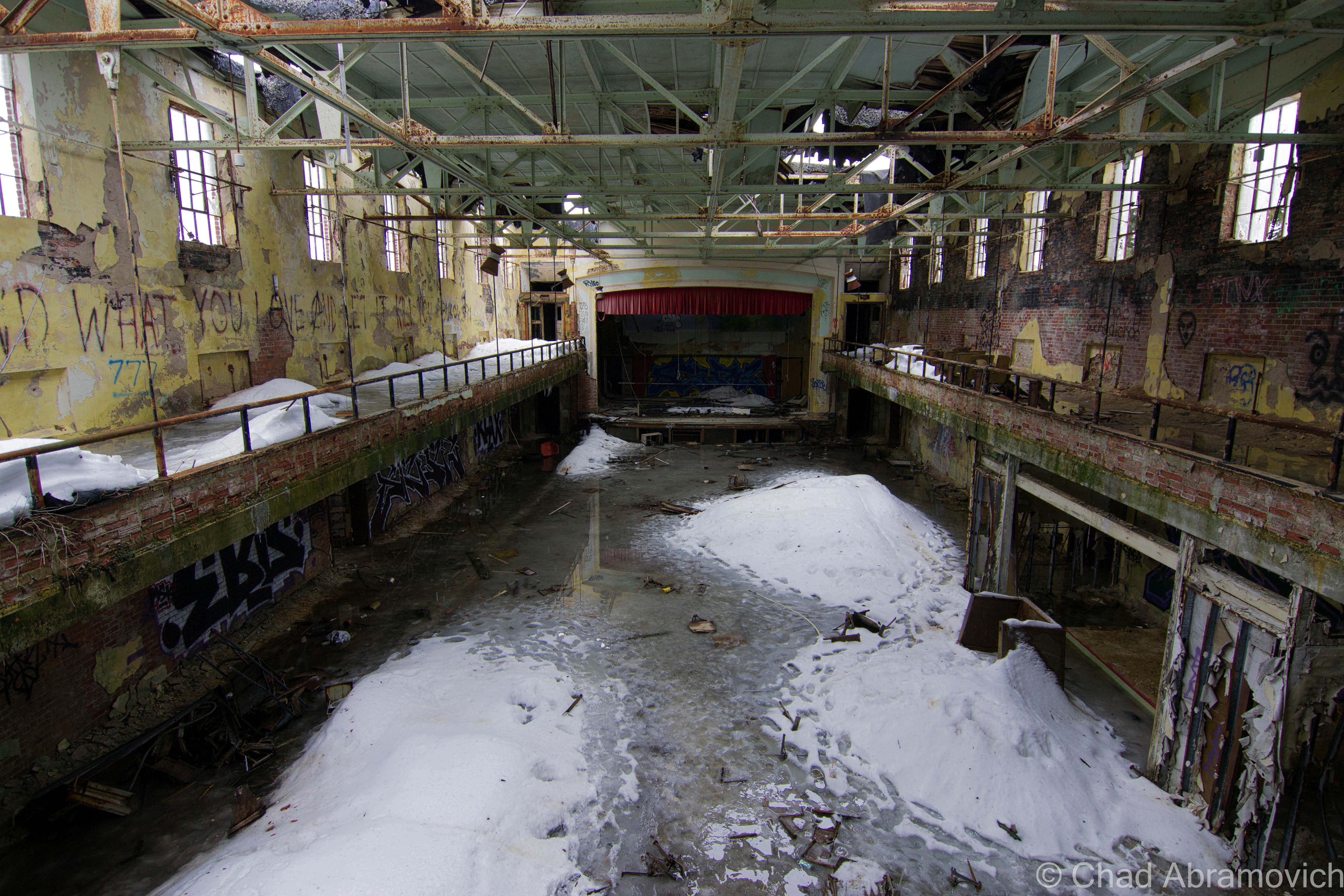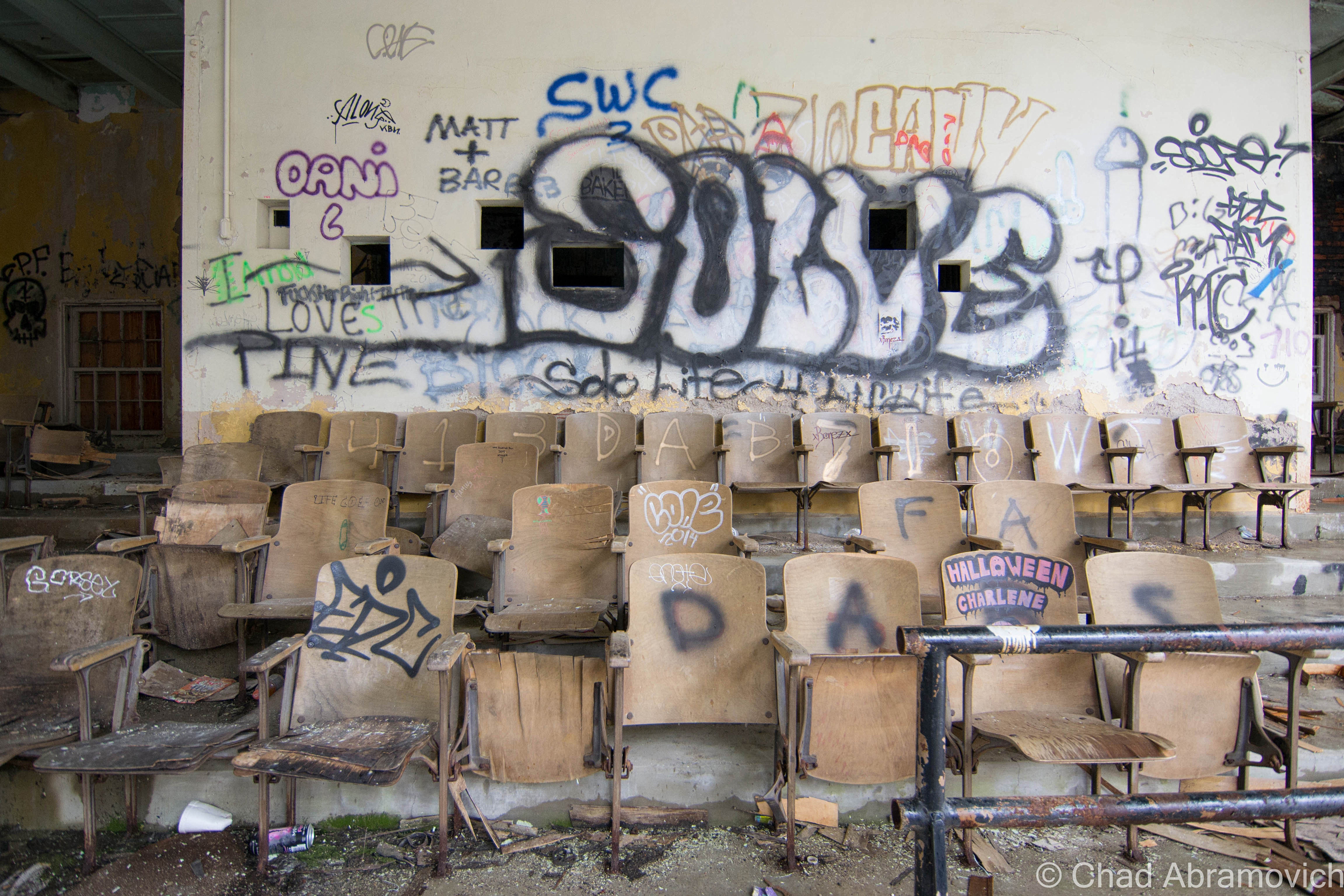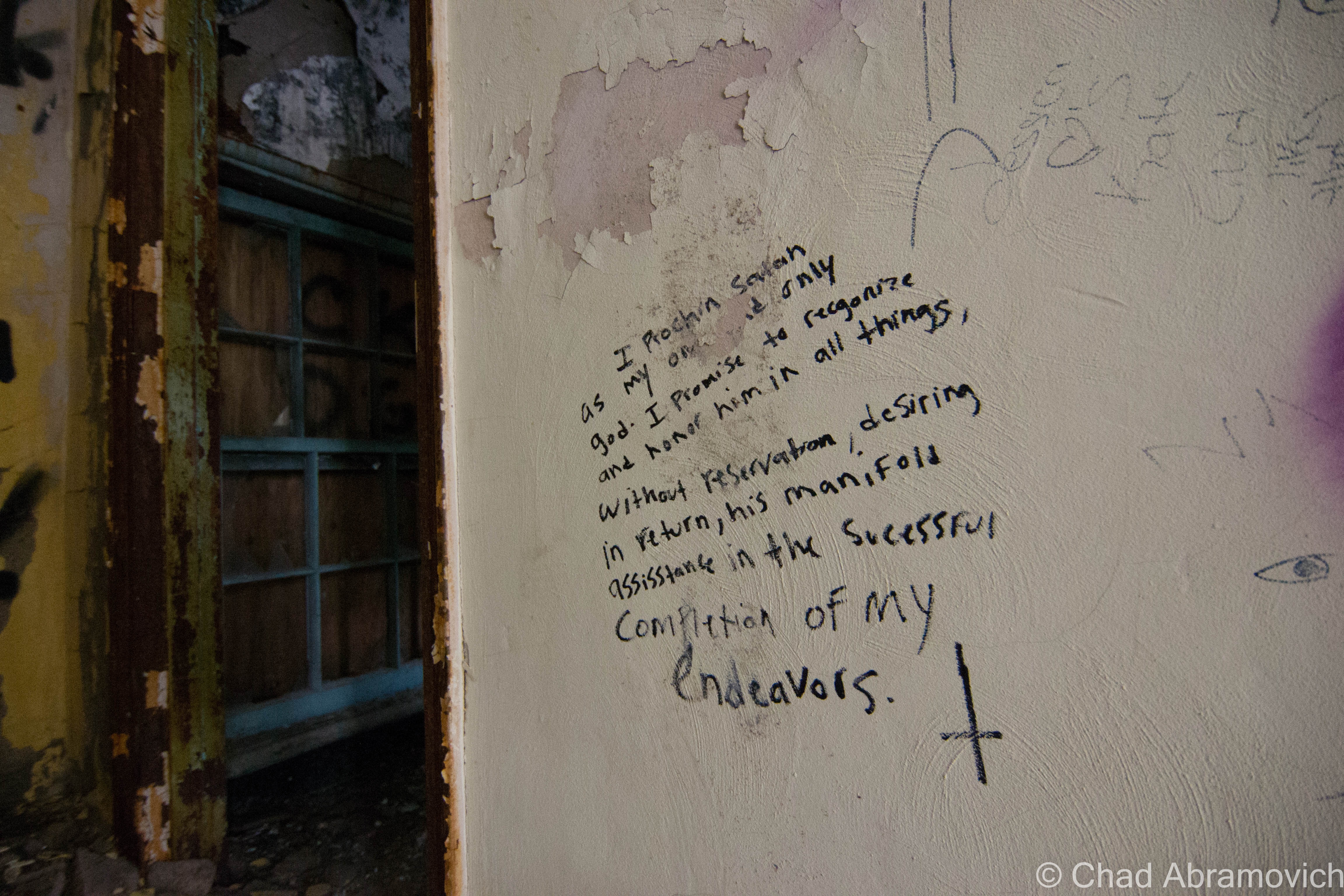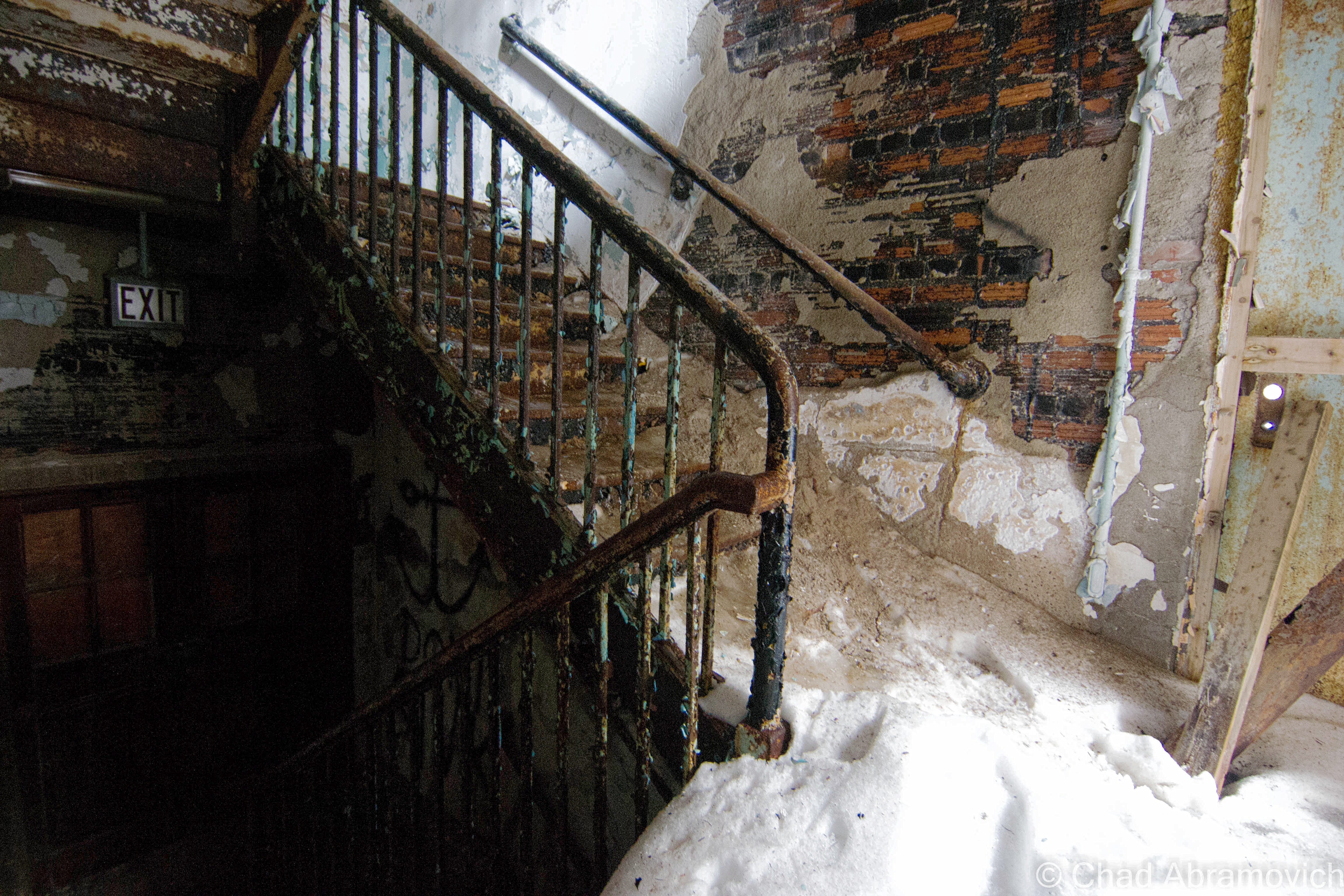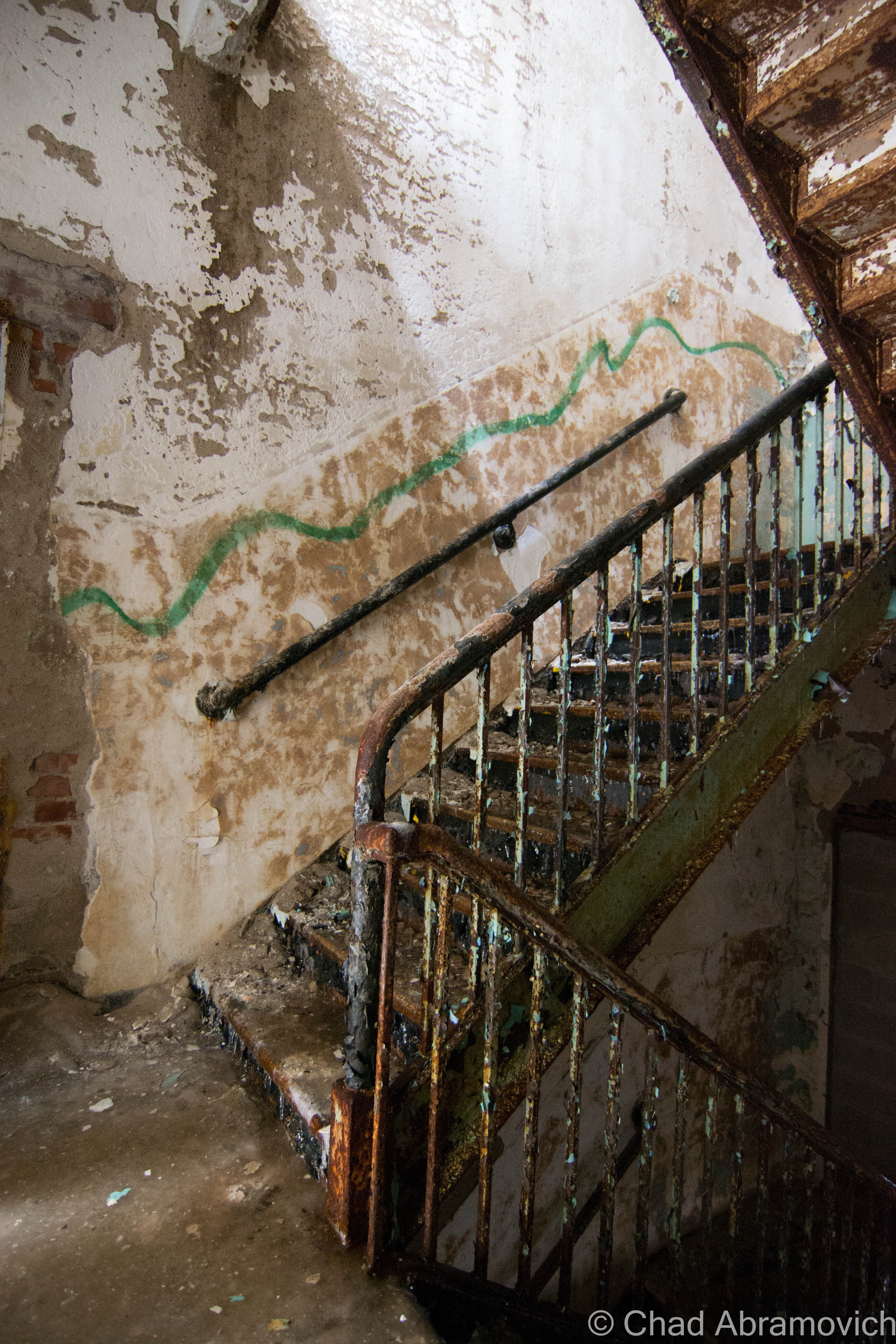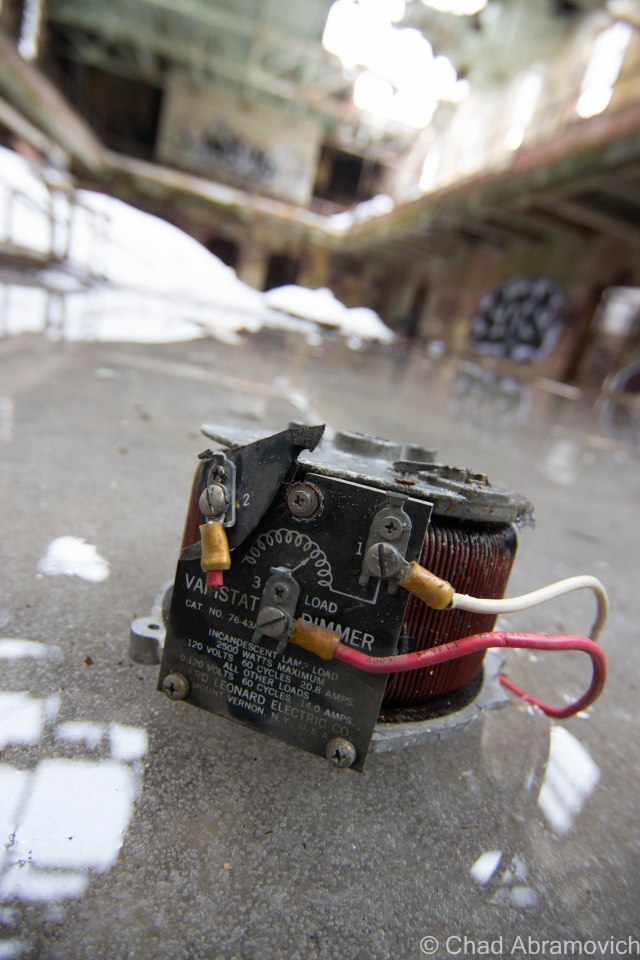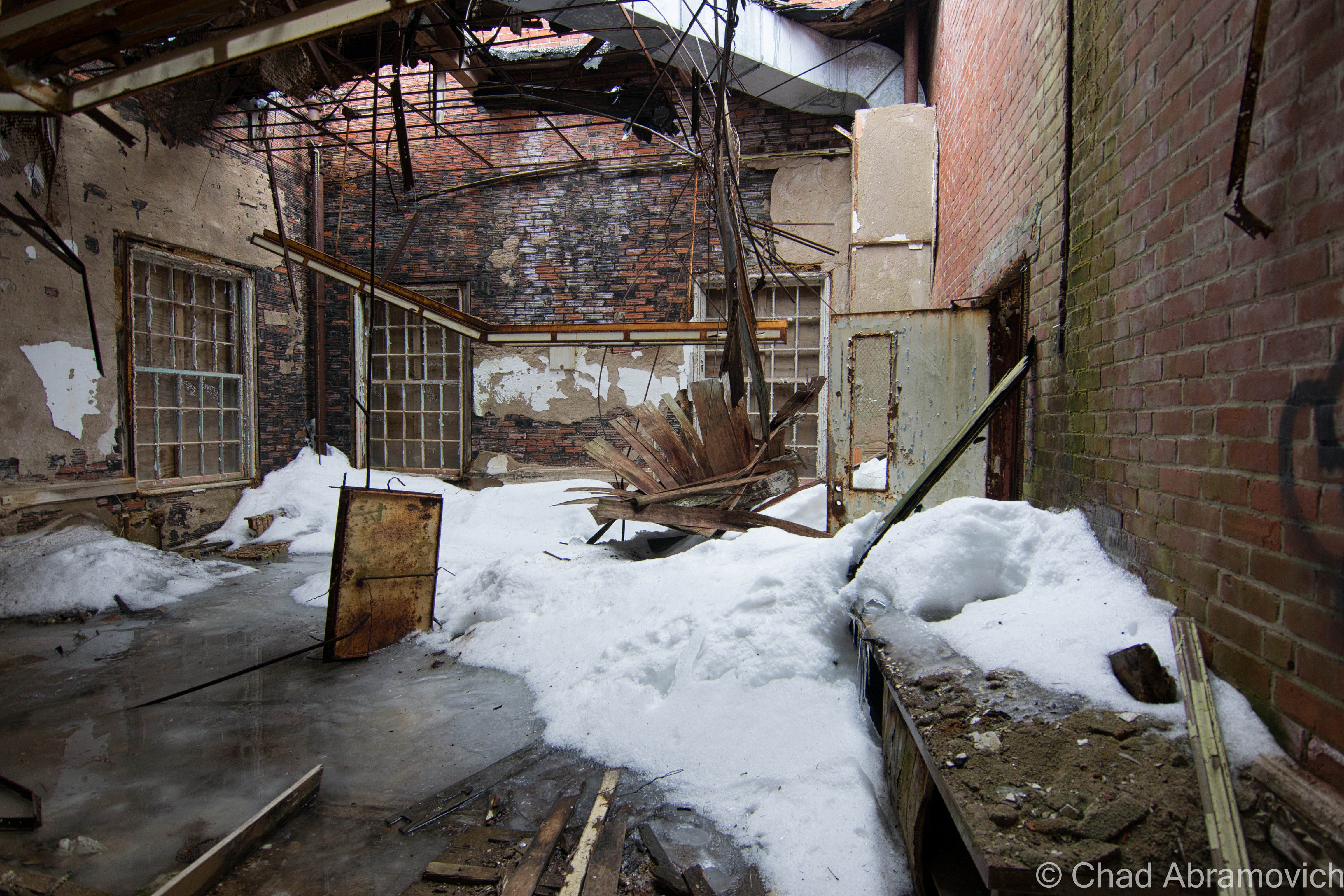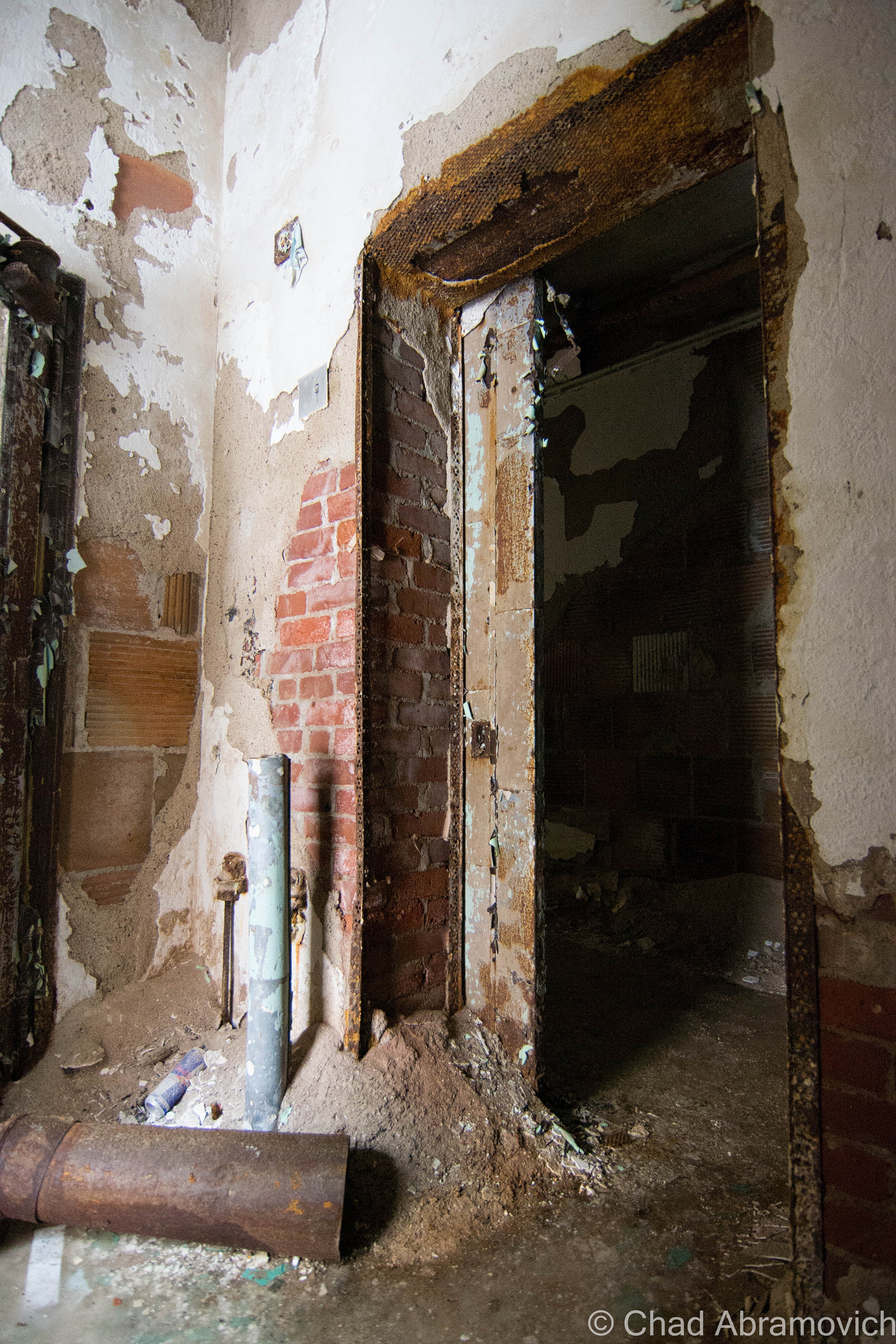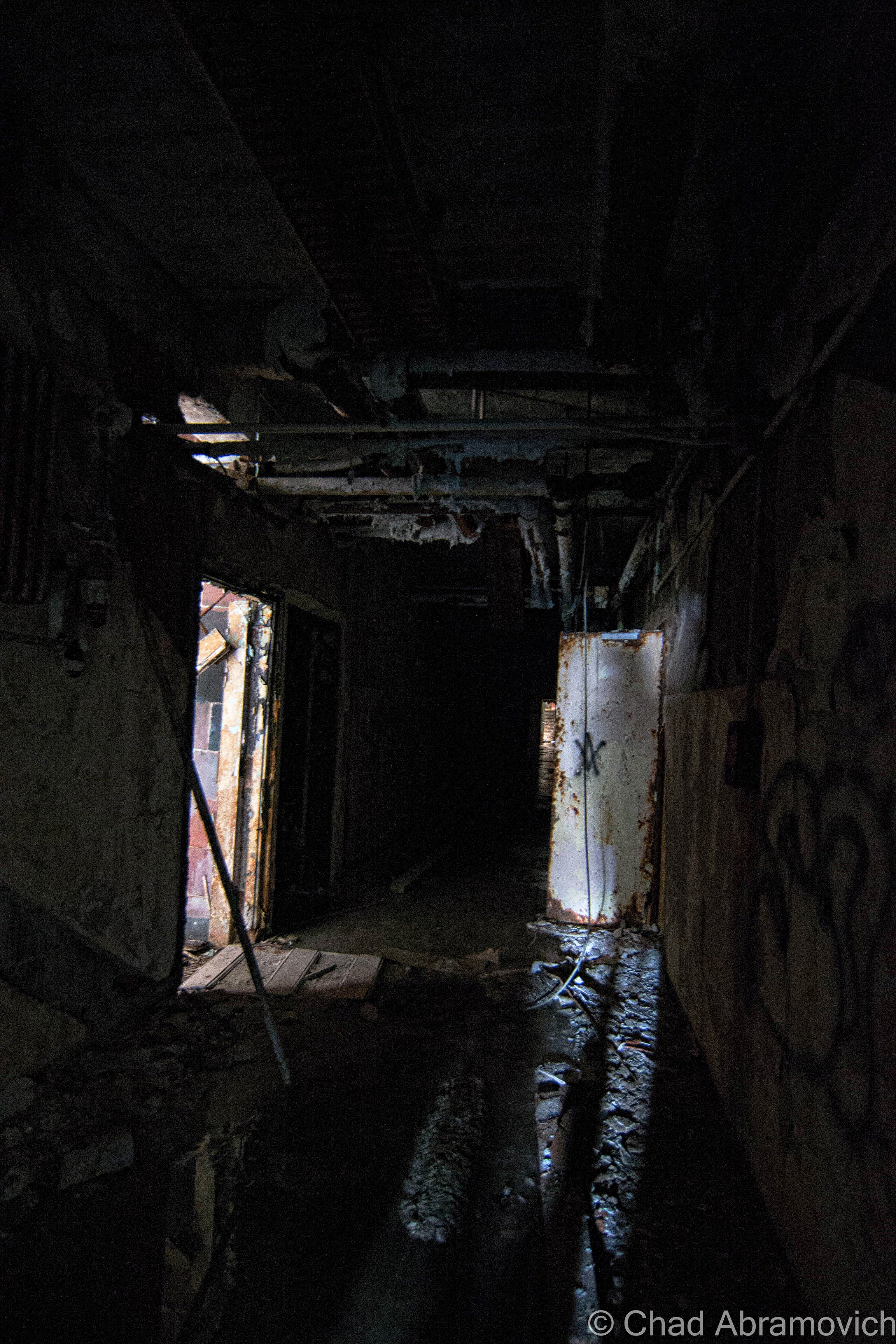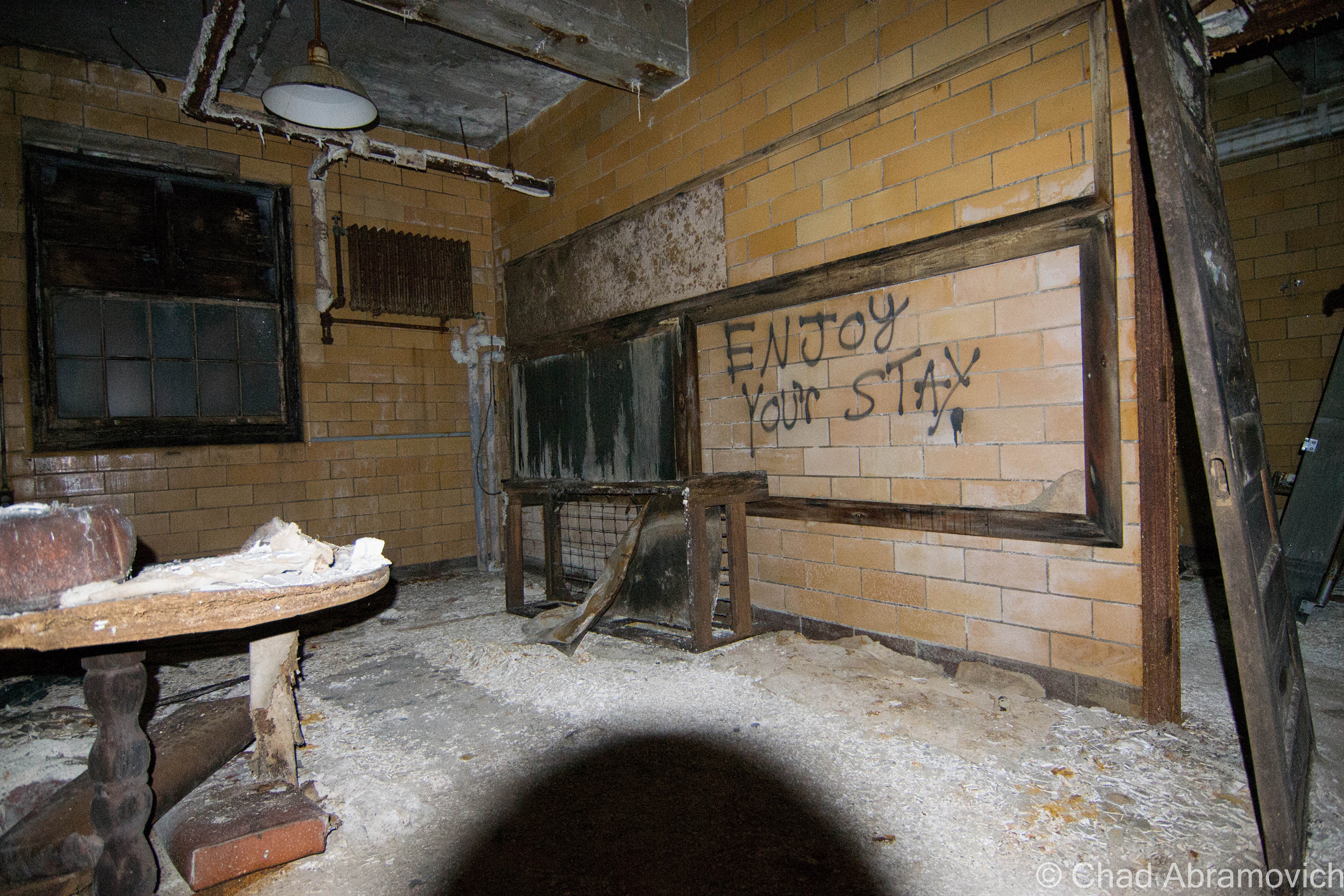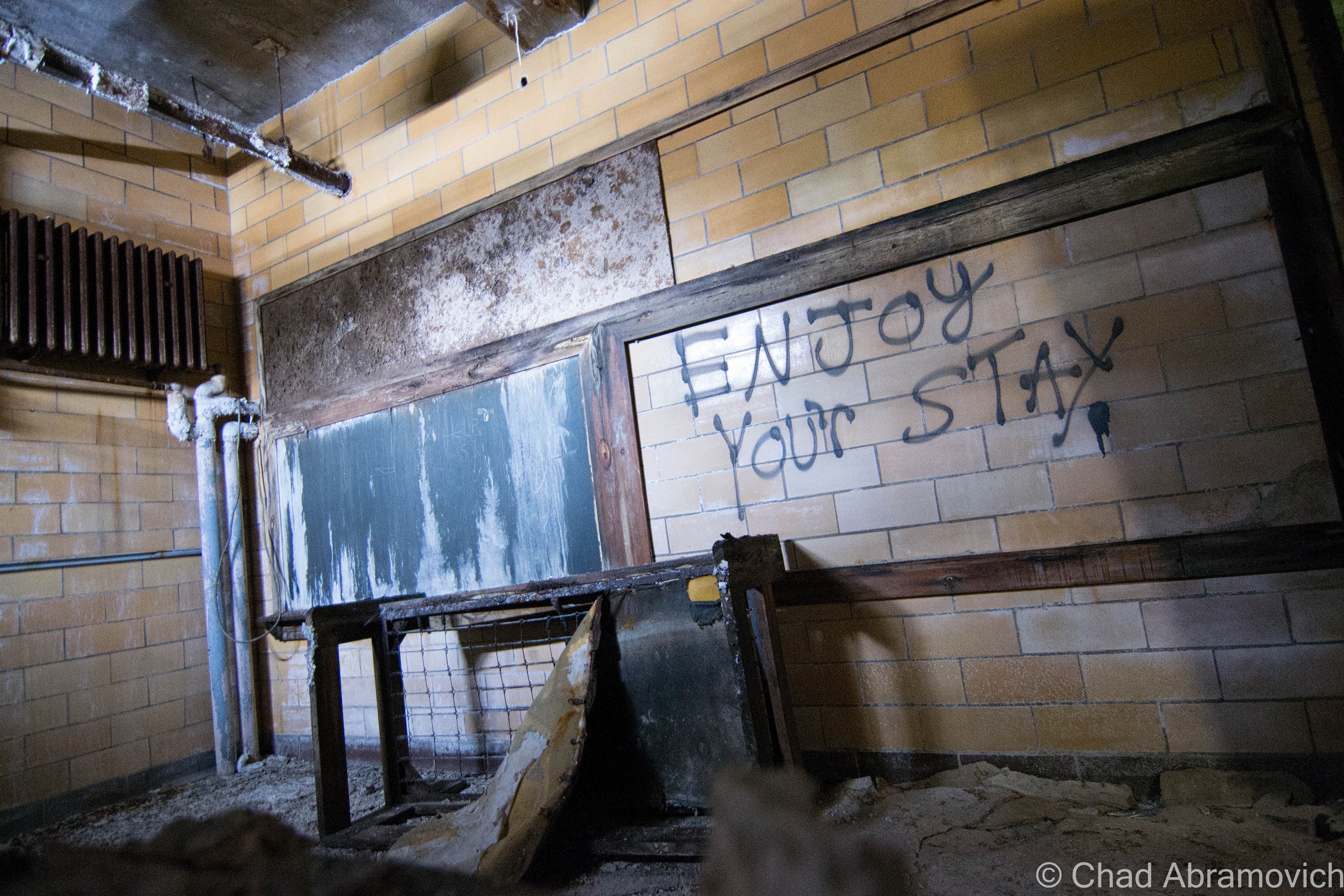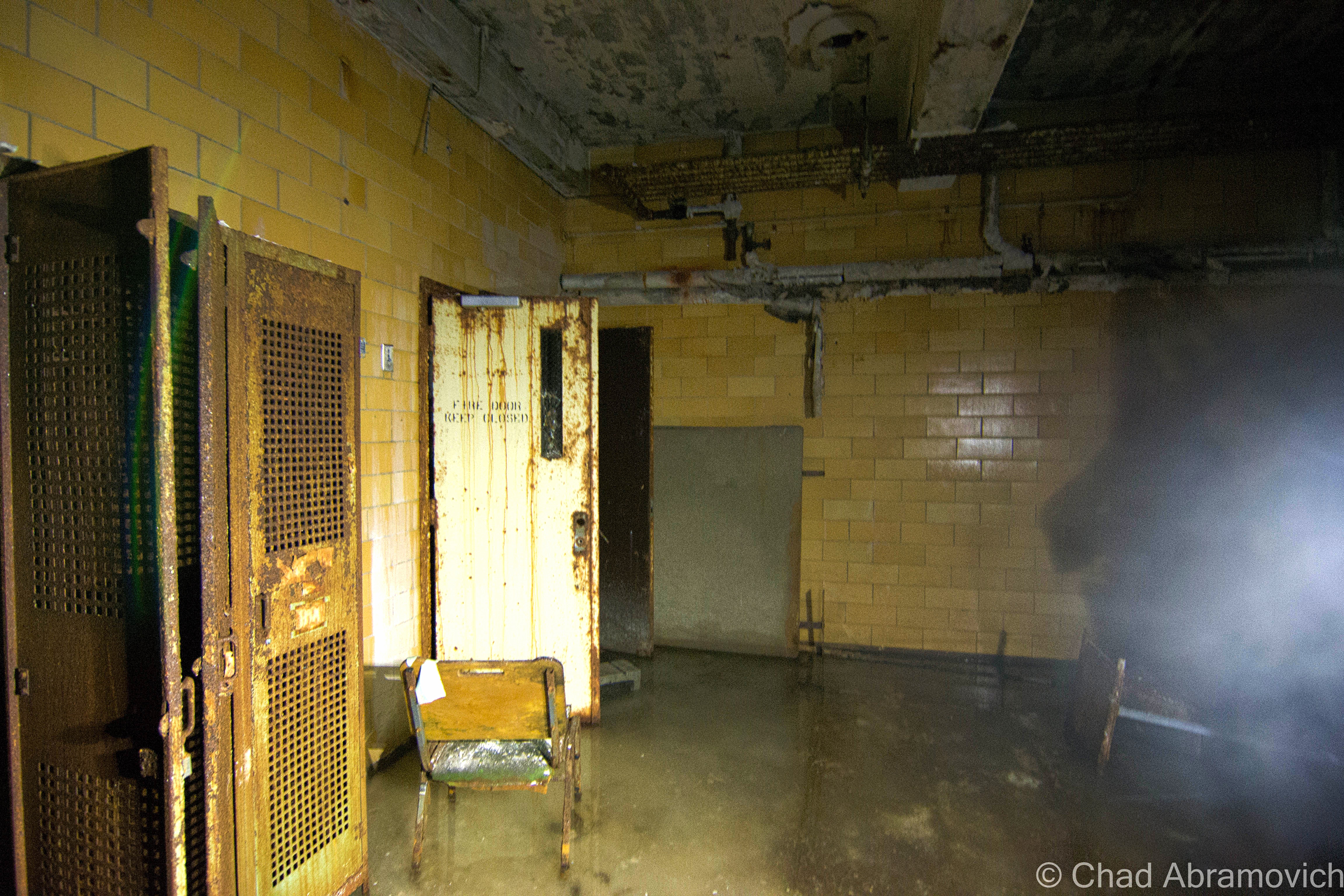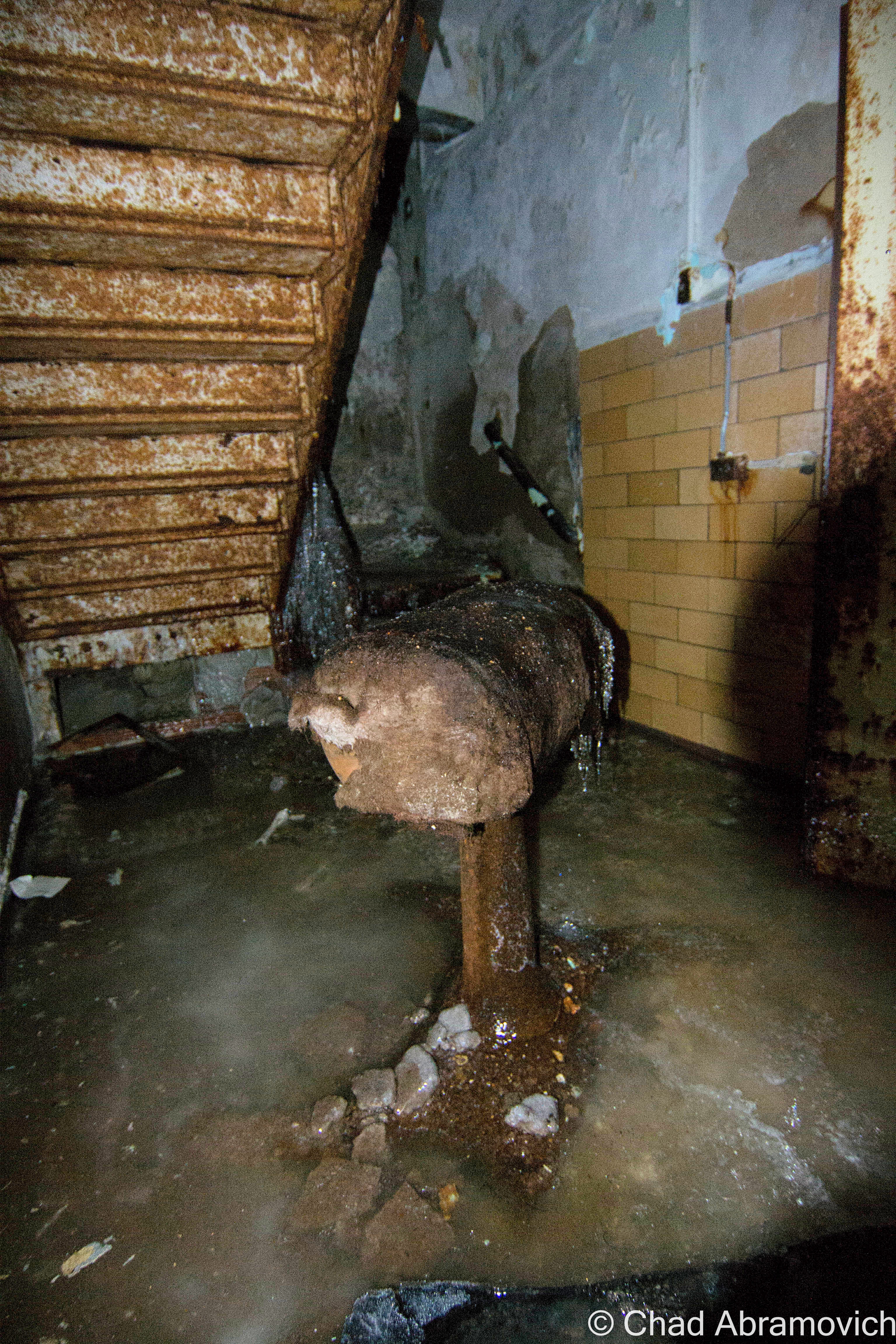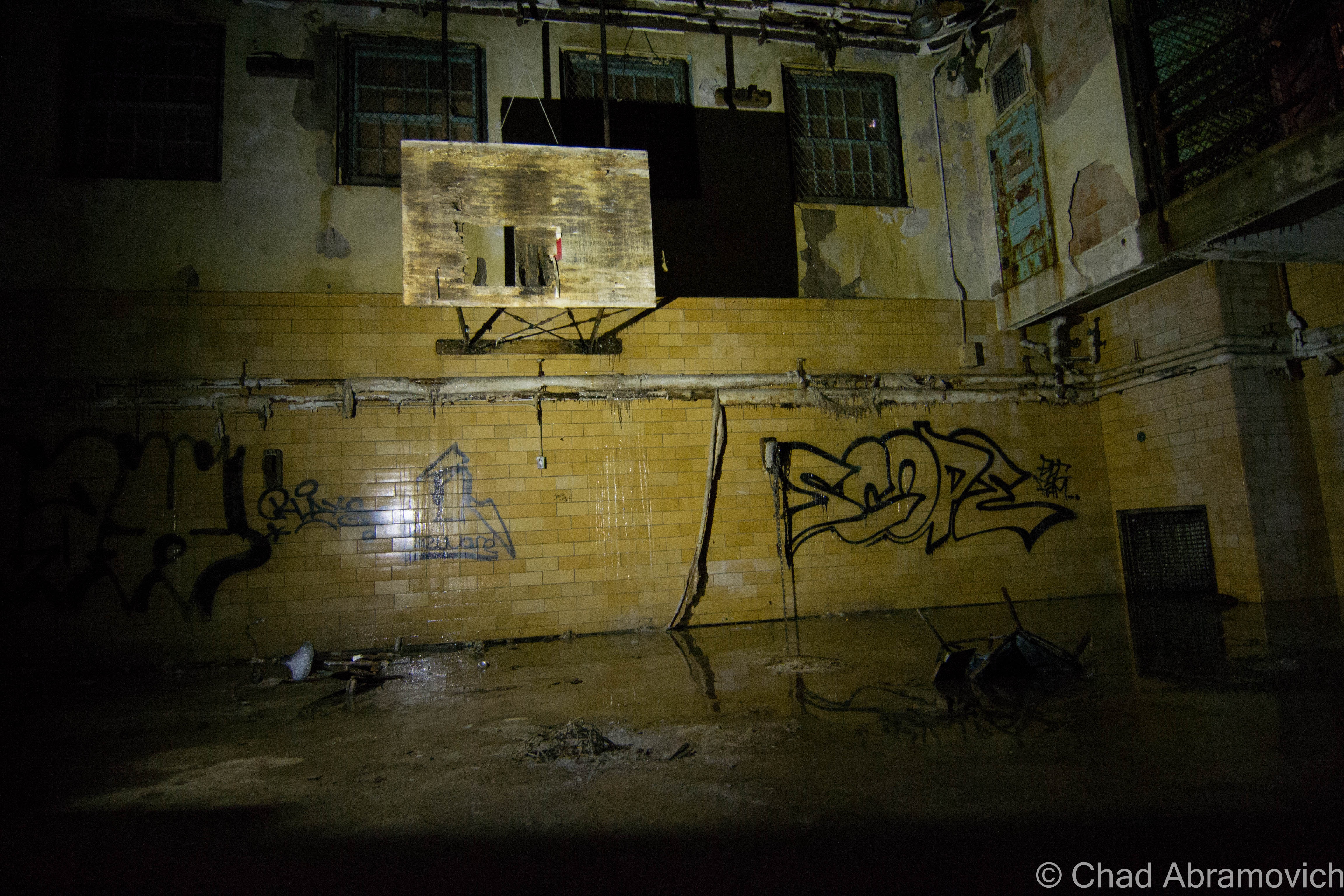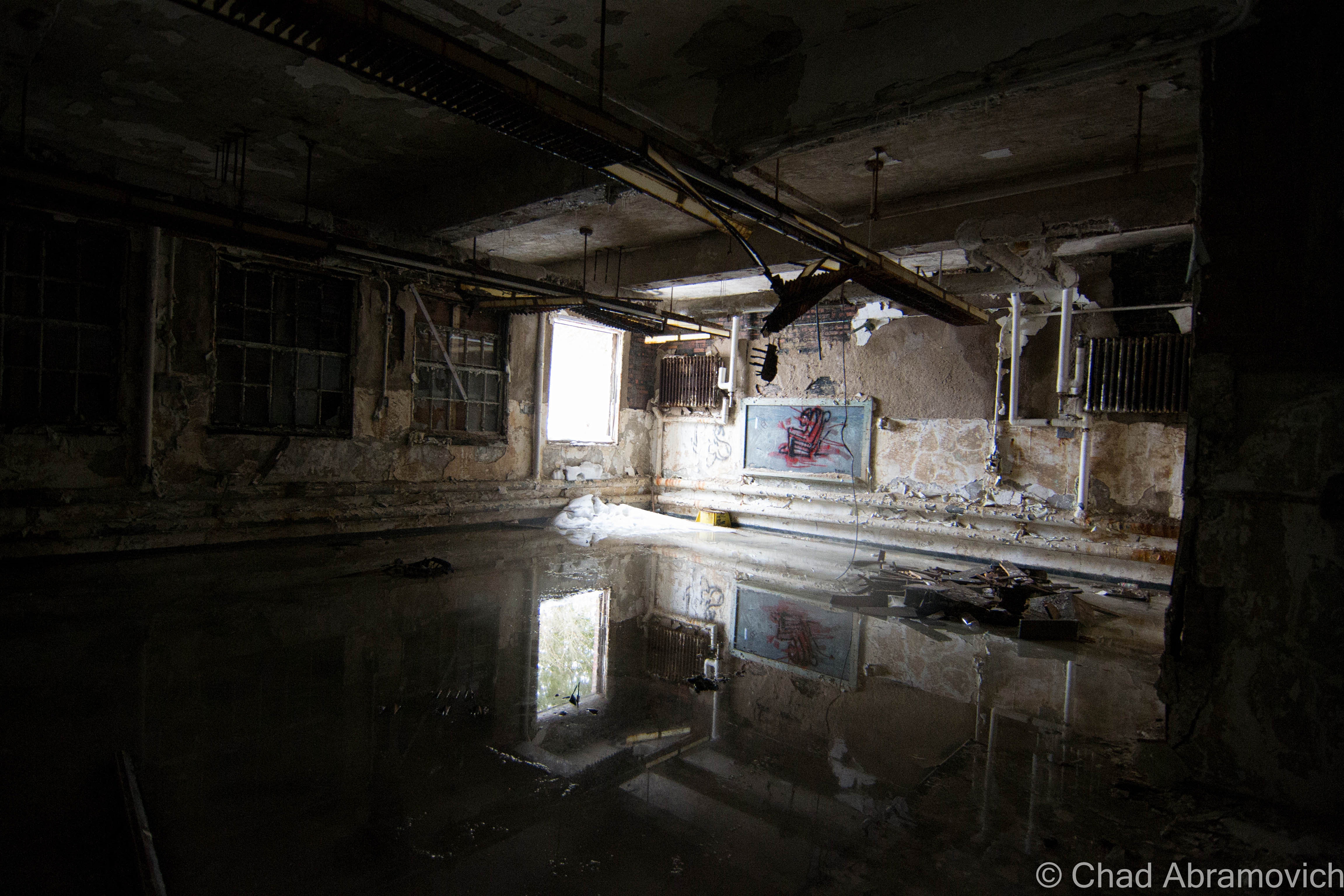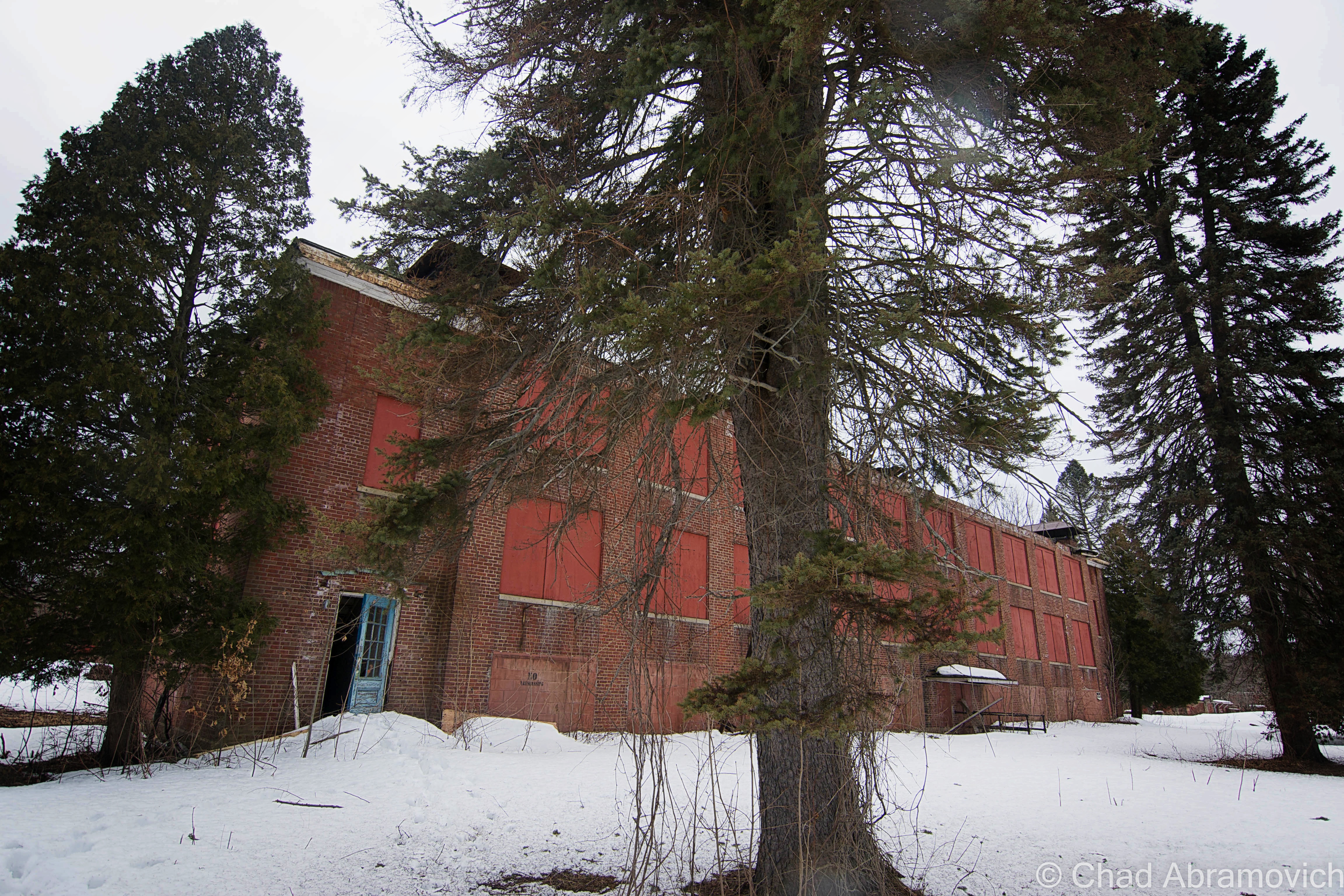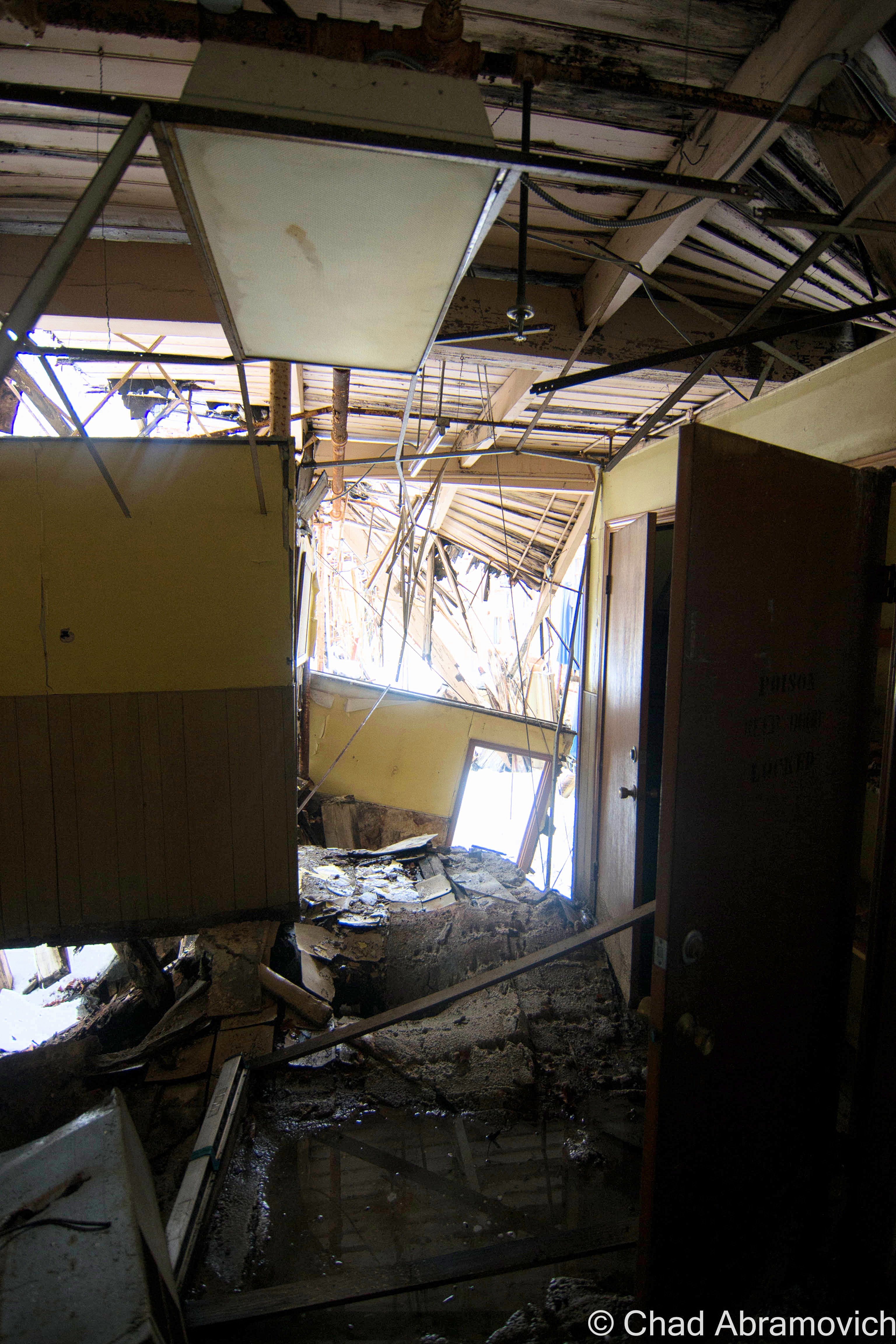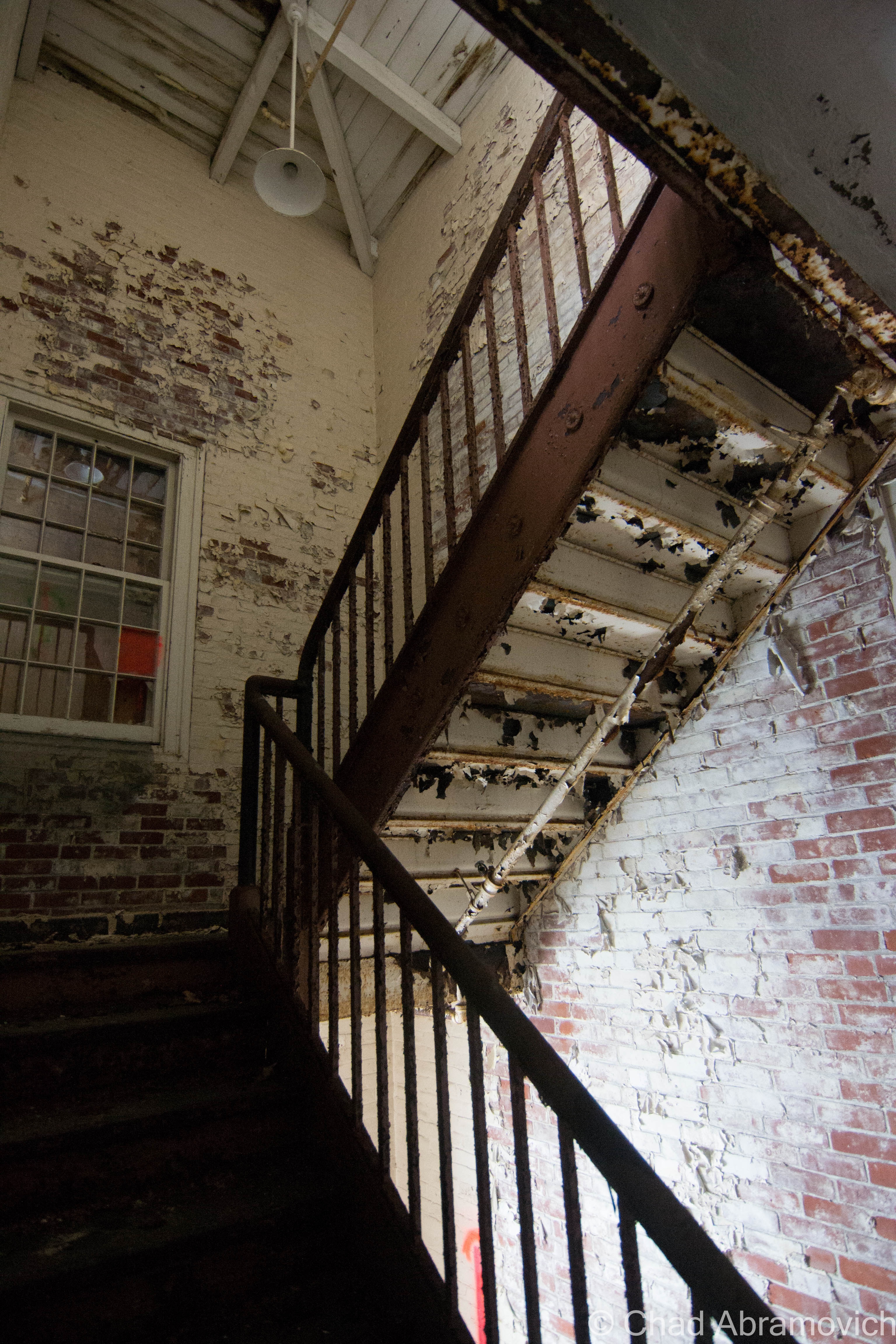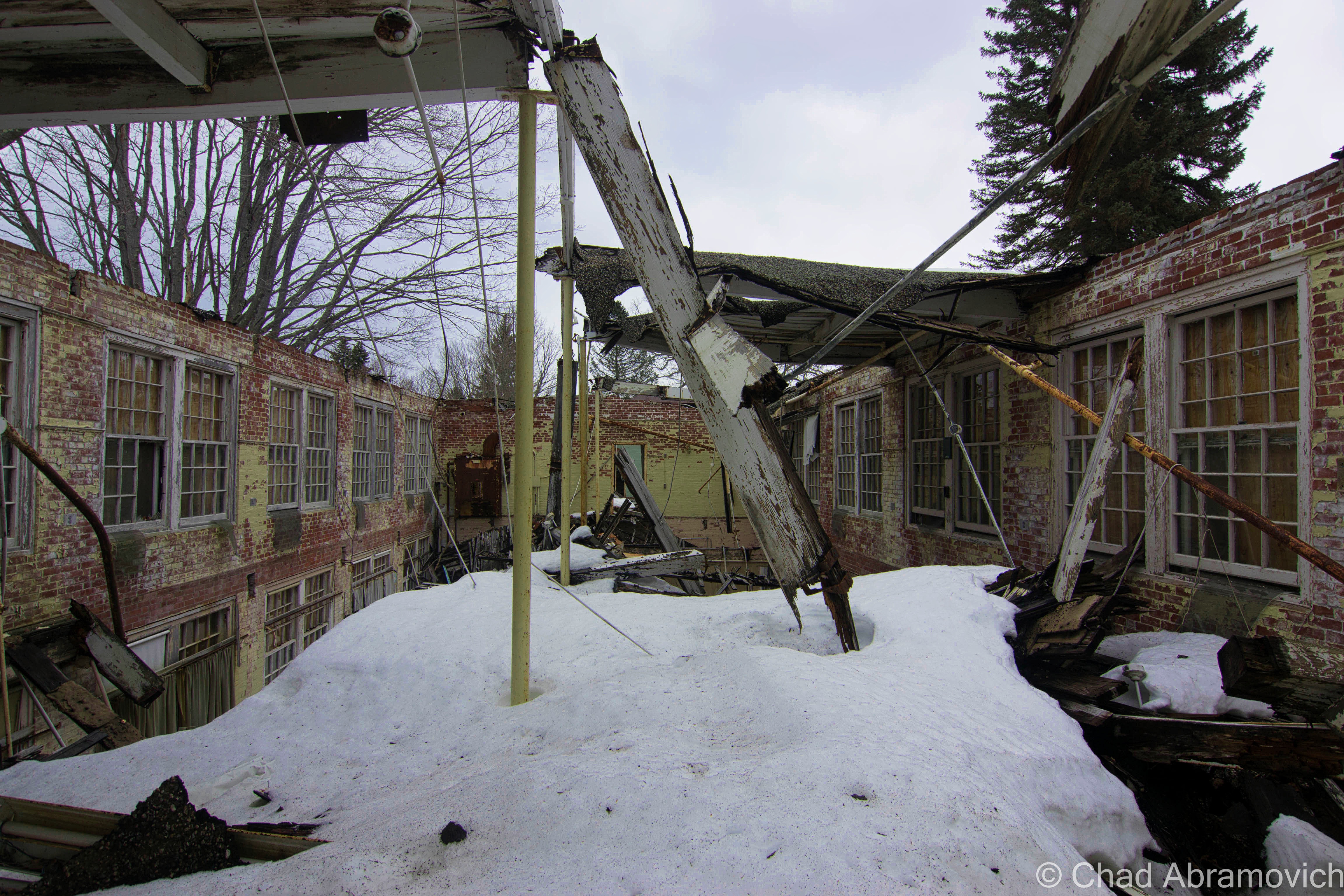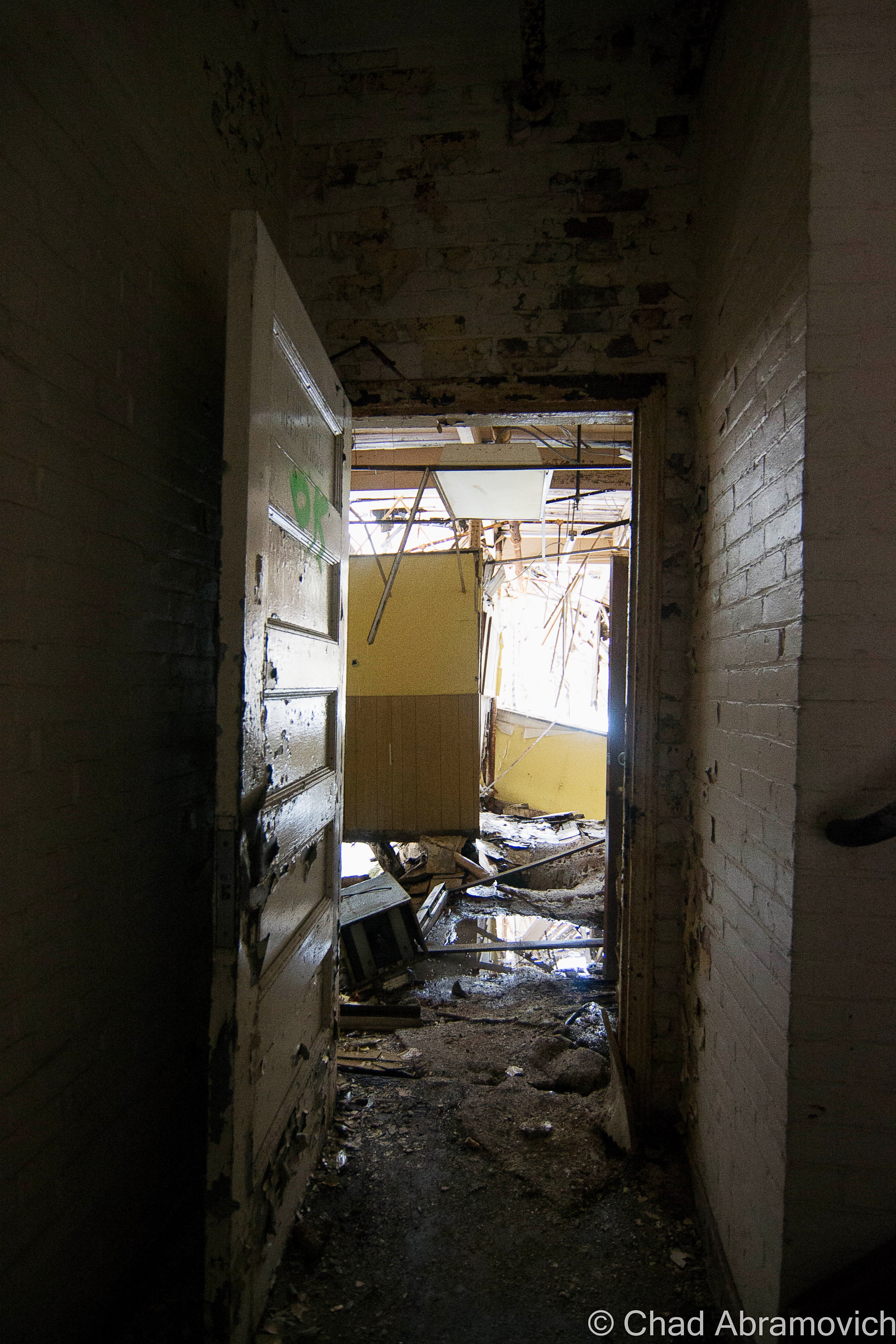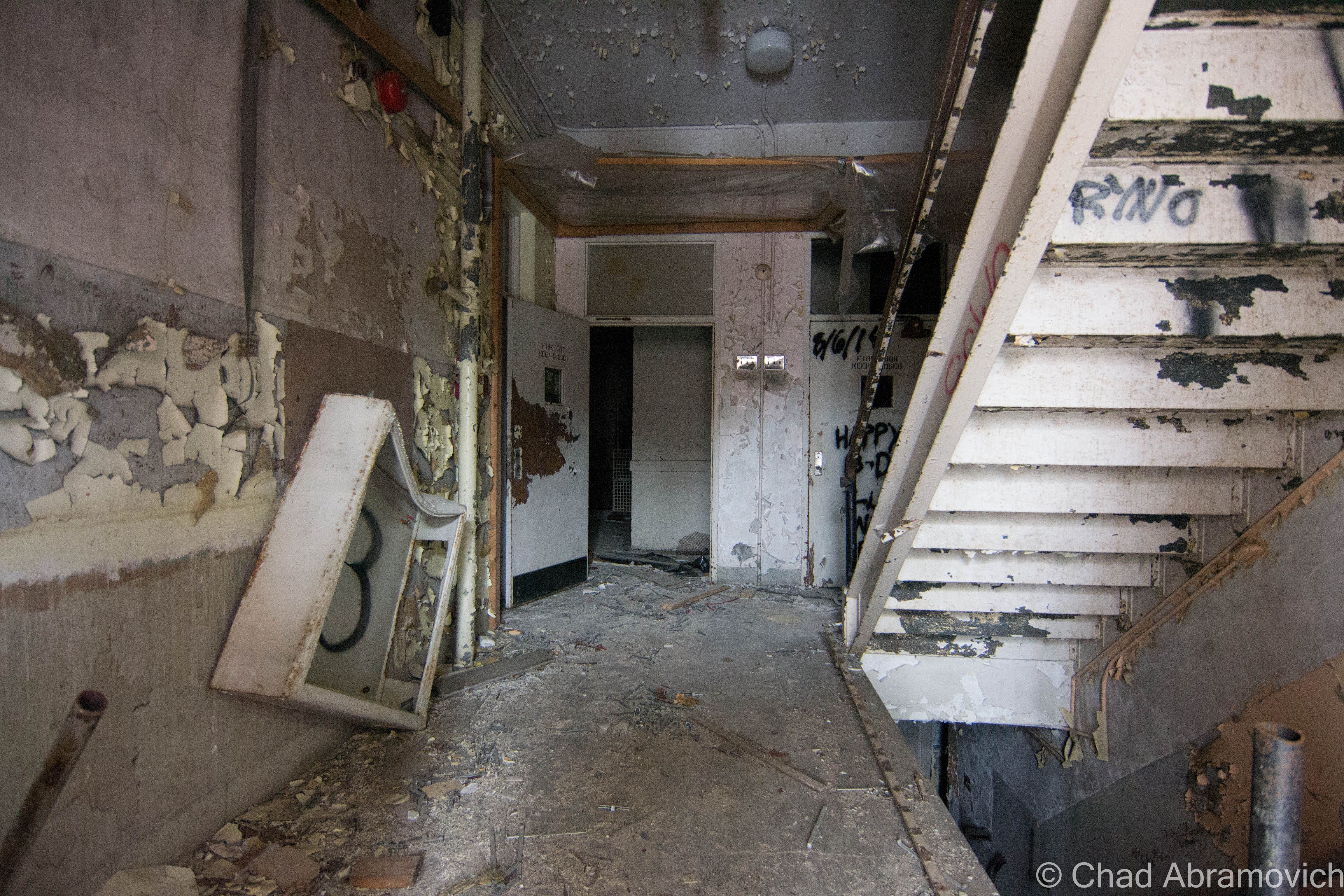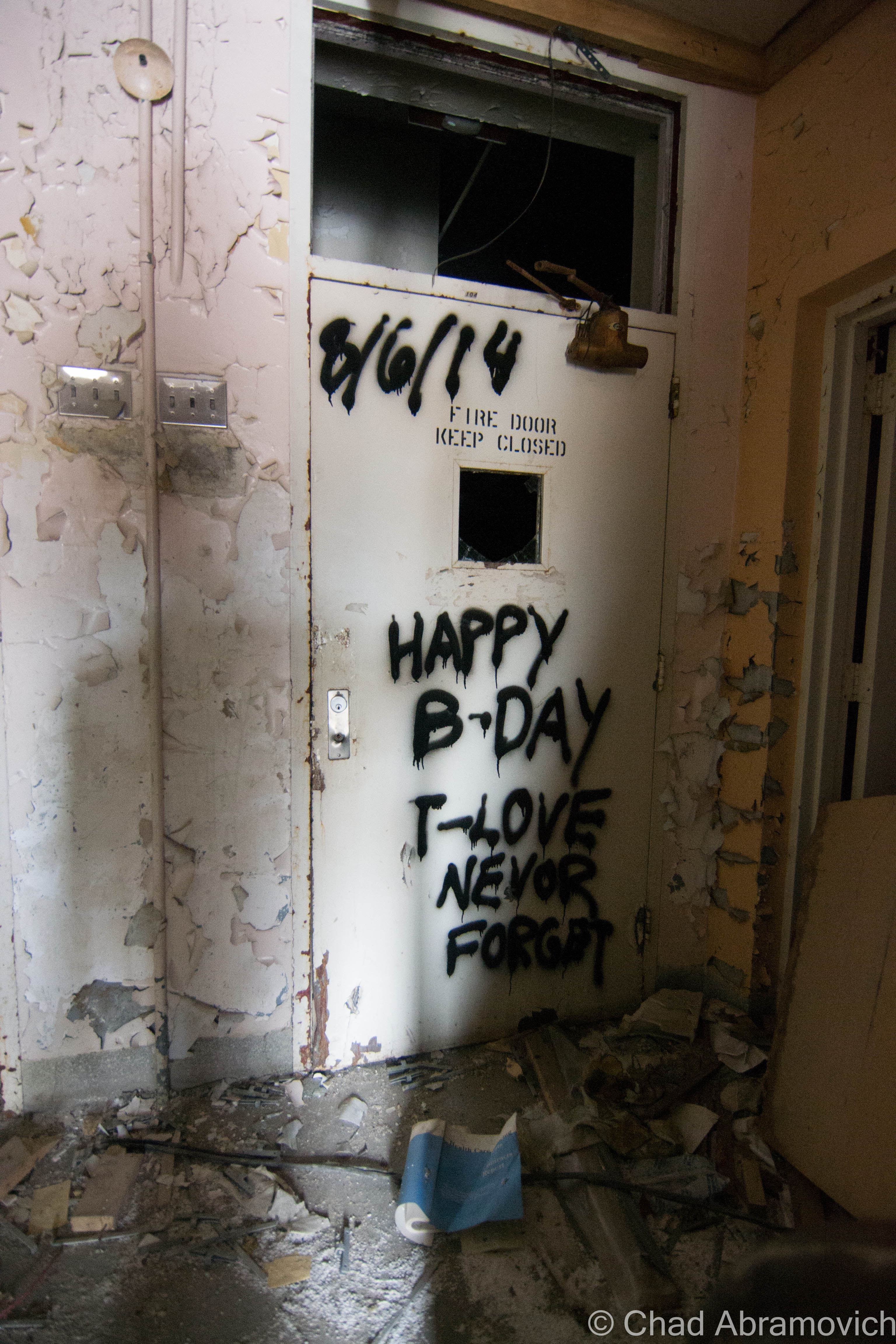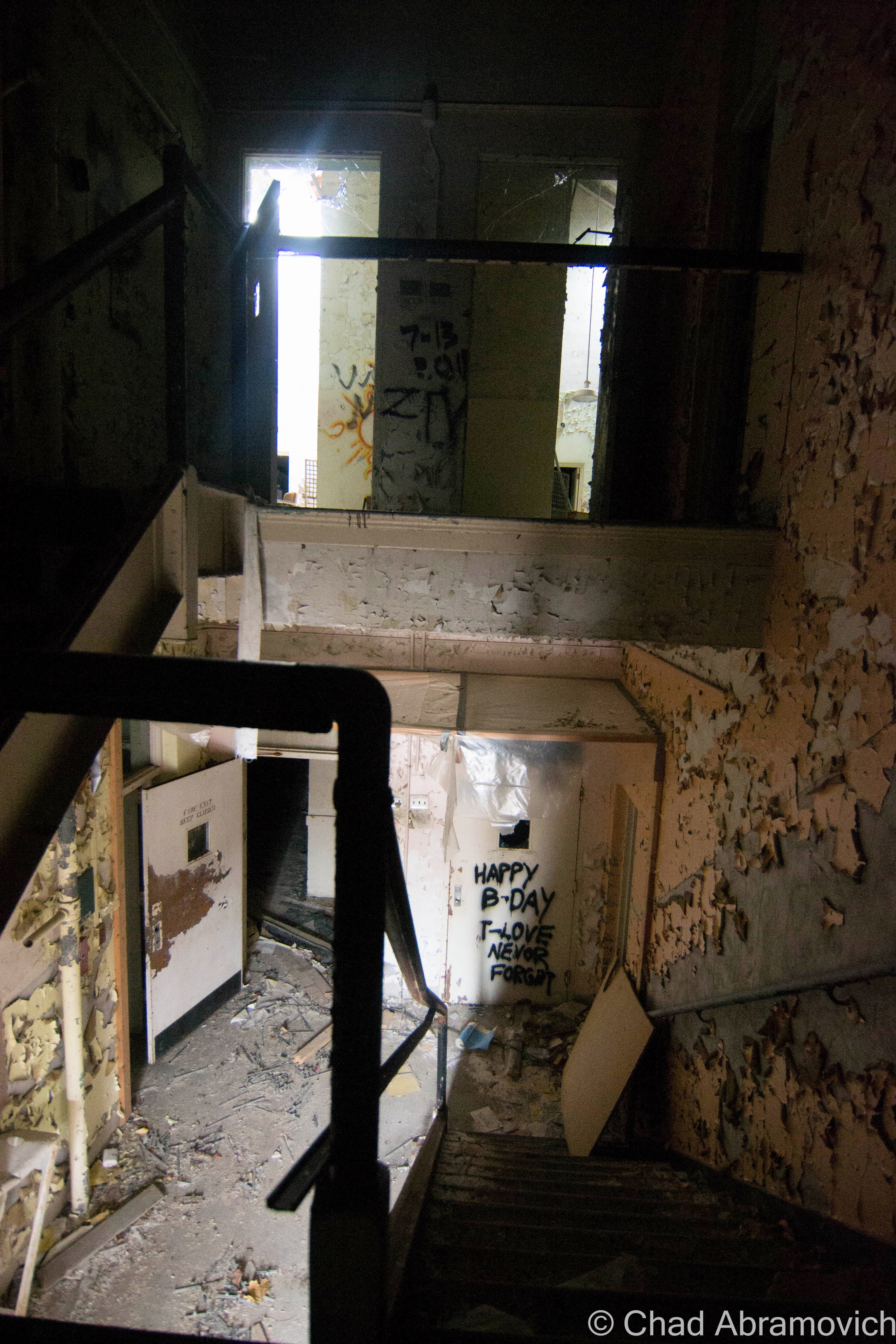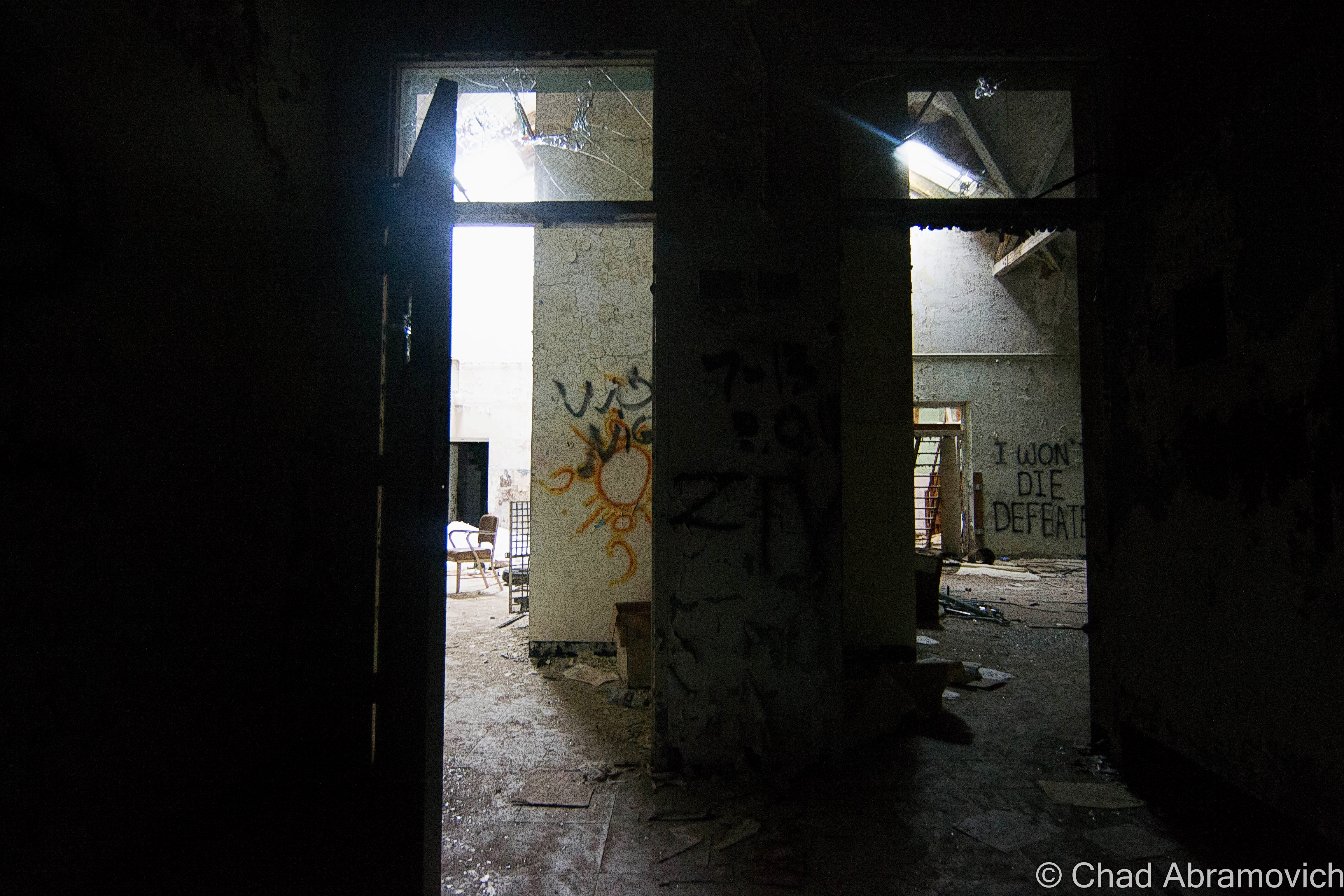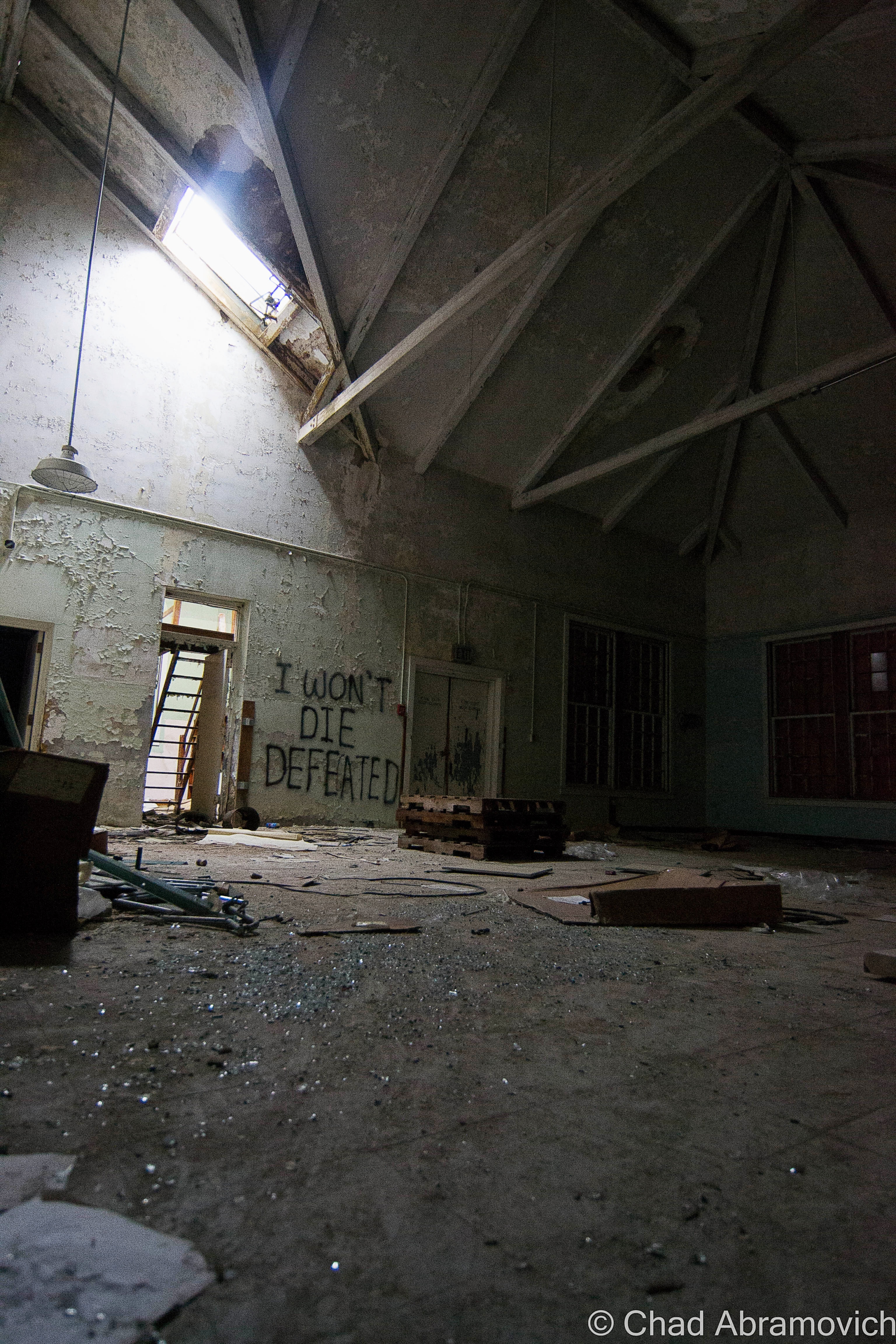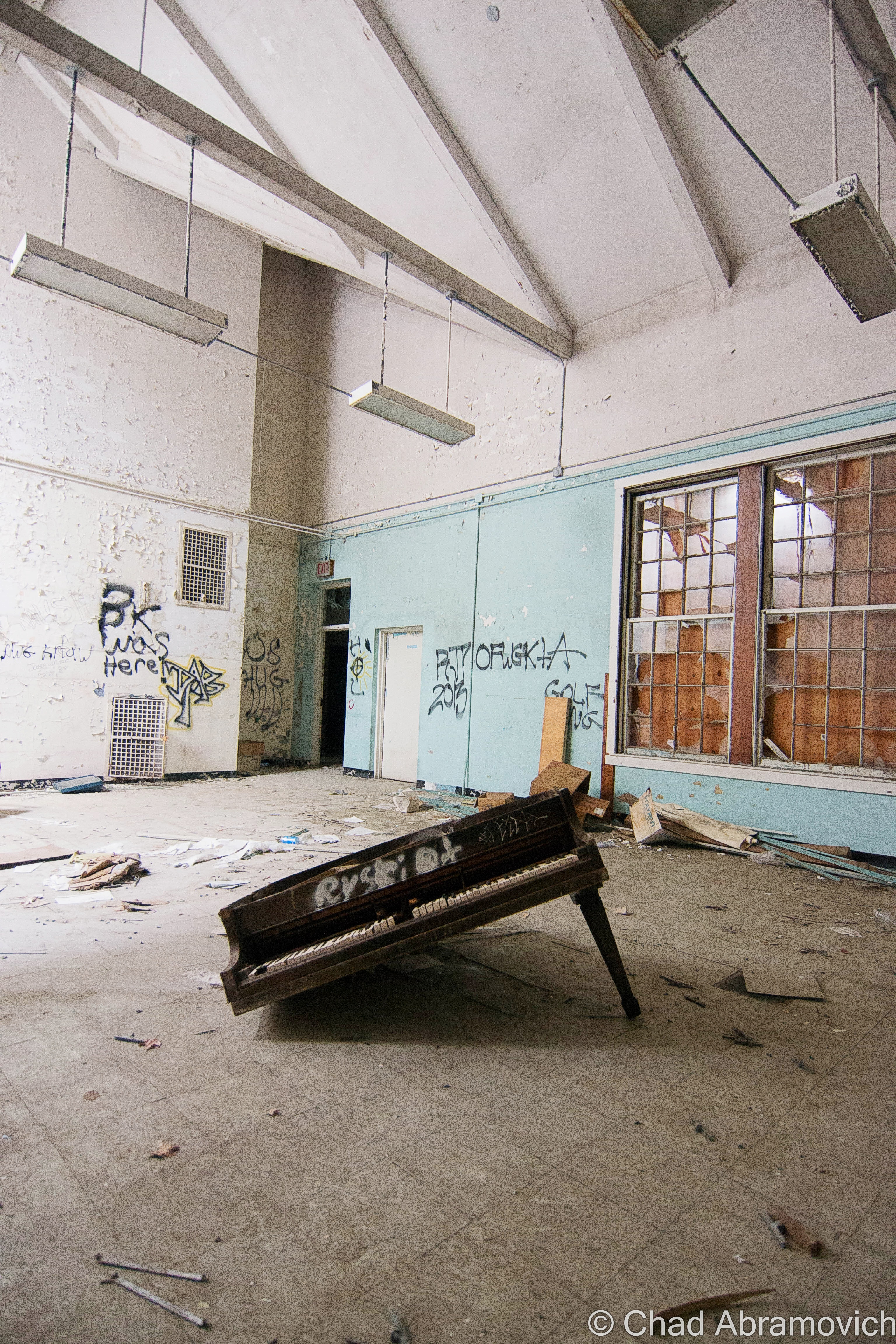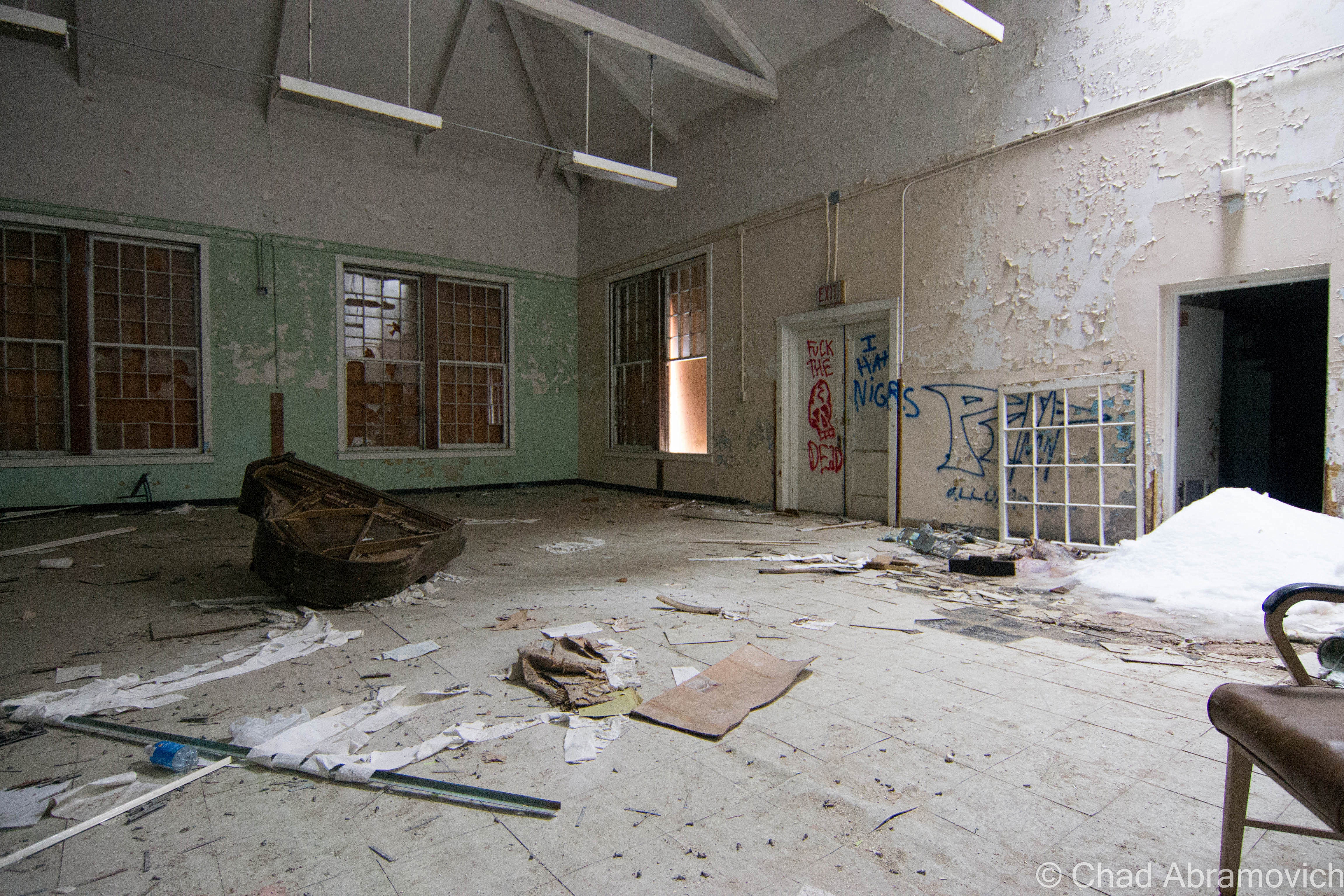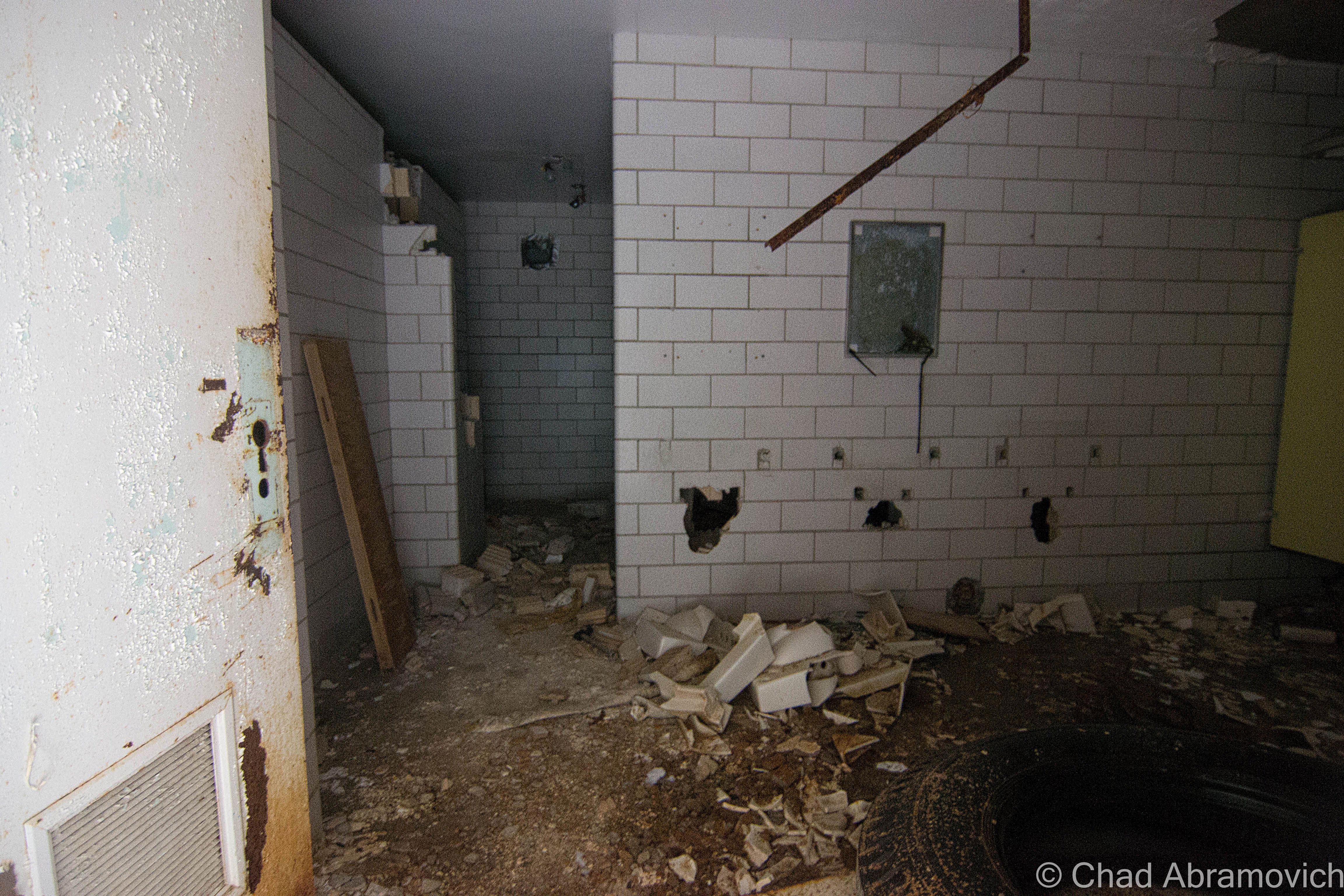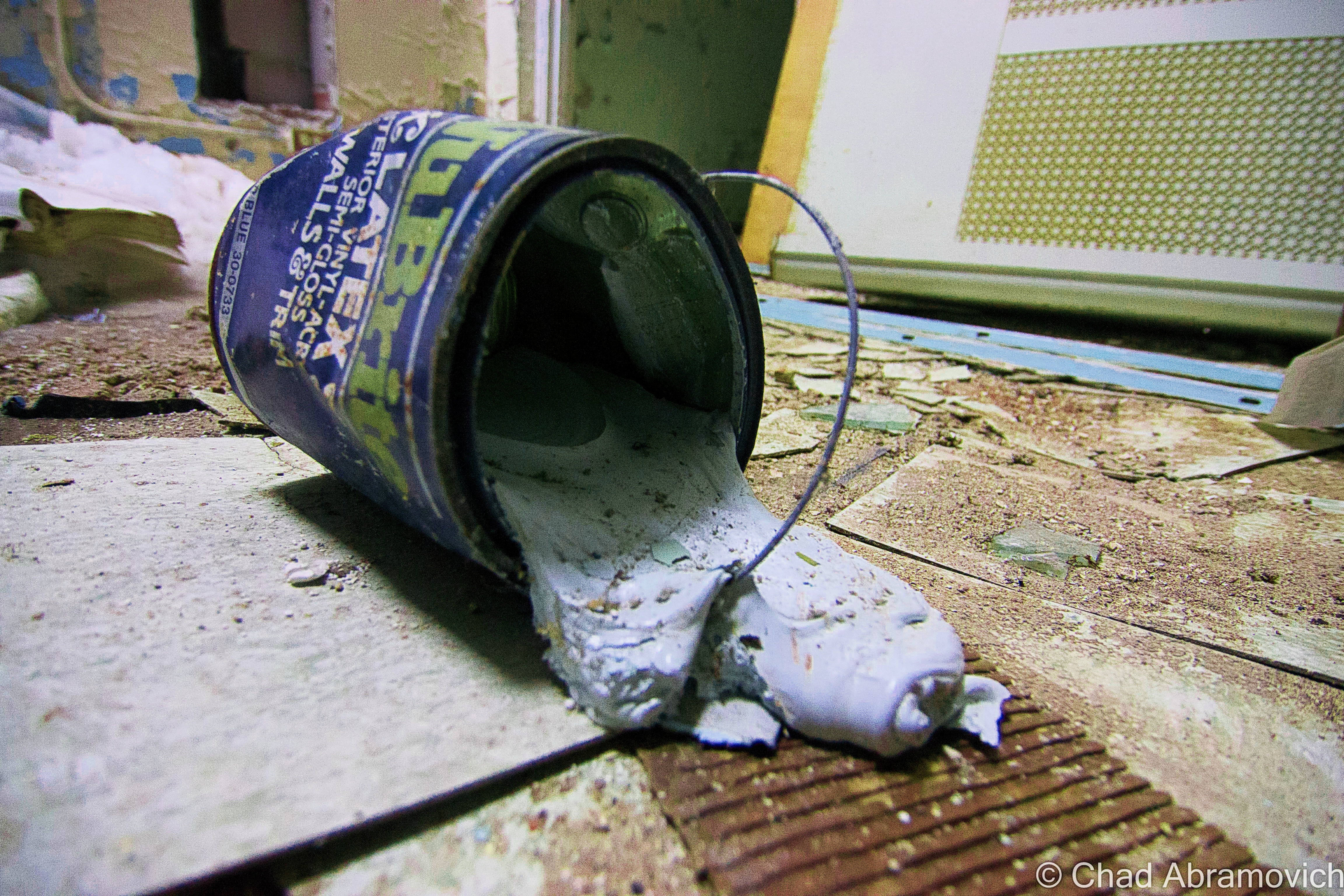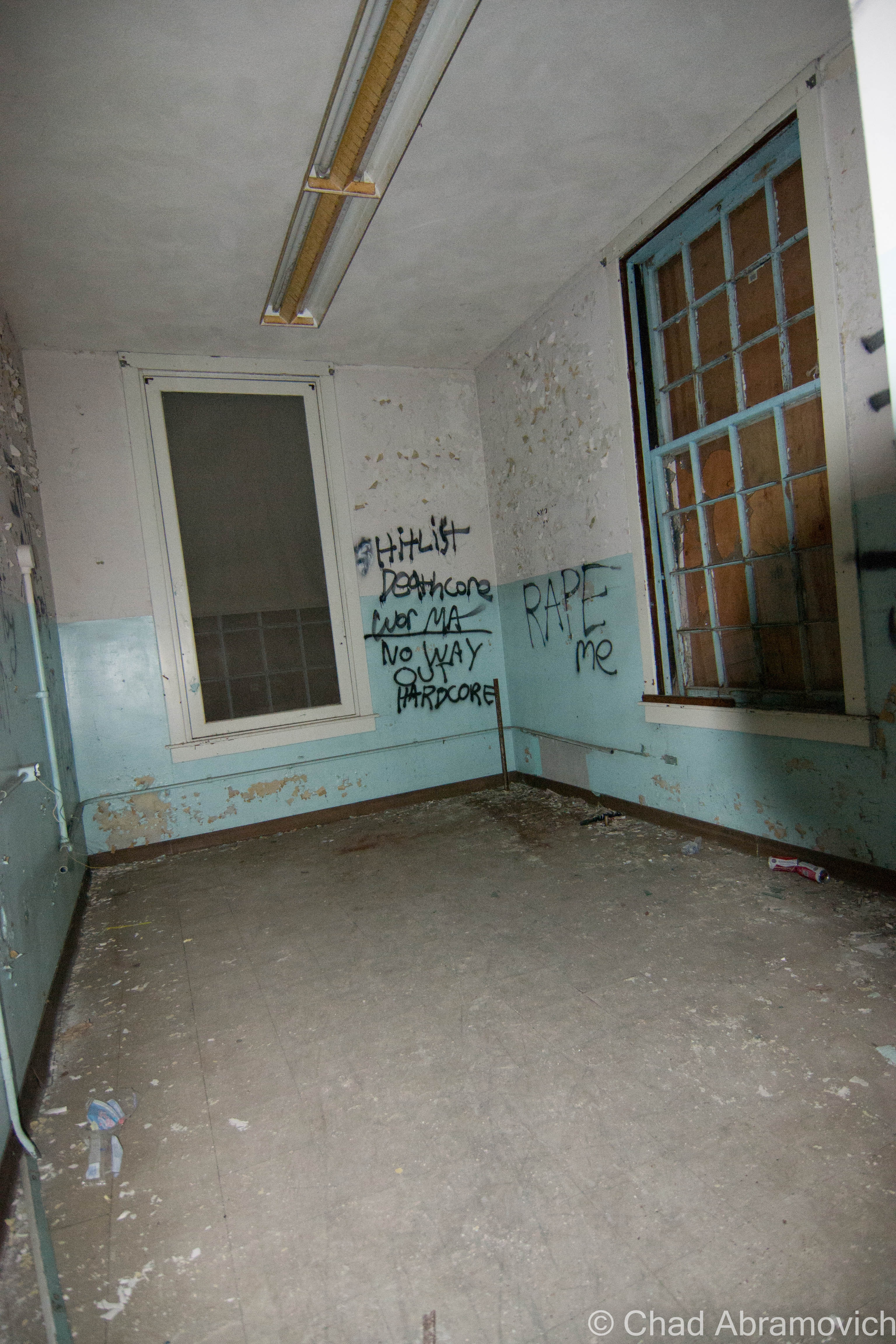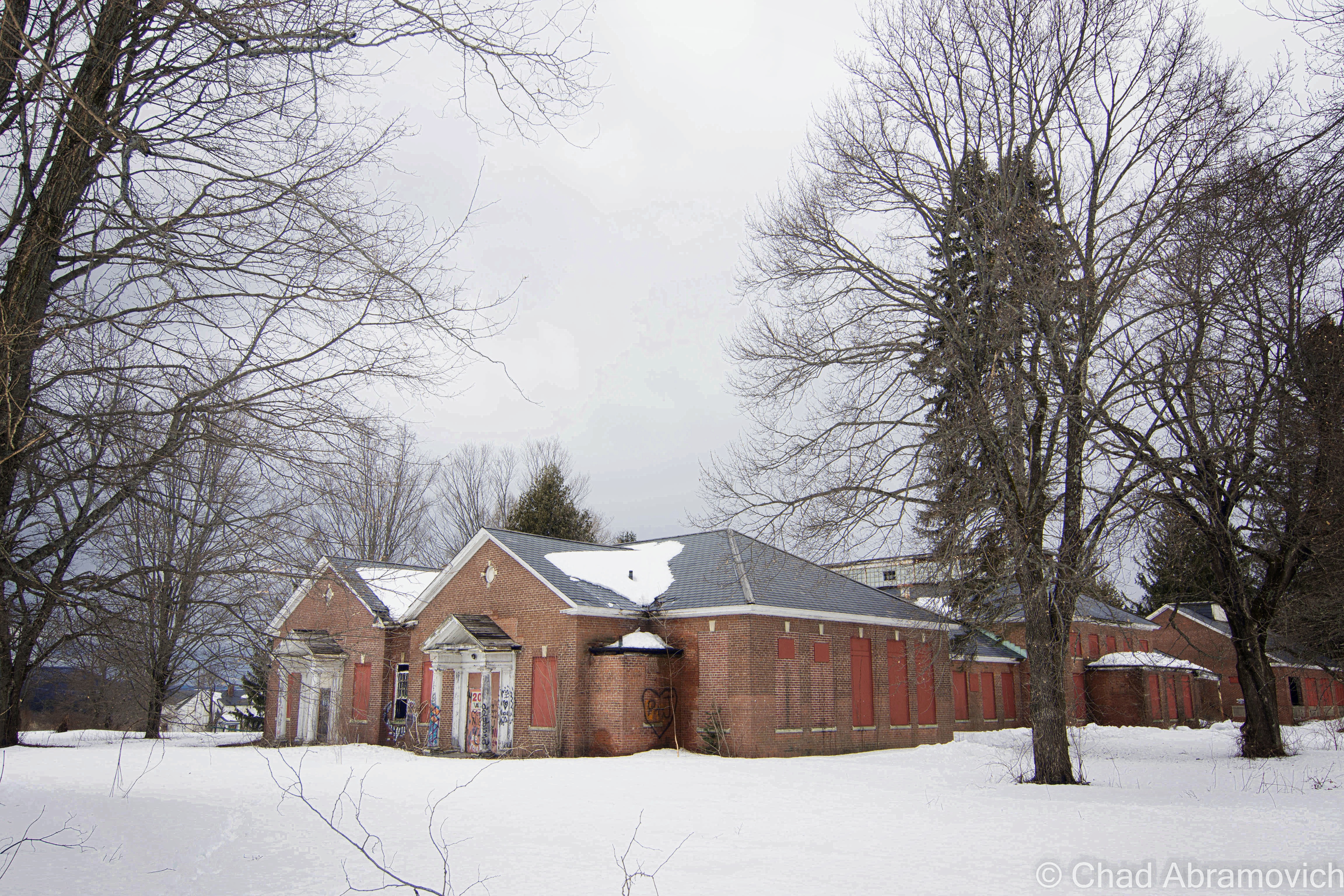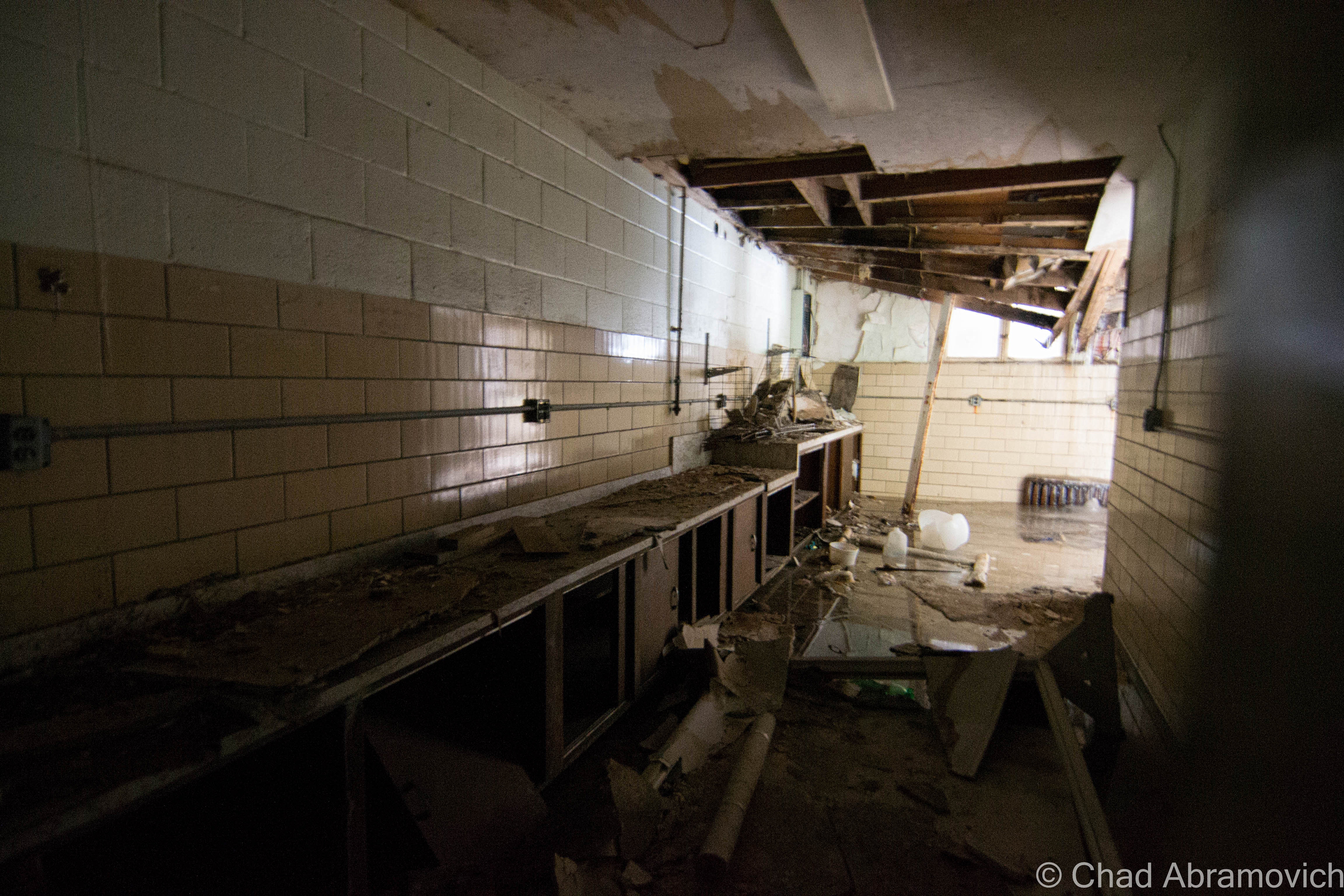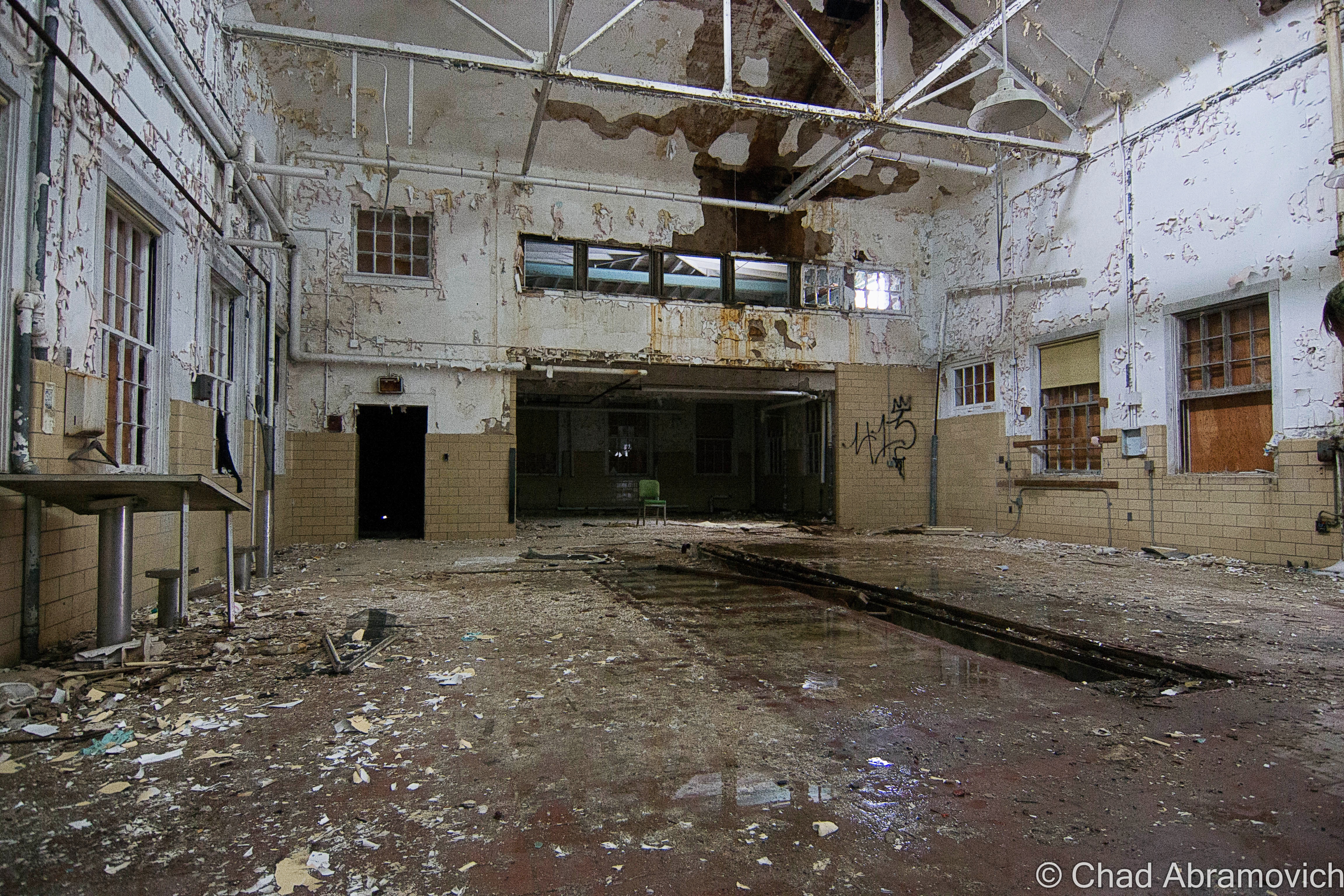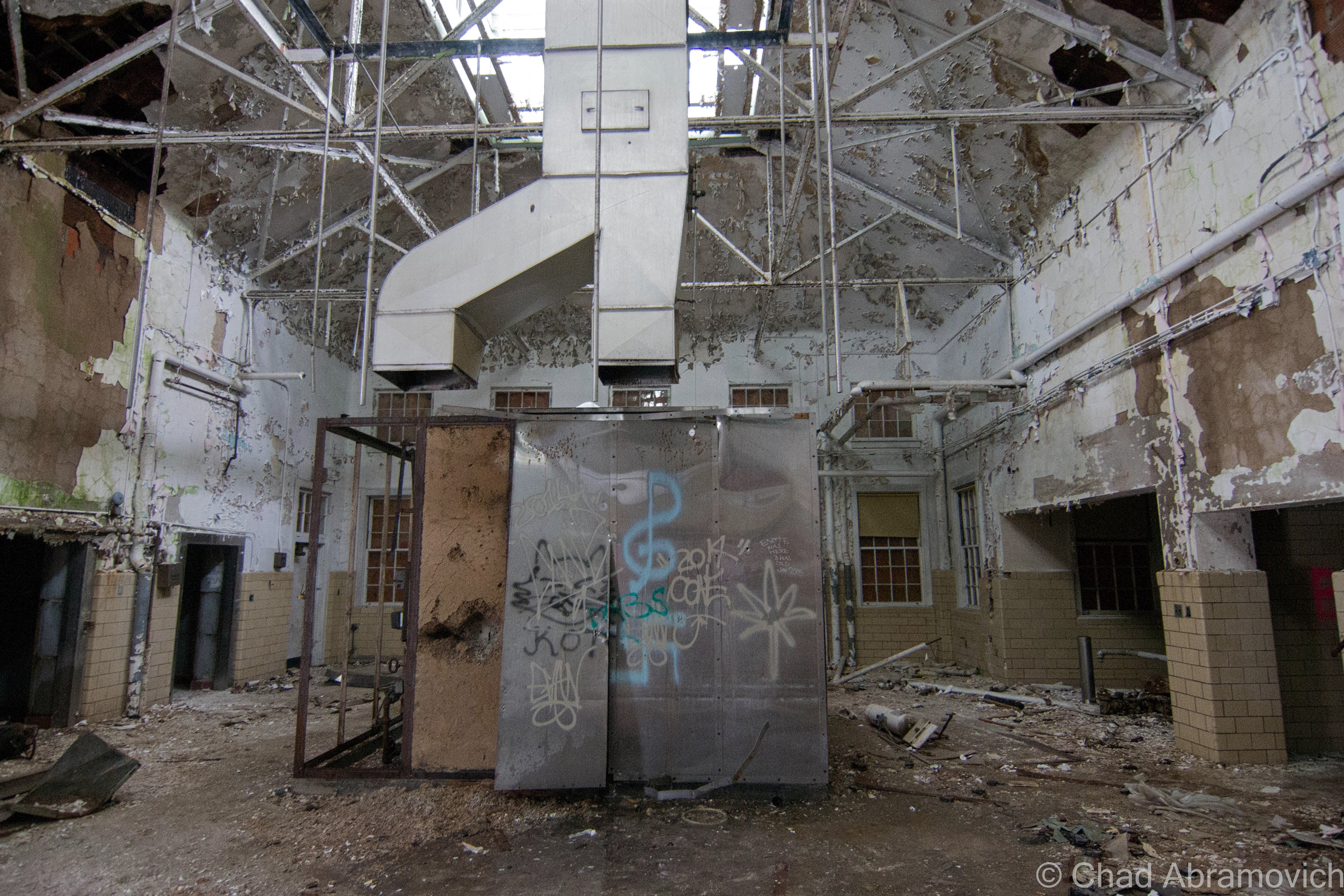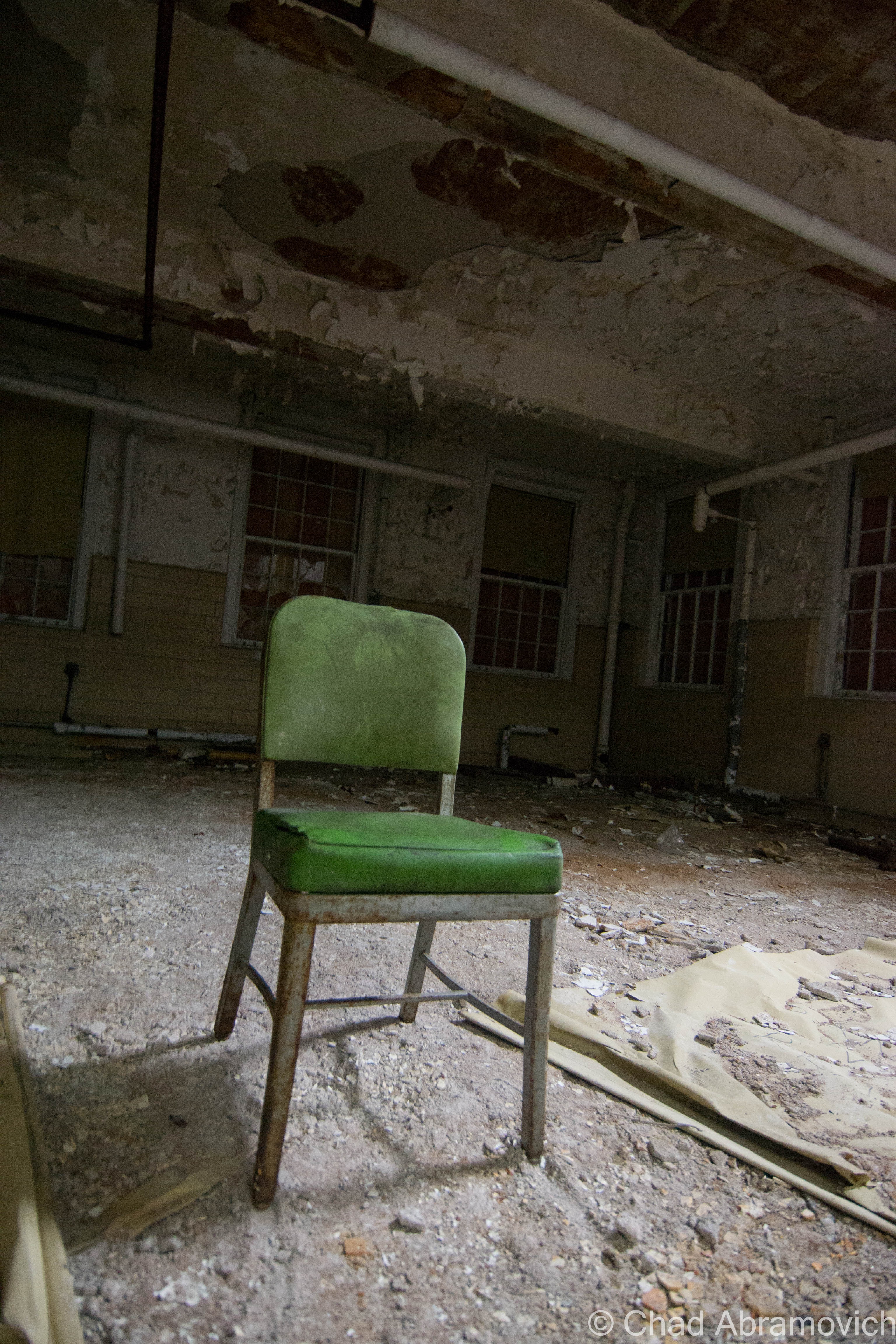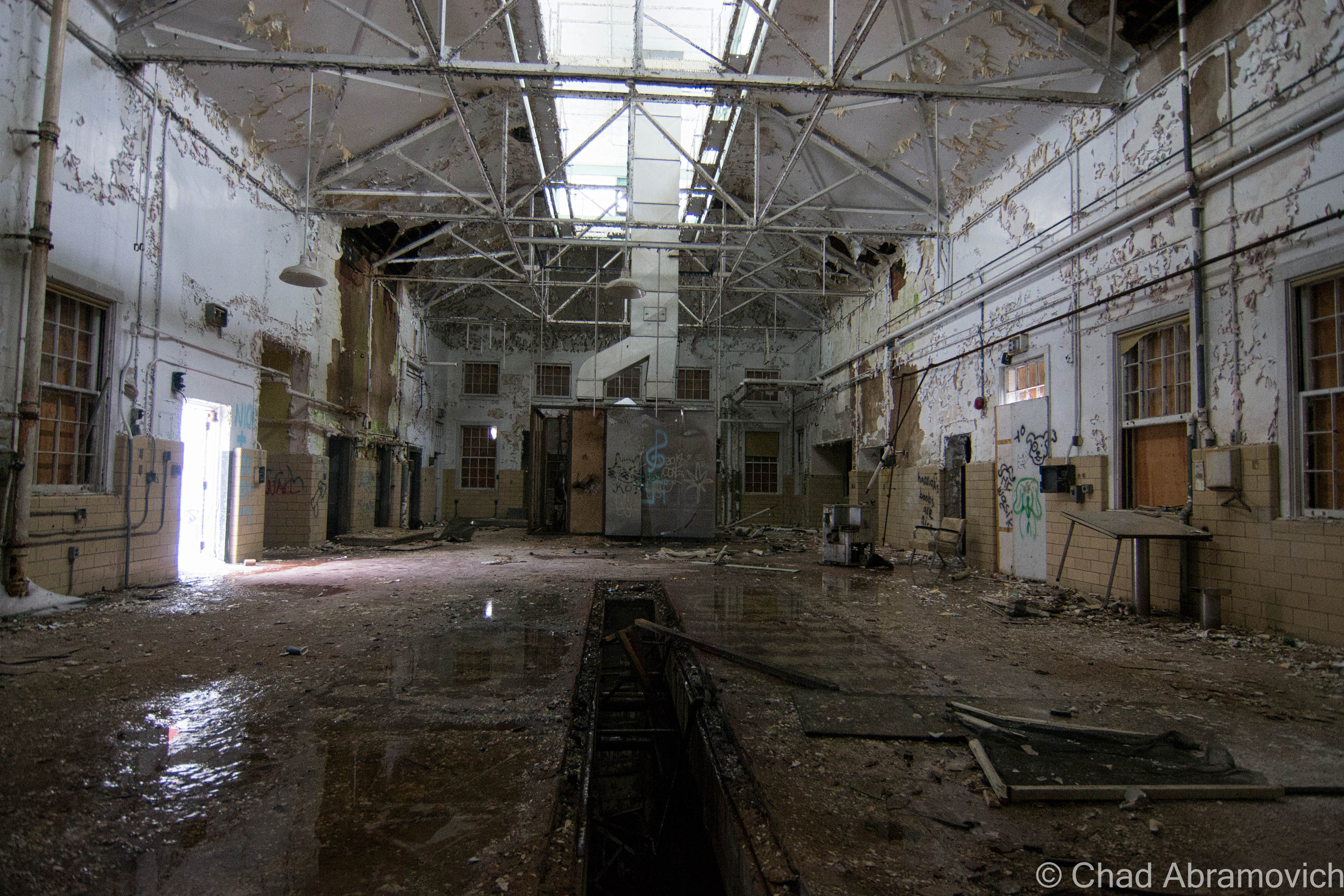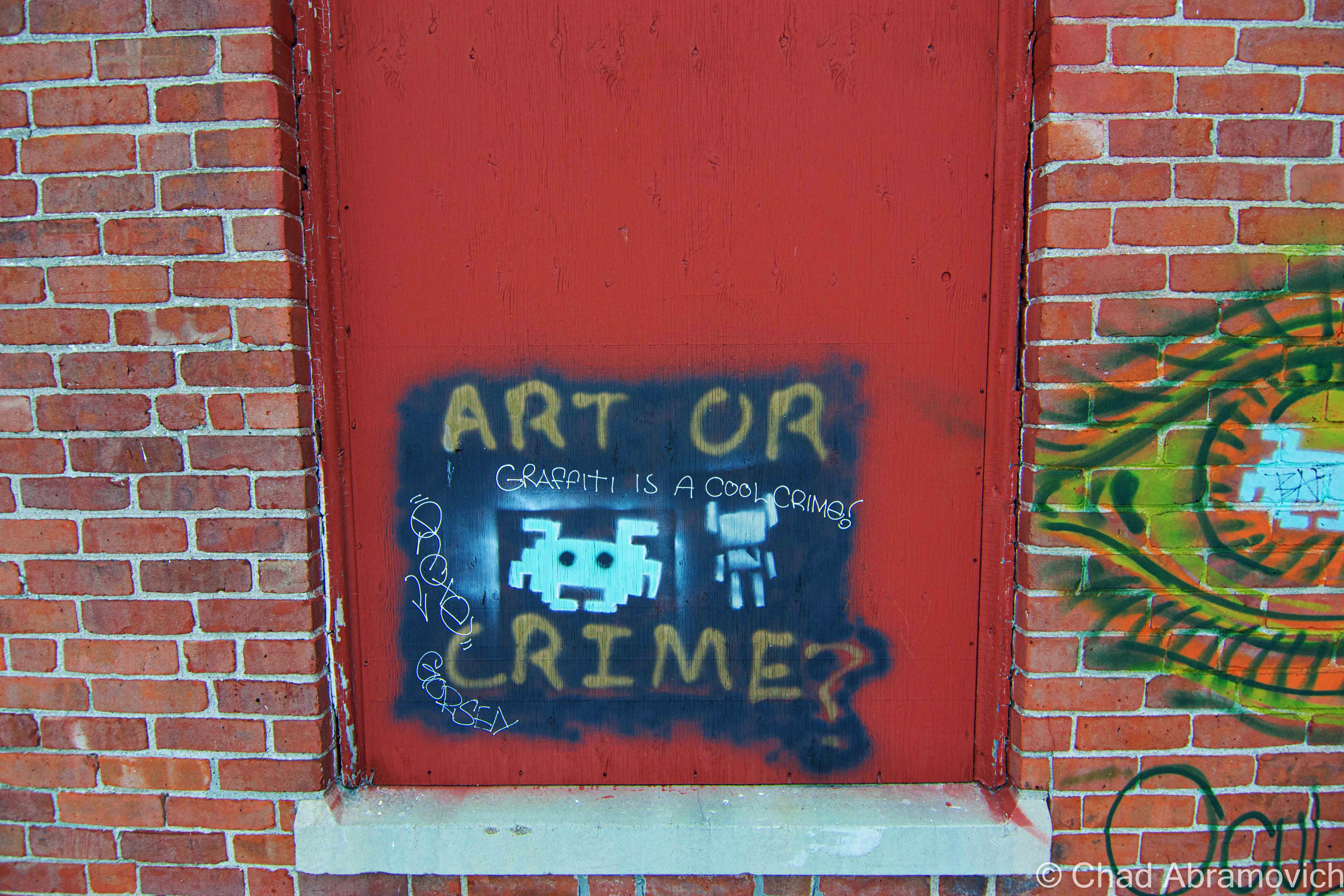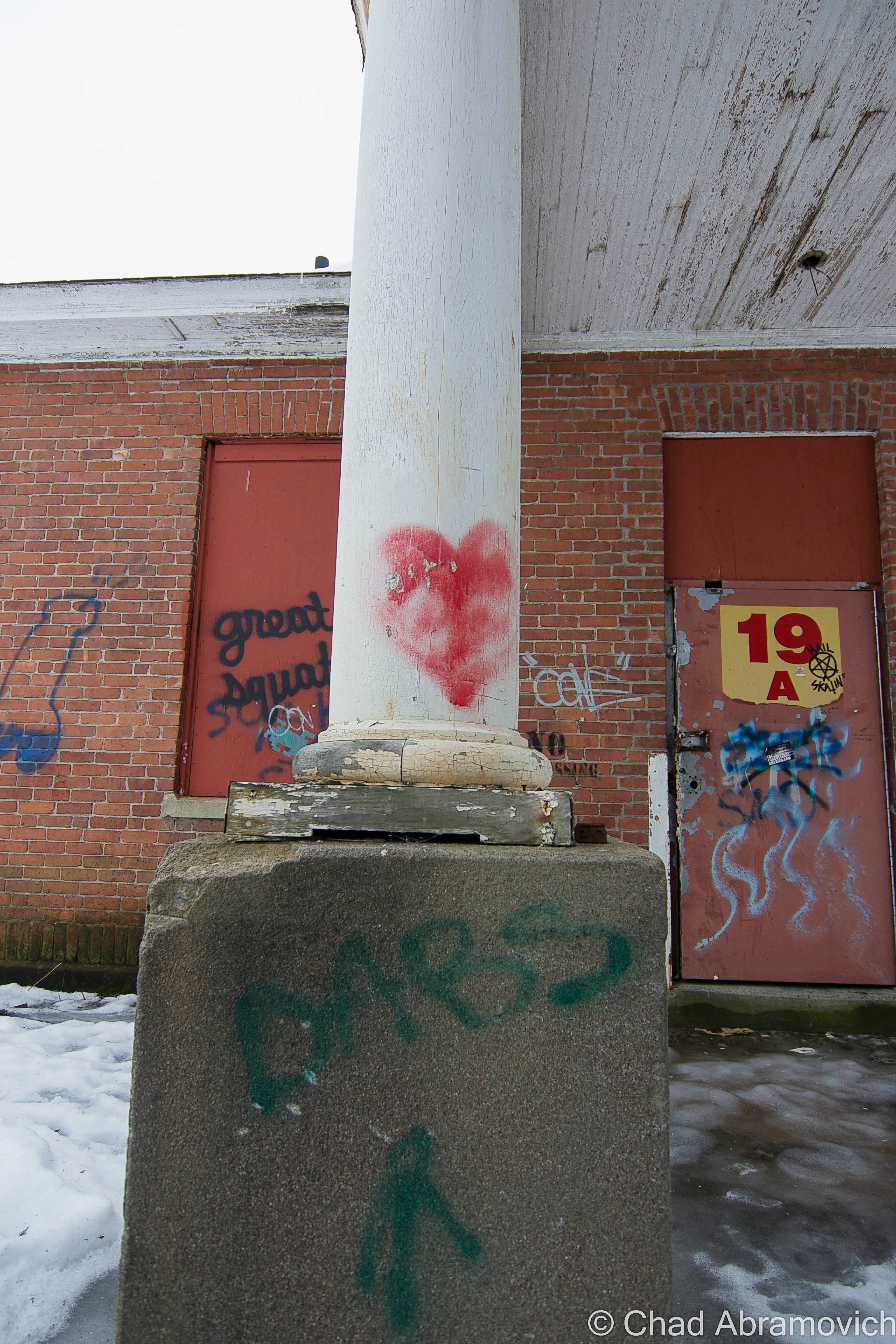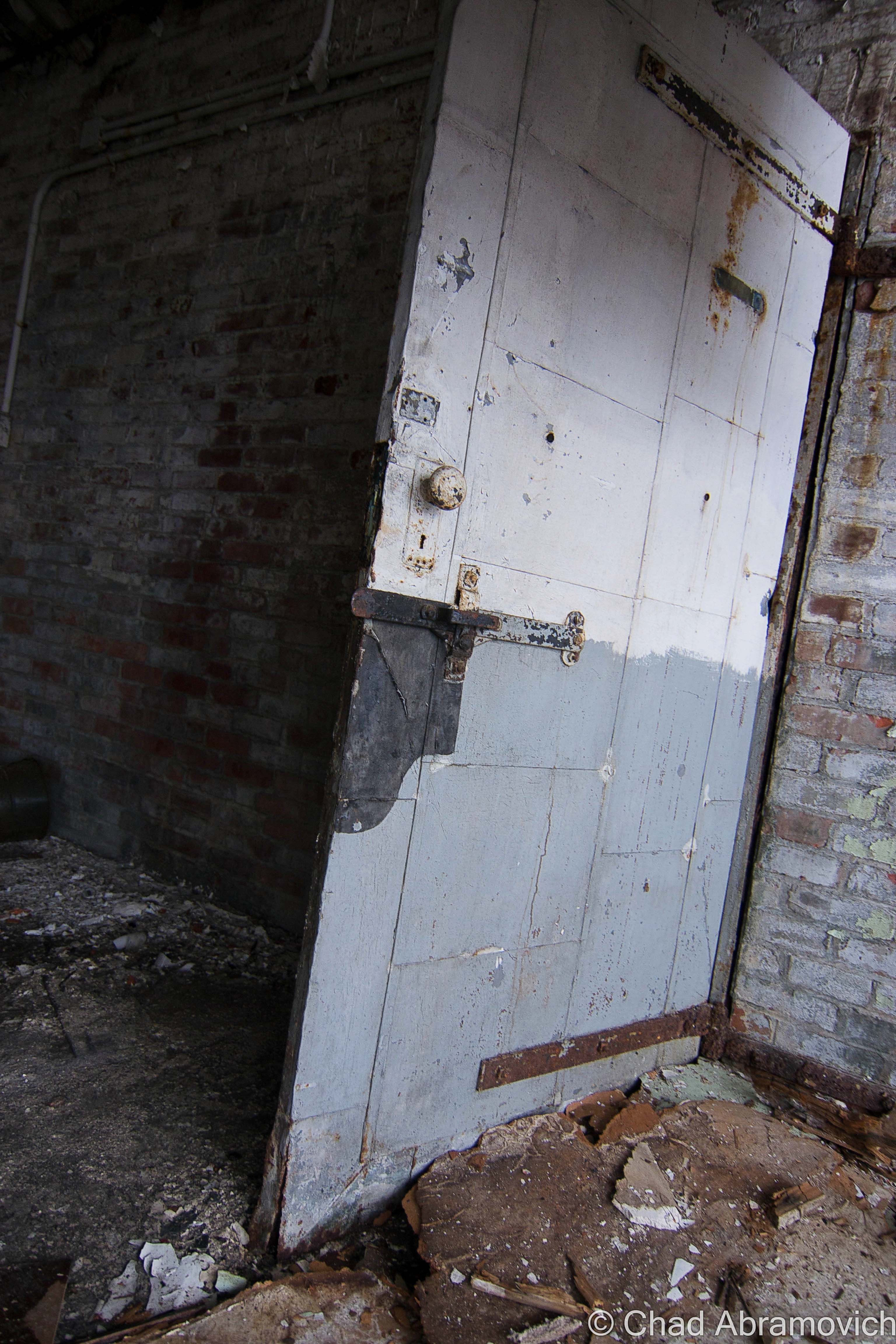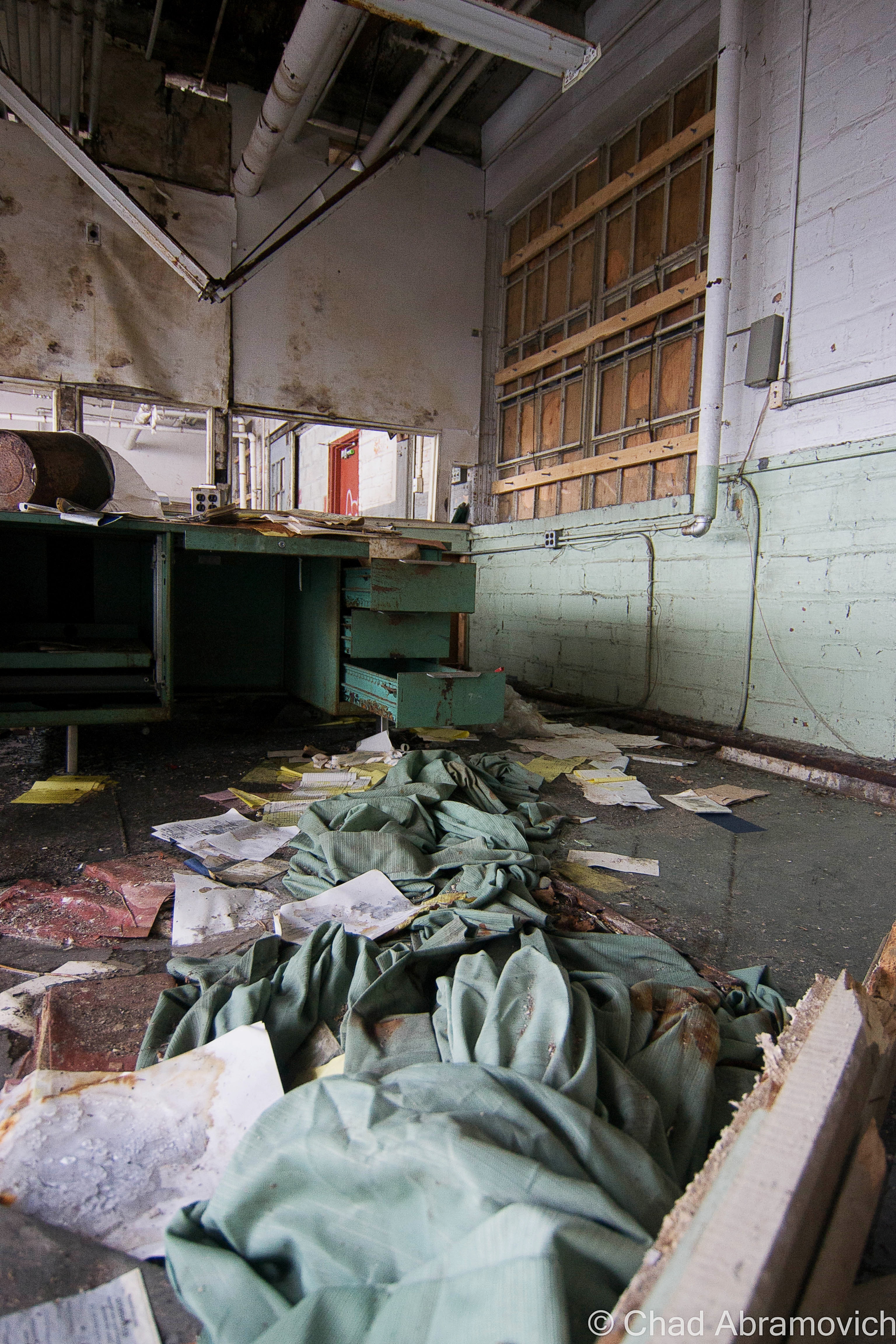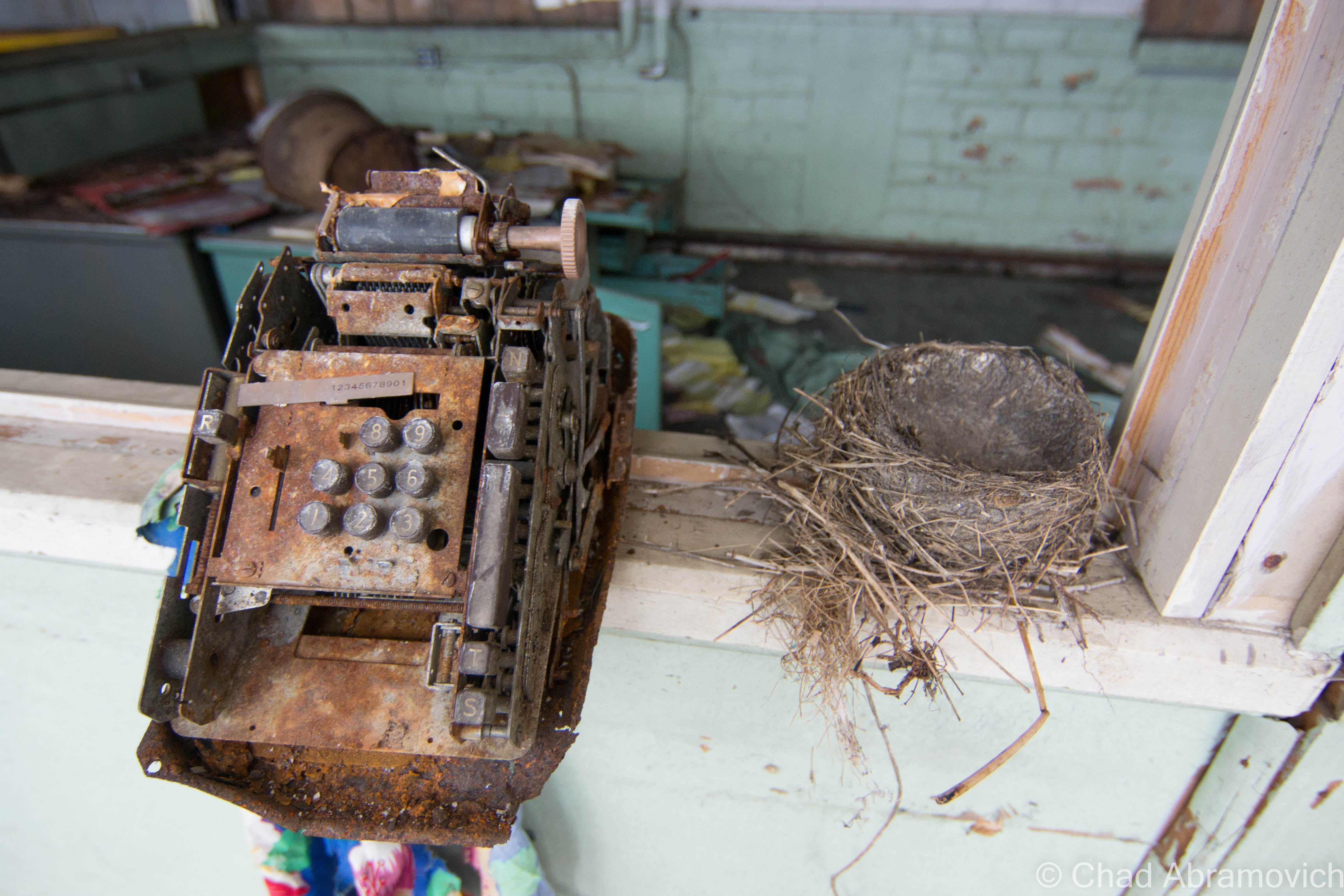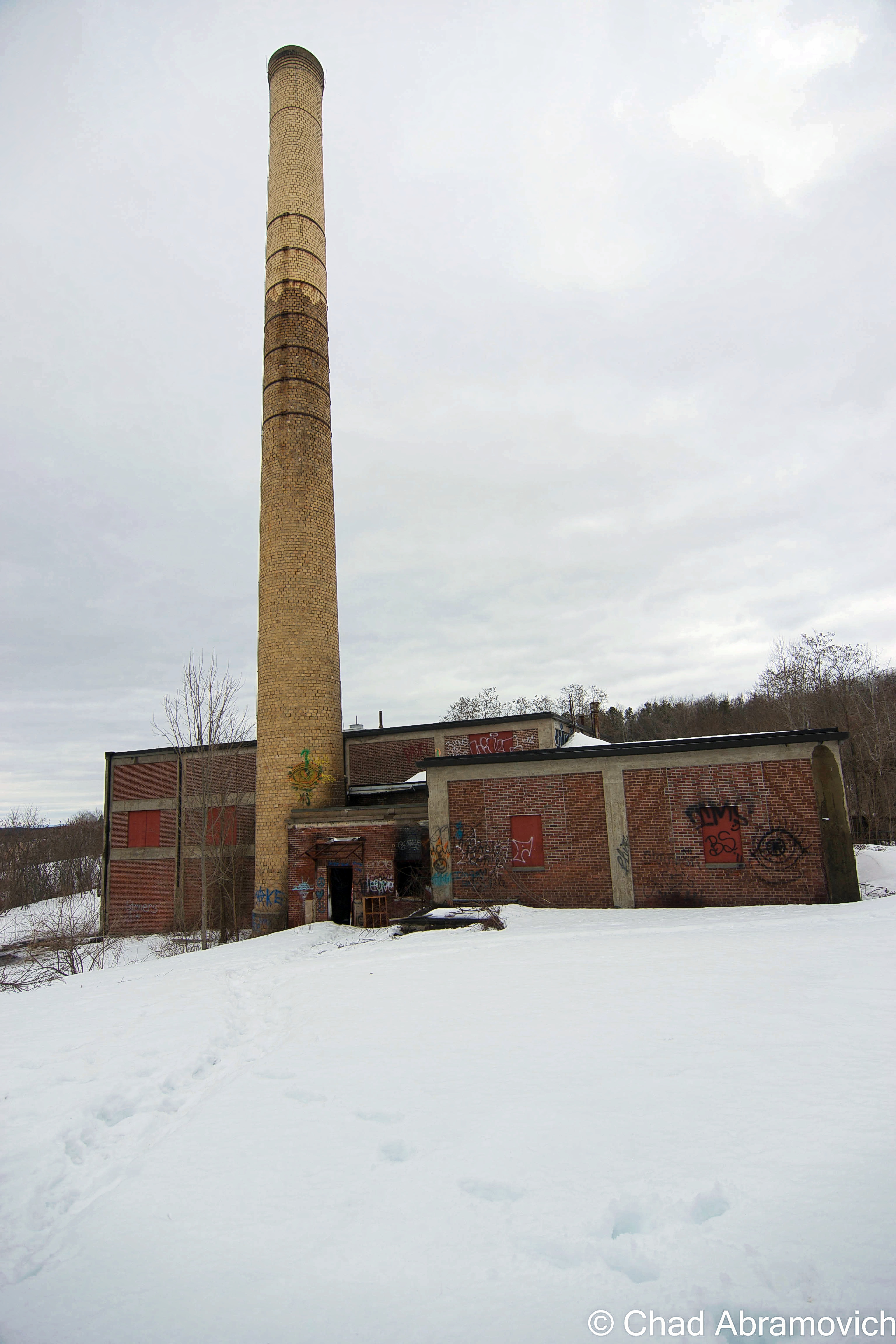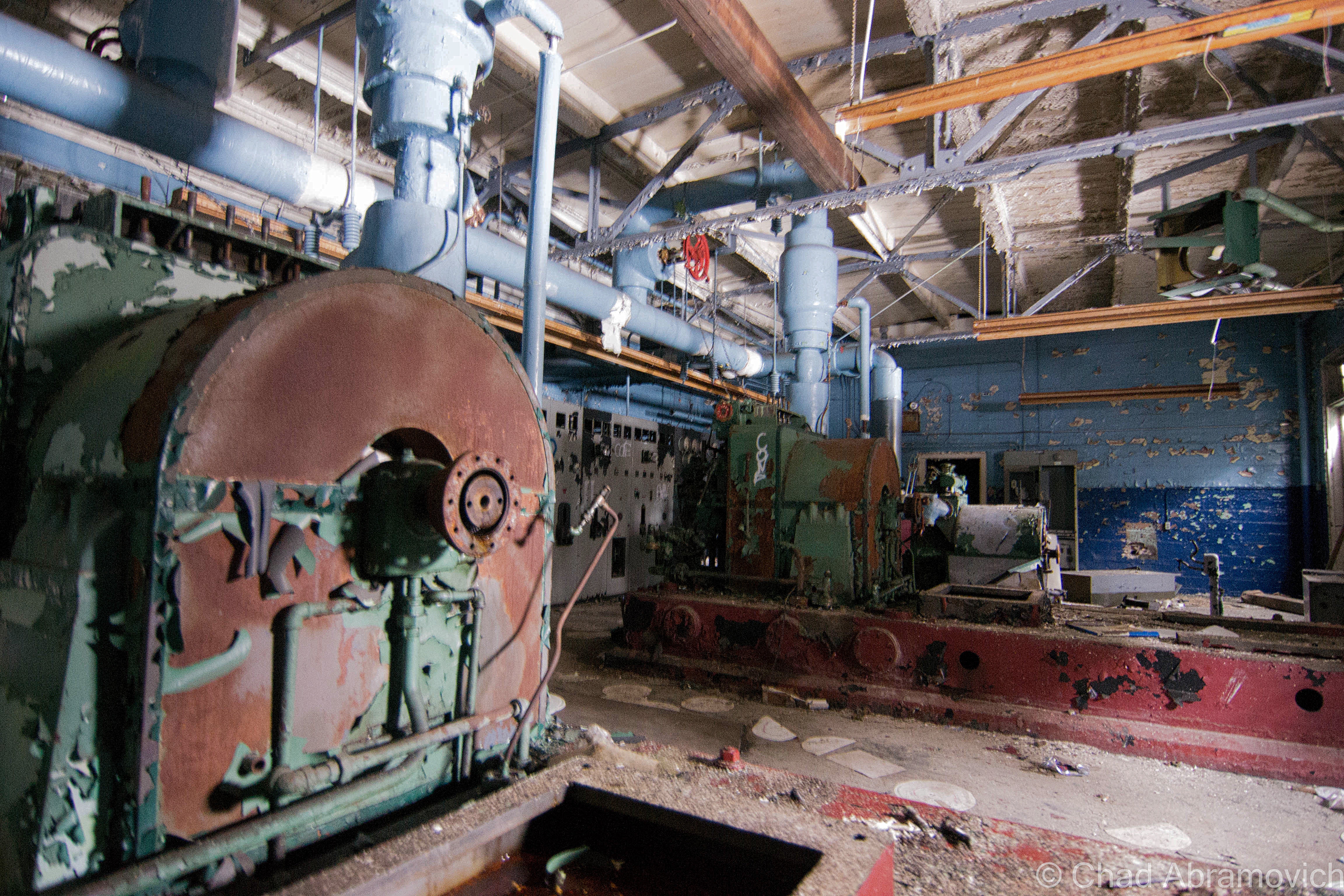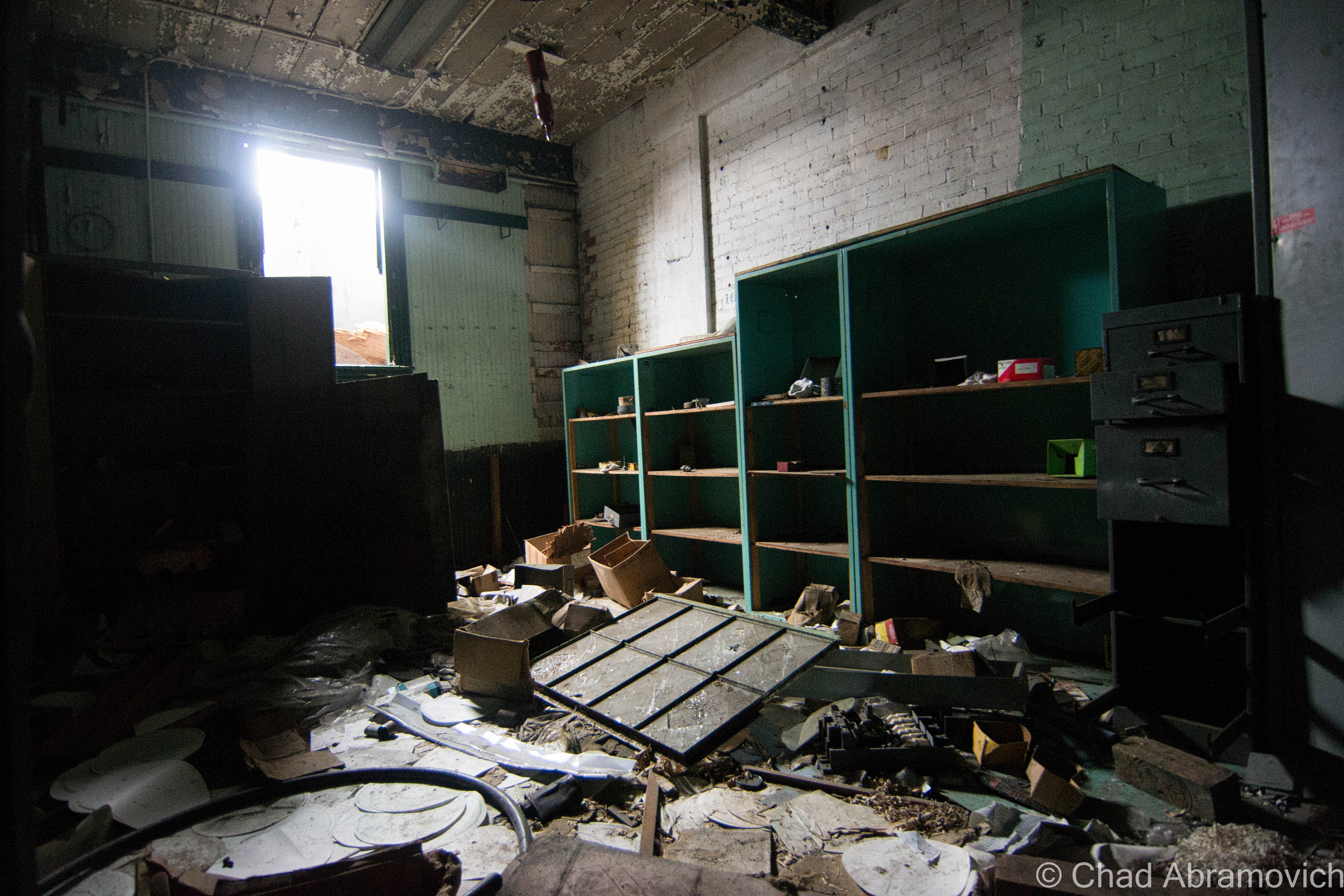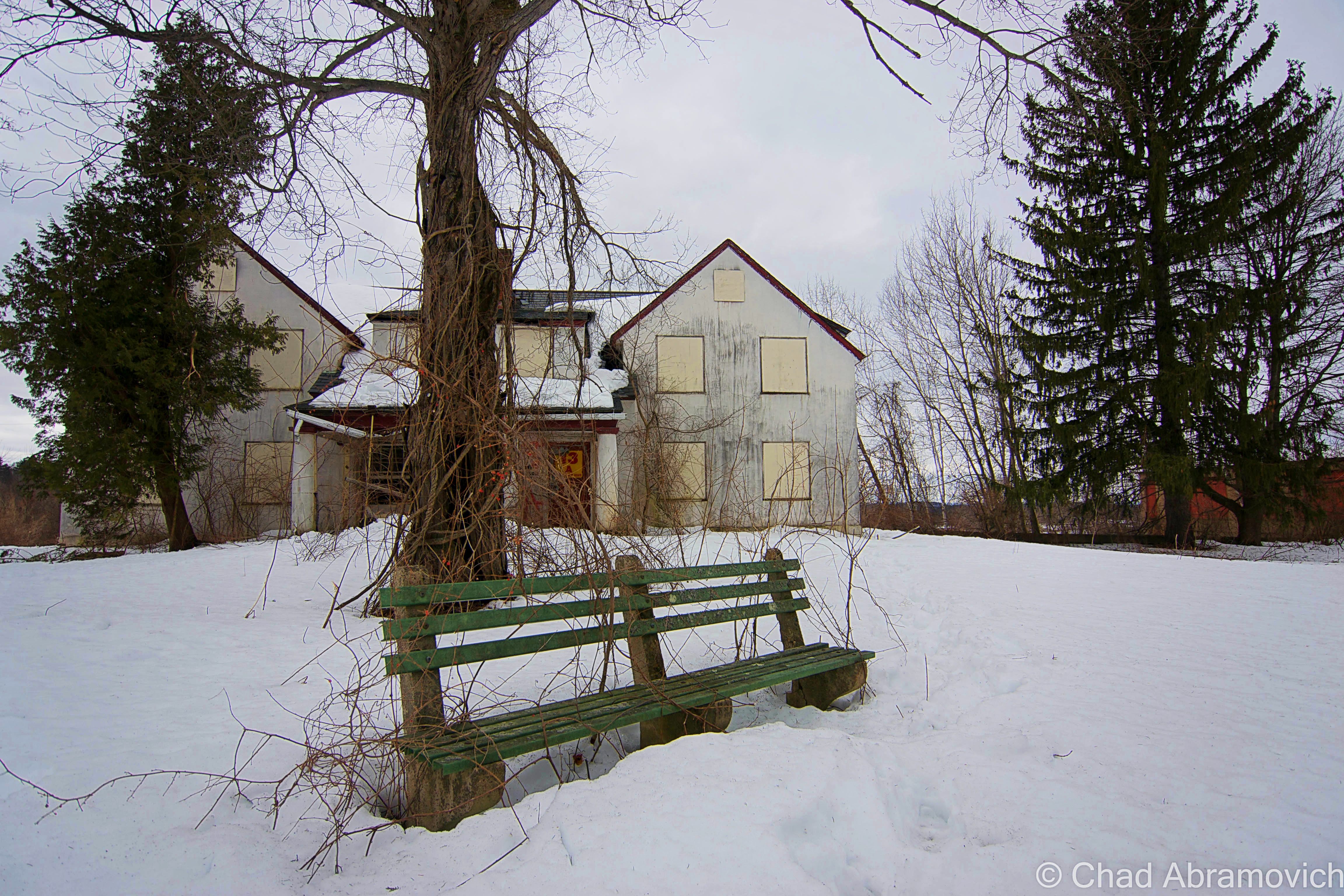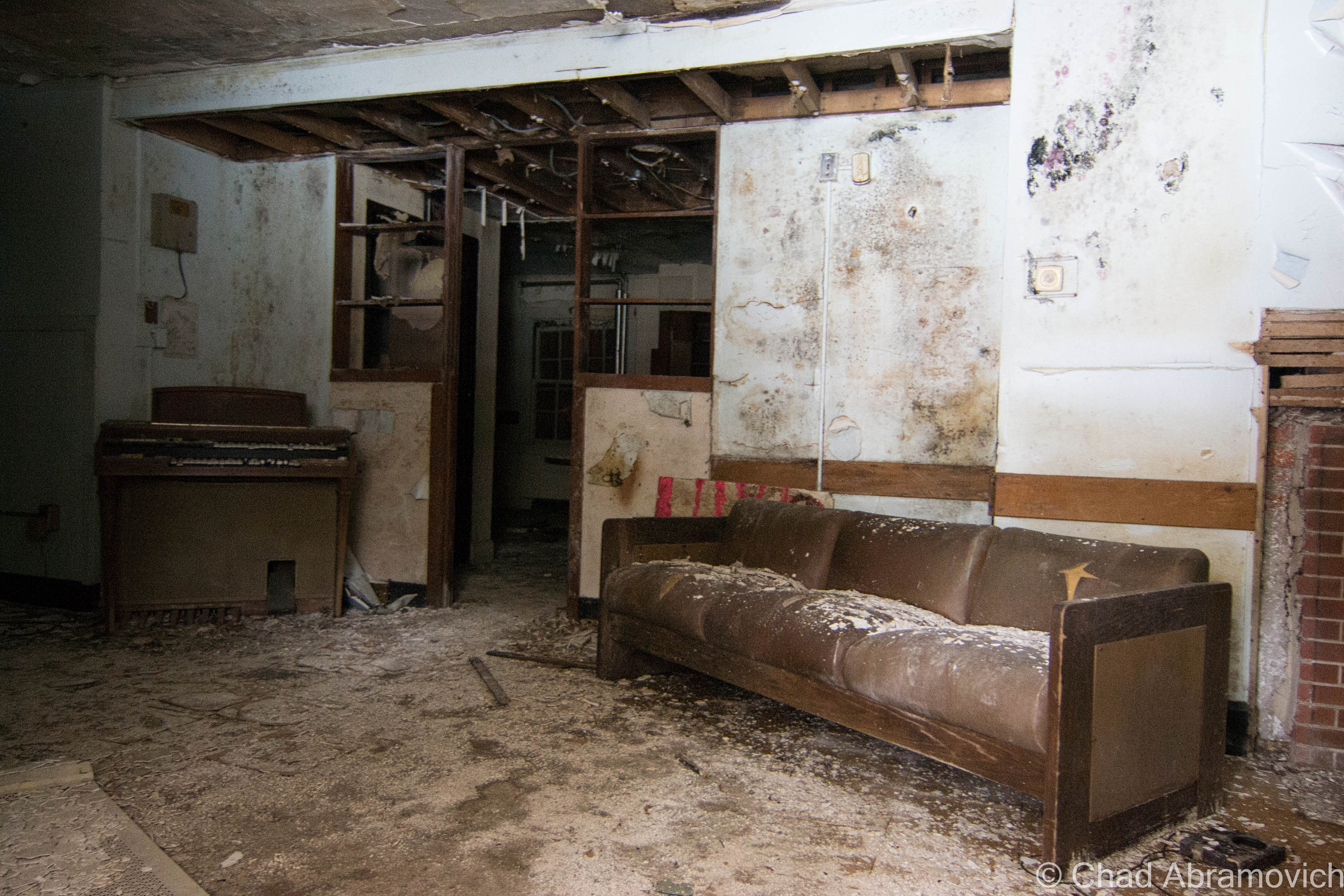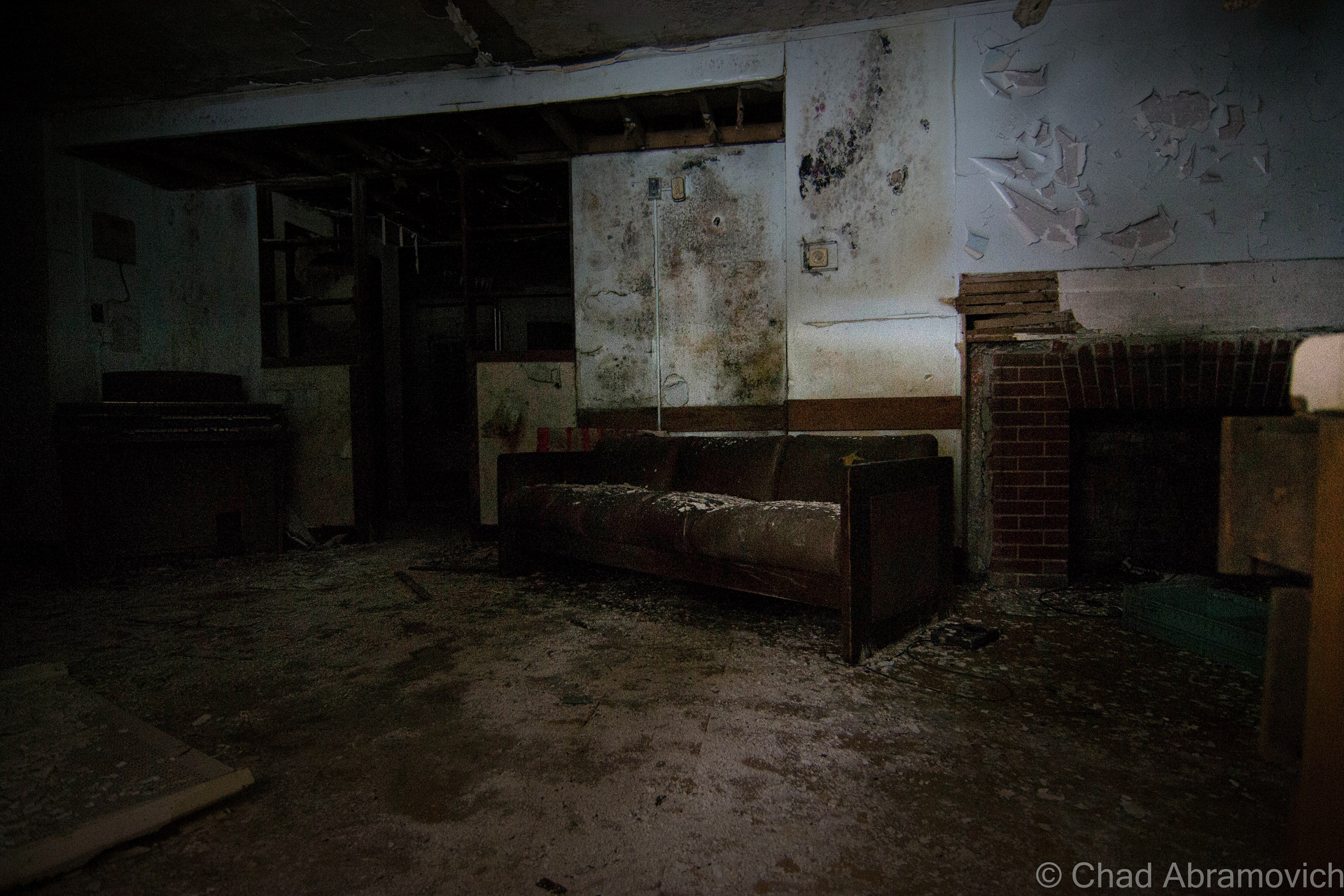Around the turn of the 20th century, there was a changing attitude on mental illness, and that created state schools. Though it’s considered a school by name, that’s a misnomer. No forms of education were carried out here, this was a warehousing facility. It was built to house around 700 residents, but shortly after it opened, it far exceeded it’s capacity, topping out at around 1,500 between the ages of 1 and 18, all housed in 13 dorms.
State schools were essentially warehouses for “feeble minded children”, or children who were infirm or autistic that parents just didn’t know how to deal with. So, federal and state governments allocated tons of money for these facilities to be built, in the name of “progress” of how societies invalids were treated and supported.
Though these places were supposed to help these children grow to their potential in a safe and educated environment, the unfortunate charges who were sent to these places were most likely abused by overworked and untrained staff, lived in squalid, over crowded conditions and received no developmental services.
While many of these institutions were brought forward with virtuous intentions, social philosophies would soon change towards World War 2, when the American Eugenics Movement and Darwin’s theory of natural selection would become popularized and propelled by misguided politicians, scientists and physicians. These “schools” became laboratories, and the unfortunate inmates would become test subjects, because once you were locked away in these sort of places, it was easy to carry out these sort of ghastly things that says a lot more about the human race than I’m comfortable with, without the general public getting word of it.
This undisclosed 876 acre state school was constructed in 1922 to serve these troubled youth, and would expand to 50 buildings. While many institutions before this one were centered around magnificent Kirkbrides, times had changed, and this facility was streamlined, focusing more on functionality in the form of duplicate buildings in a colonial brick style with white trim, which were pretty admittedly pretty drab.
The usual suspects – overcrowding and understaffing, lead to the campus to sink into deplorable conditions. Because employee responsibilities were stretched so far, treatment of the those in their care became atrocious. Many of the children were left unattended, and would wonder the halls, moaning, and covered in their own excrement. Others who were physically handicapped would be simply left restrained to their beds and forgotten, often for weeks. Sometimes, if a stubborn inmate was really unlucky, all their teeth would be removed to make feeding them easier, especially force feeding. If they weren’t neglected, many staff members would physically beat them to keep them under control, or worse, because they felt like it. If this wasn’t bad enough, the buildings were deteriorating because of neglect and no funding to maintain them, and eventually, that lead to a vermin infestation.
Though this article wasn’t written about this particular psychiatric facility, it miserably details a personal experience living in one of these state institutions by a former patient.
Conditions and life here were unknown to the outside world, until 1971, when the father of a patient filed a class-action lawsuit against the school, claiming that its young residents were not only the victims of sexual abuse, but were also living in horrific conditions. He wrote of abhorrent things like; “maggots wriggling inside or crawling out of the infected ears of several helpless, profoundly retarded persons while they lay in their crib-beds.” Investigations began making their way in, as public outrage exploded.
Rampart lawsuits and scandals in the later half of the 20th century began the slow process of these snake pits shutting down, and becoming abandoned, as people began to get an idea of what life was really like in these campuses. The fate of this hospital sadly followed many in the United States, and the stuff that was brought to the surface is horrible.
But despite these disturbing discoveries, this school awkwardly hobbled along, sinking further into a spiral of decline until all operations officially ceased in 1992 – almost 2 decades later, leaving a maze of rotting wards and tunnels behind.
A Winter Visit
I heard the end was coming. Asbestos abatement had began in a few buildings, and plans had been announced to slowly begin demolition on the school. I didn’t have to sneak around much. Though the entire property was covered in snow drifts that often came up to knee deep levels and filled my boots, the attitude here was relaxed. Other photographers meandered their way around various buildings, and a few people were walking their dogs.
A majority of the buildings were sealed up, but a good amount had their doors torn open, and security was nowhere to be seen. Many of the buildings were boarded up and were pitch black. If it wasn’t for the wintery cold, the mold and asbestos inside would have probably been insufferable. Others had entire sections which had completely collapsed.
Though there was much to see, most of the buildings were void of anything of interest. The auditorium was by far the most splendid place to explore, and also the most dangerous. The overcast and bleak landscape made the cavernous interior more sad and dreary that day. The entire building was coated in a dangerous layer of ice, so moving around the collapsing structure had to be done carefully and methodically. Some of the wooden floors were more soggy than I felt comfortable with trusting, and every staircase was coated so thickly with ice that I had almost debated not taking the risk climbing them. I was already exploring an abandoned hospital, I didn’t need to visit a real one! But I took the risk, and I’m glad I did. The floor plan kept continuing, and became a bit of a maze as more hallways and staircases kept revealing themselves.
Below the rotting auditorium was one of the better finds, the old gymnasium, a spacious area outfitted in grungy yellow hospital tile that was coated with mold and rot. The basement area consisted of two levels, and it was inky black. The lowest level was filled with knee deep water, with a layer of ice underneath, making passage treacherous. With the aid of our maglites, we made it into the gym. All I could hear was a roaring cacophony of dripping water raining down from the decaying abyss above our heads which ran down the back of our necks. It was so cold downstairs that I could see my breath in the beam of my flashlight. A friend of mine later told me that it wasn’t much different during the warmest months of the summer.
Another find worth photographing was the large cafeteria building far back, and the old power plant complete with dysfunctional and rusting machines sitting in dark spaces. The wooden floors in there were suspicious so I didn’t spend a great deal of time inside. Though I had arrived relatively early, I was surprised at how much time I spent shooting here, and now I was loosing daylight. Between that, and the effort it took to trudge through the snow, I was exhausted.
But I’m glad I got to see such a place, an epoch of human history and how far we’ve came, or maybe how far we still have yet to go. If the powers that be stick to their schedules, it should be luxury condos and mixed use space come next summer.
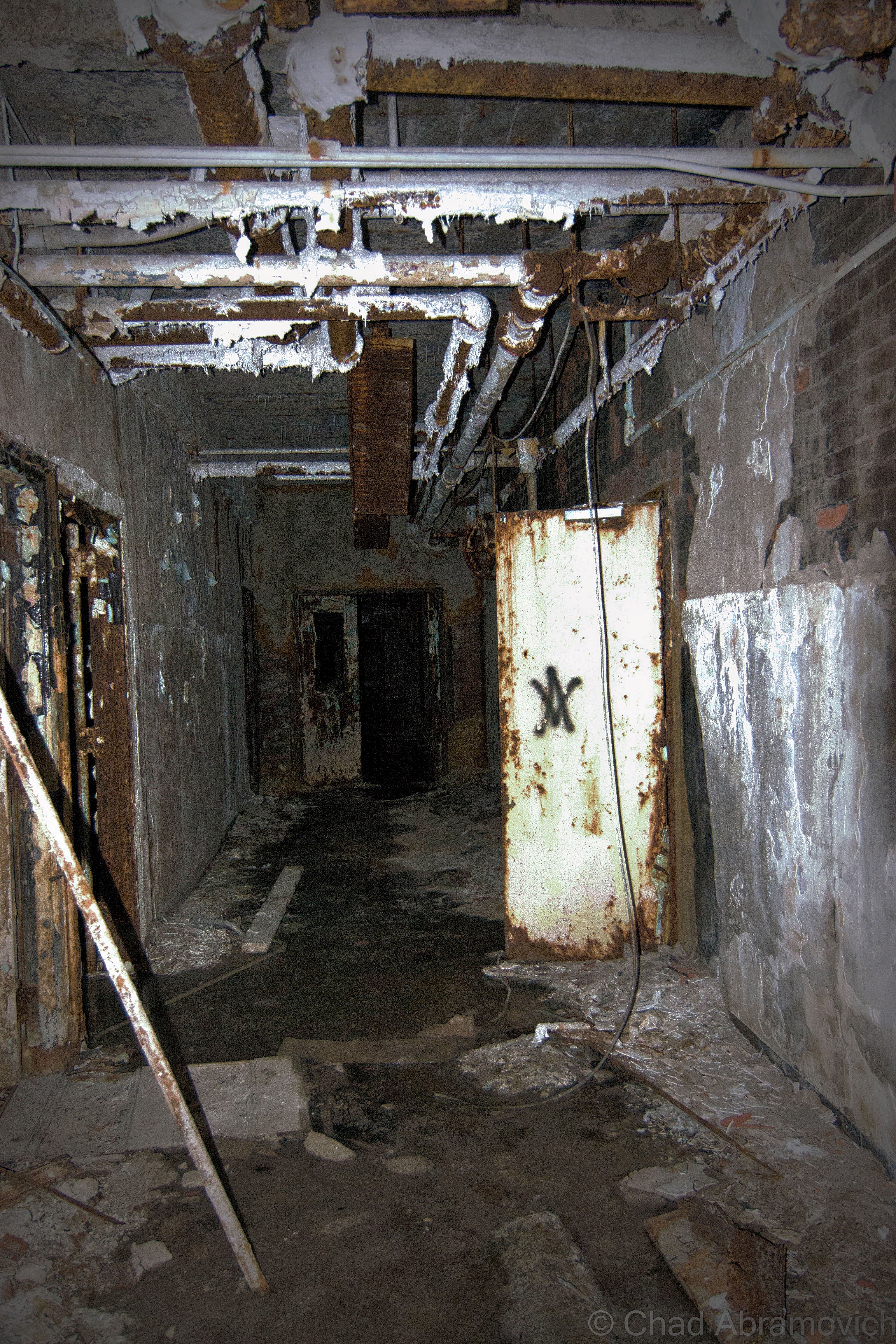
—————————————————————————————————————————————–
To all of my amazing fans and supporters, I am truly grateful and humbled by all of the support and donations through out the years that have kept Obscure Vermont up and running.
As you all know I spend countless hours researching, writing, and traveling to produce and sustain this blog. Obscure Vermont is funded entirely on generous donations that you the wonderful viewers and supporters have made. Expenses range from internet fees to host the blog, to investing in research materials, to traveling expenses. Also, donations help keep me current with my photography gear, computer, and computer software so that I can deliver the best quality possible.
If you value, appreciate, and enjoy reading about my adventures please consider making a donation to my new Gofundme account or Paypal. Any donation would not only be greatly appreciated and help keep this blog going, it would also keep me doing what I love. Thank you!
Gofundme: https://www.gofundme.com/b5jp97d4


